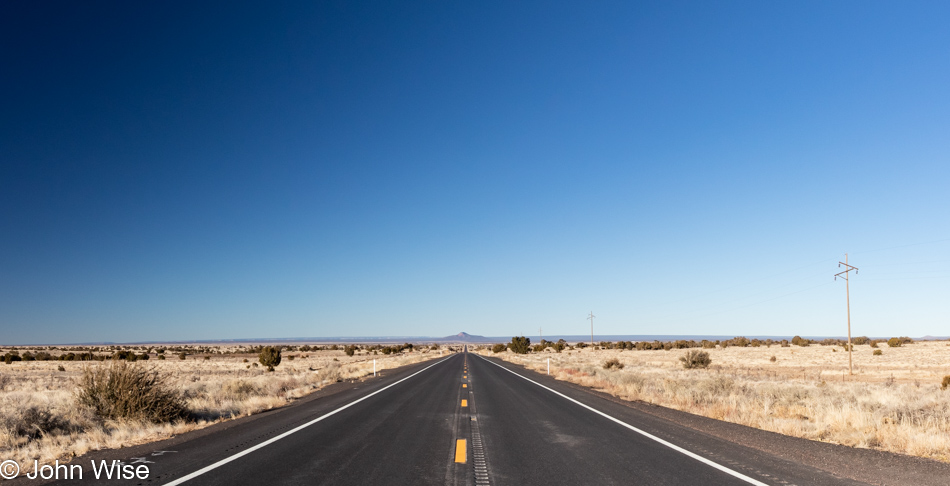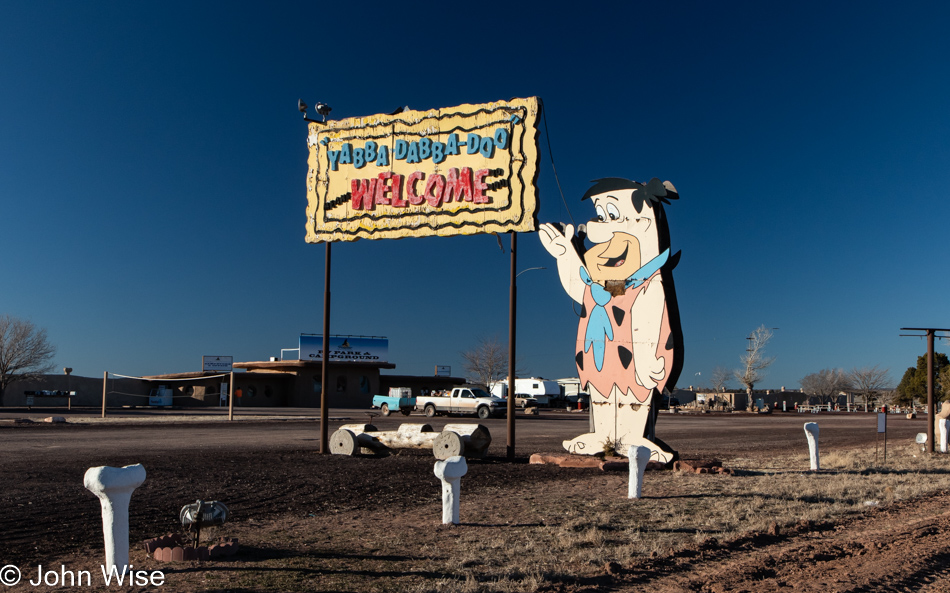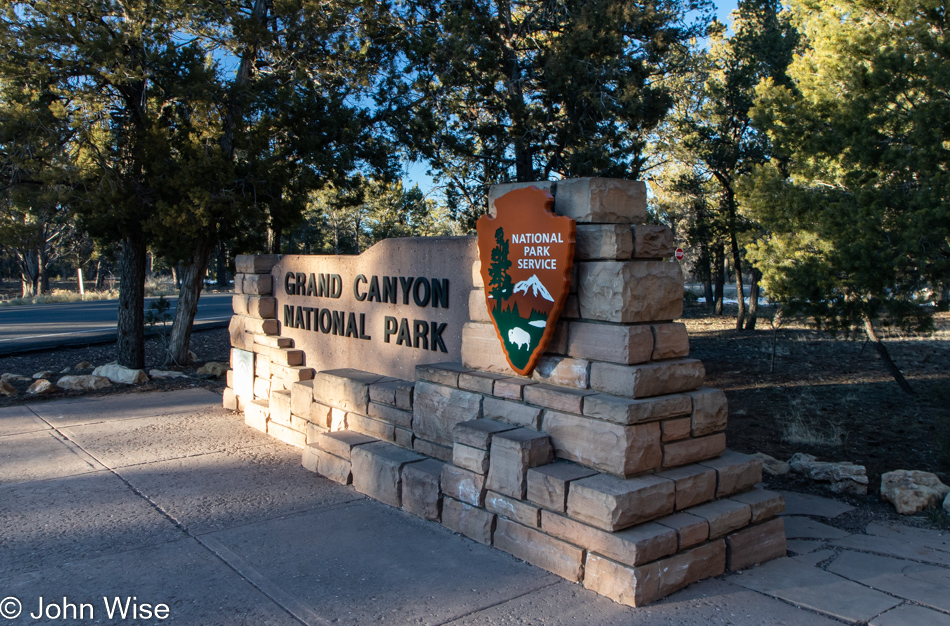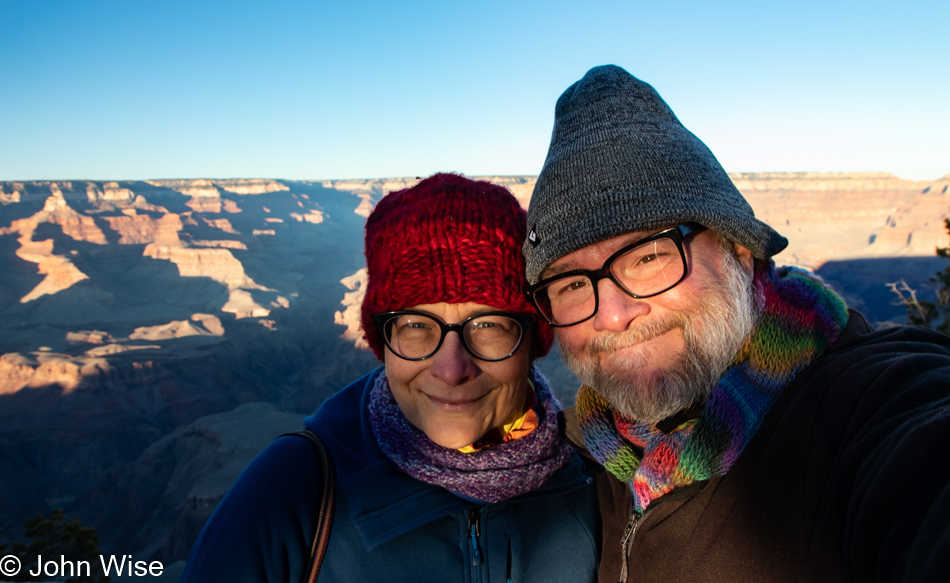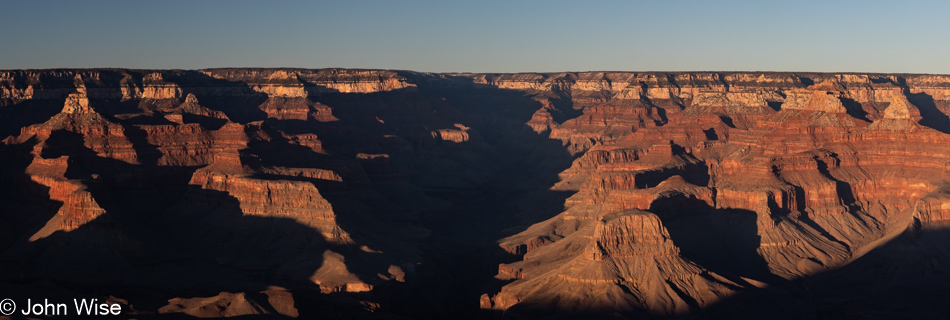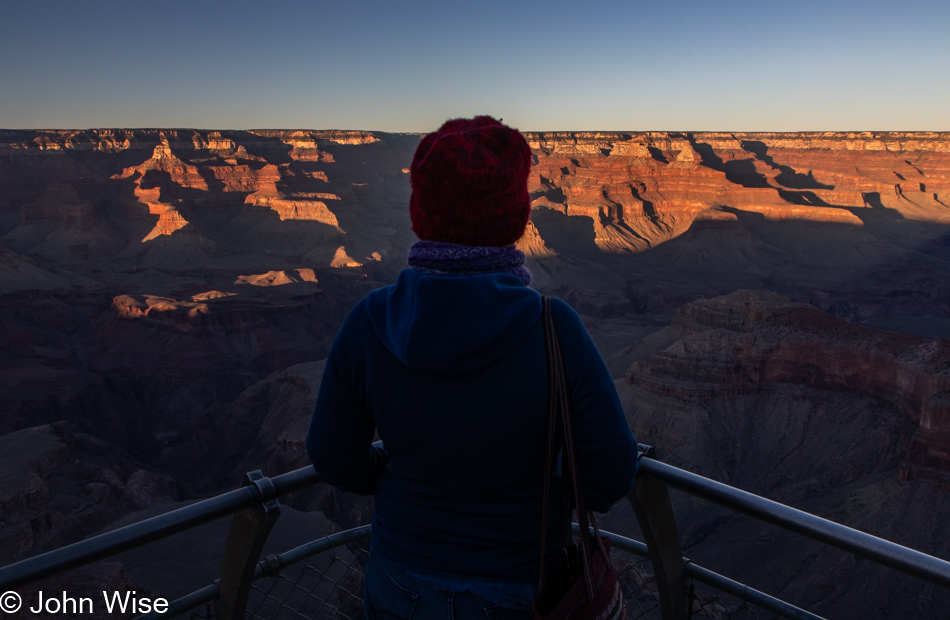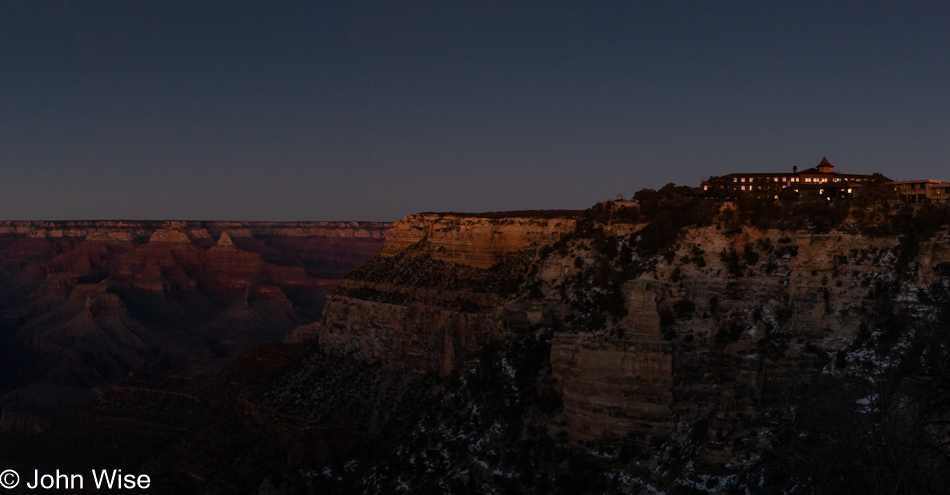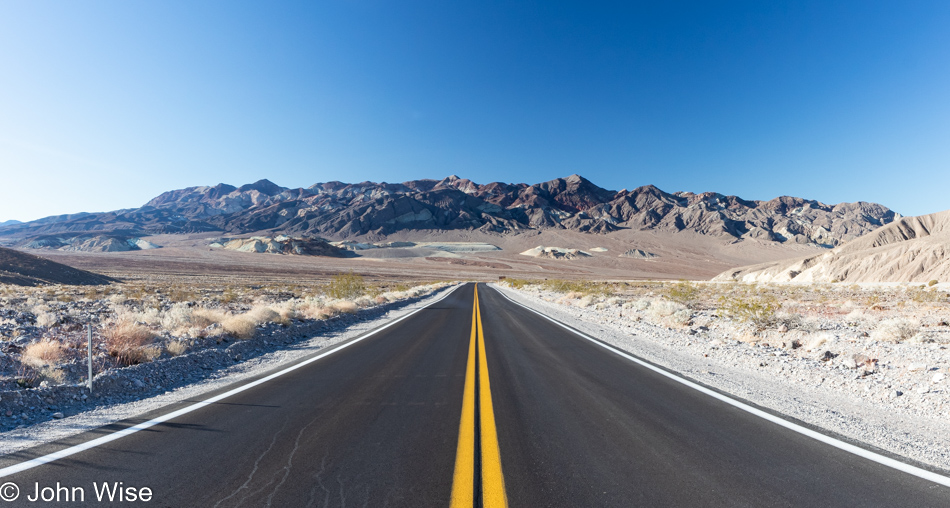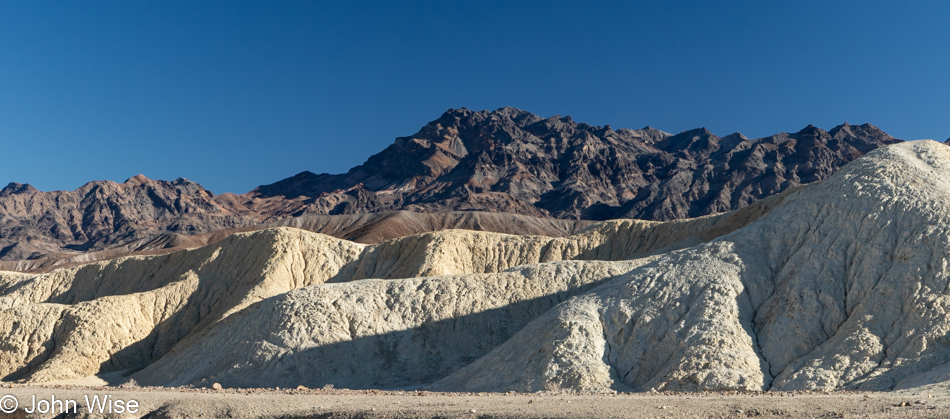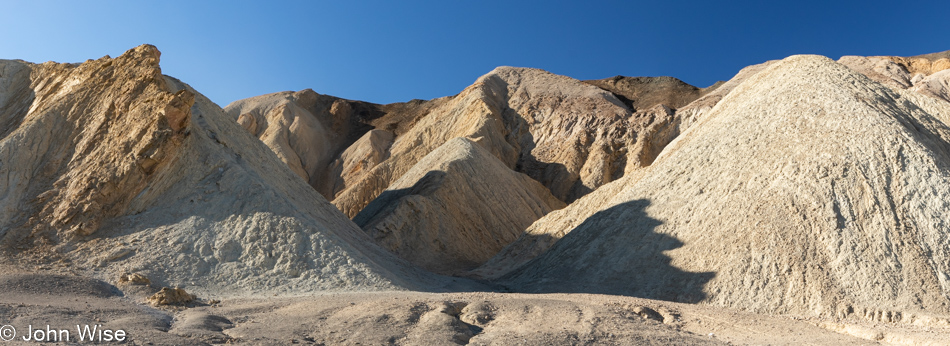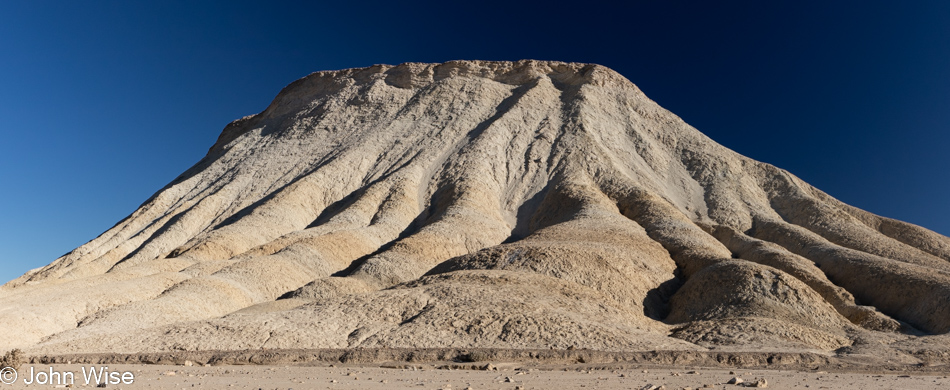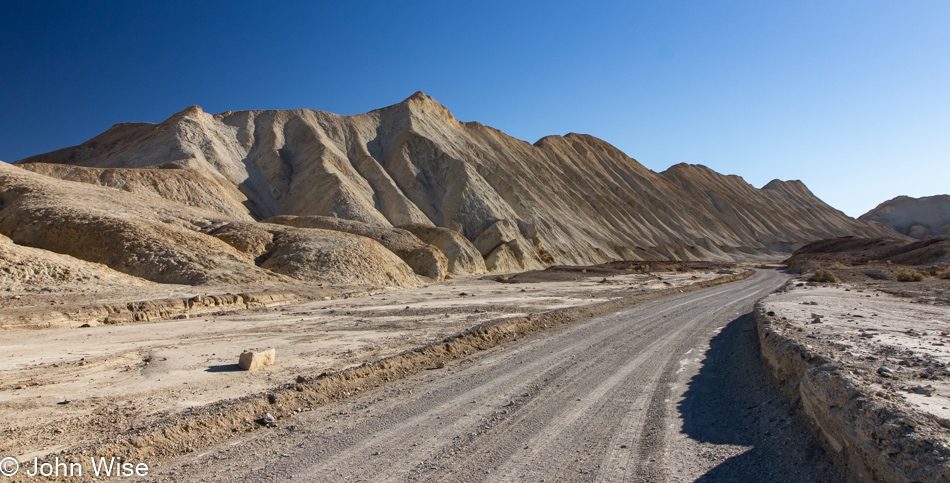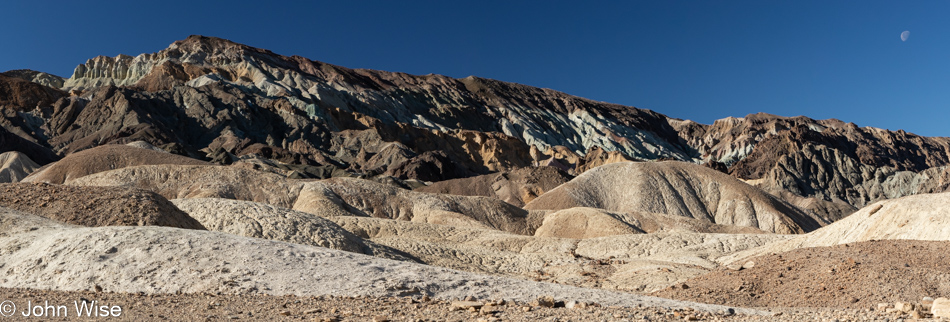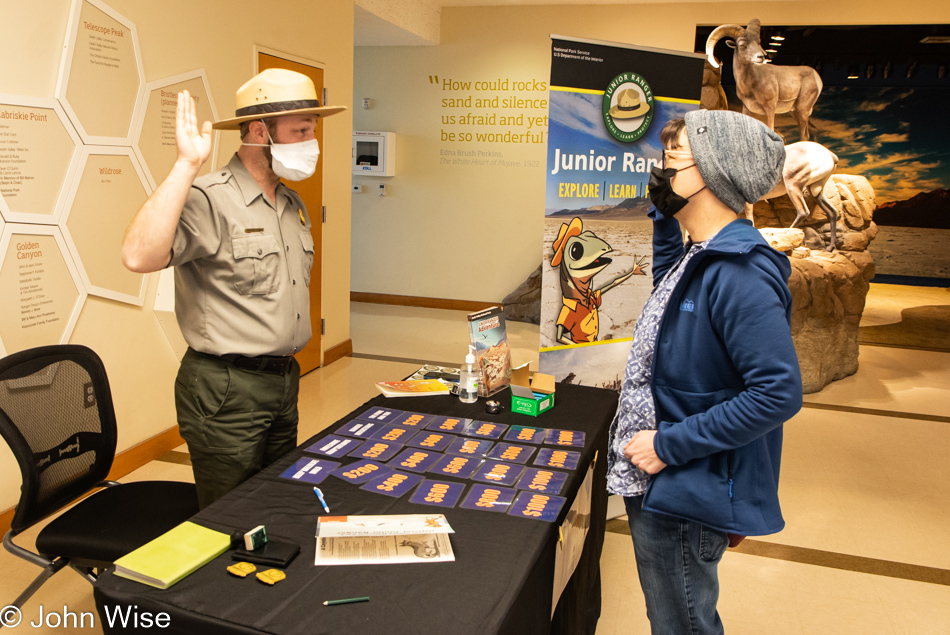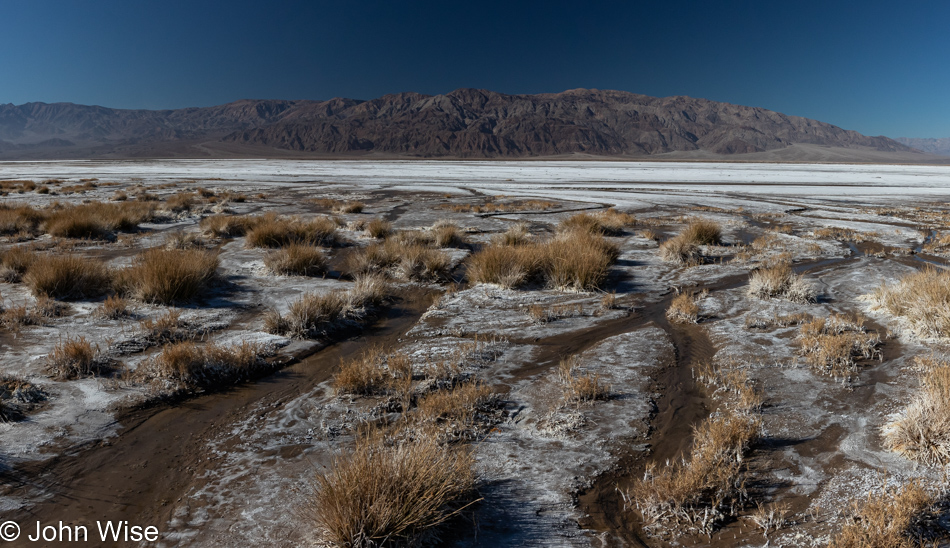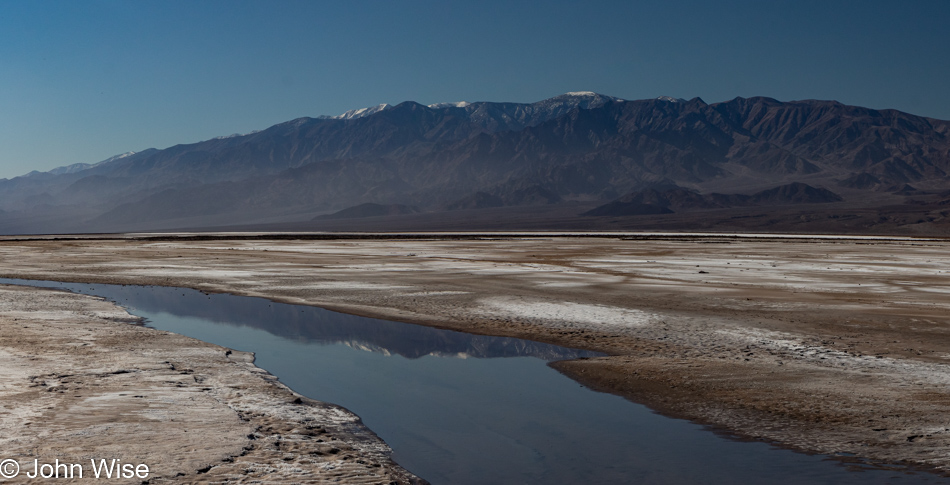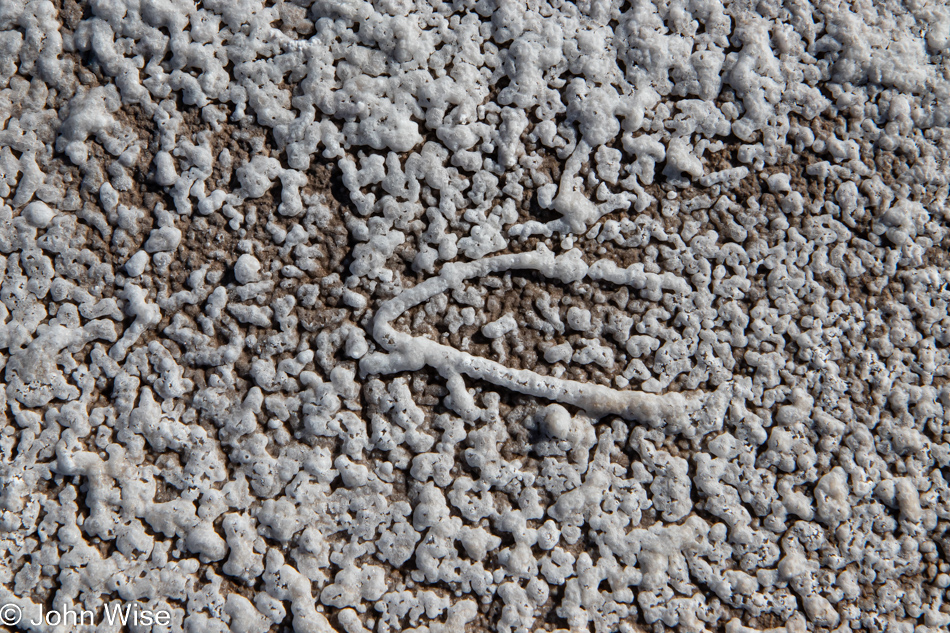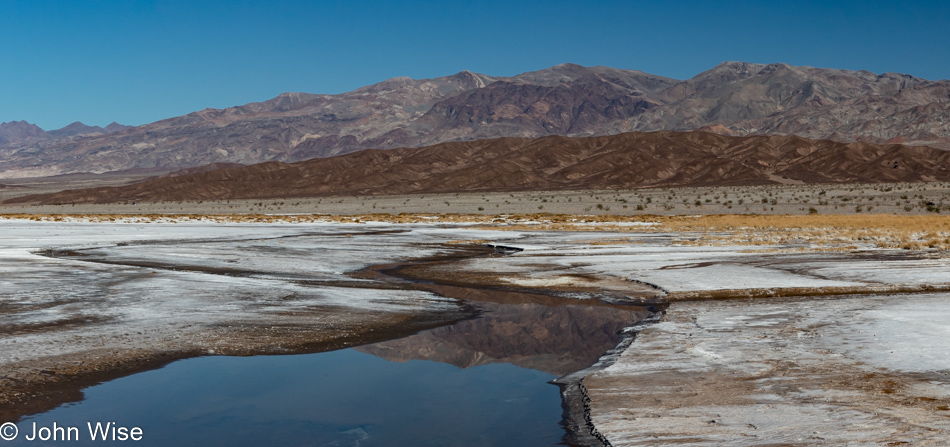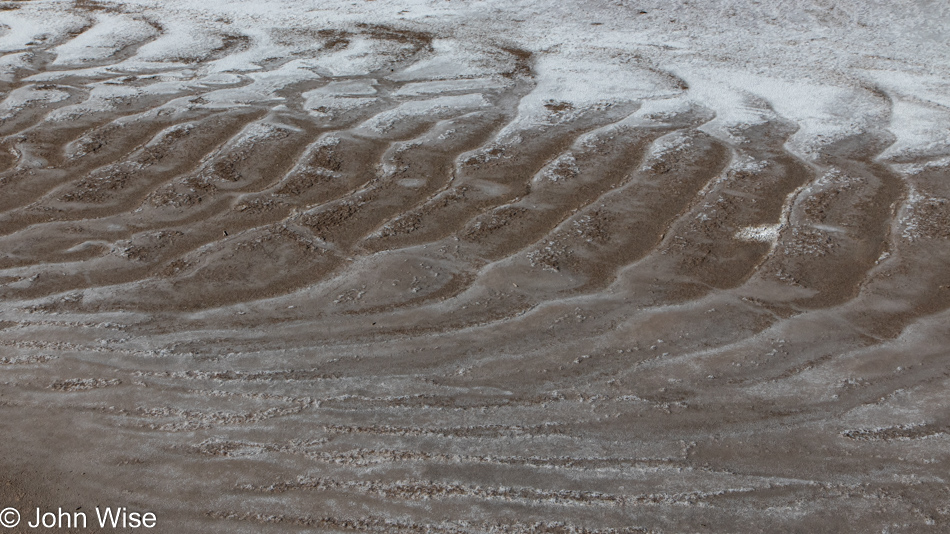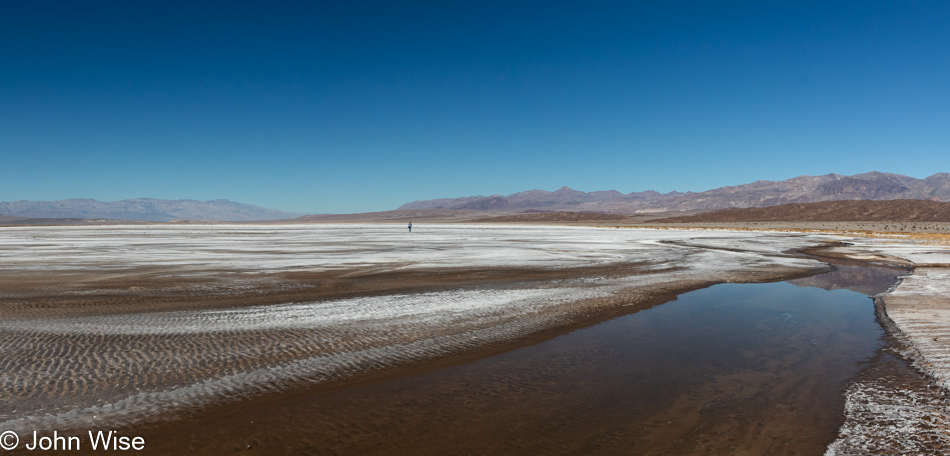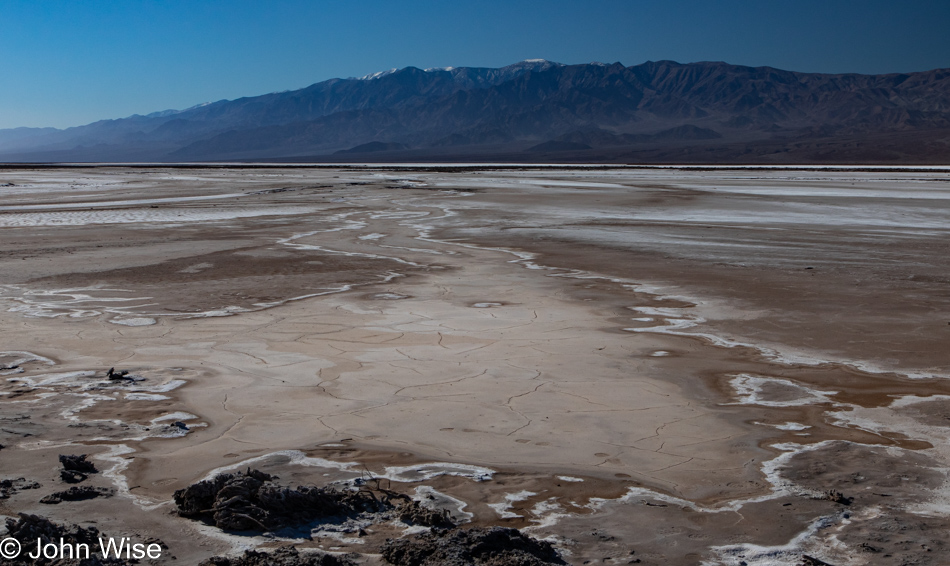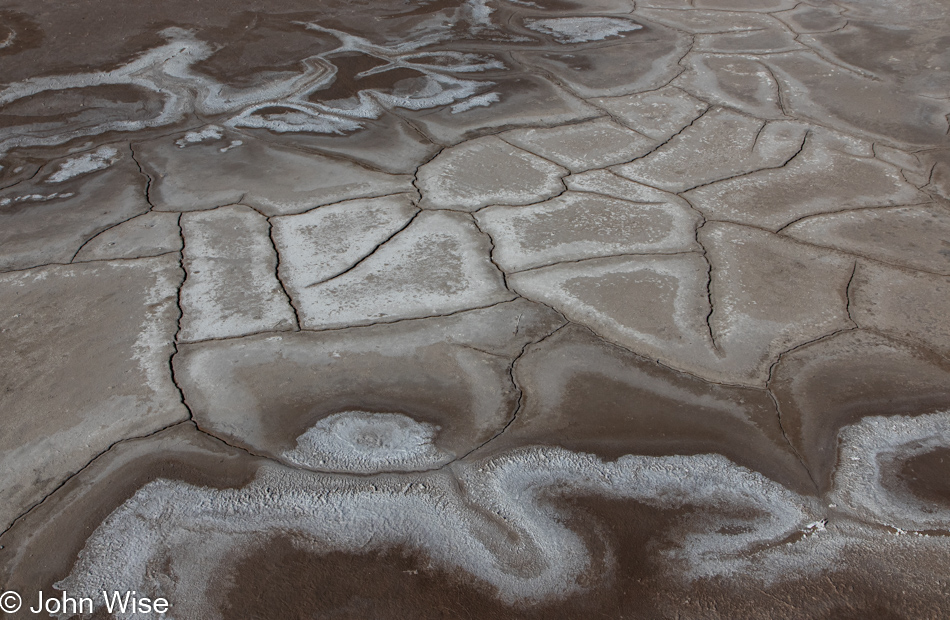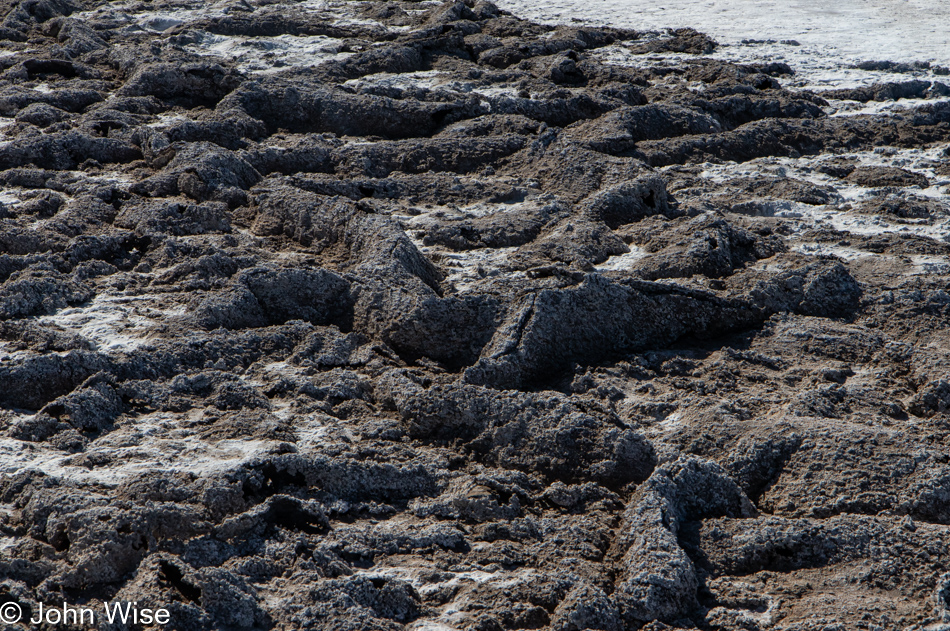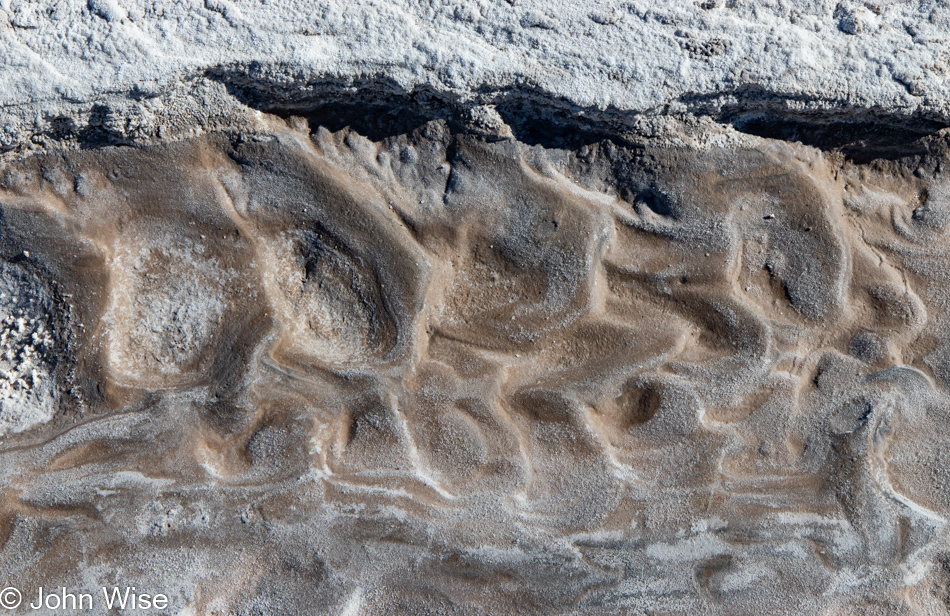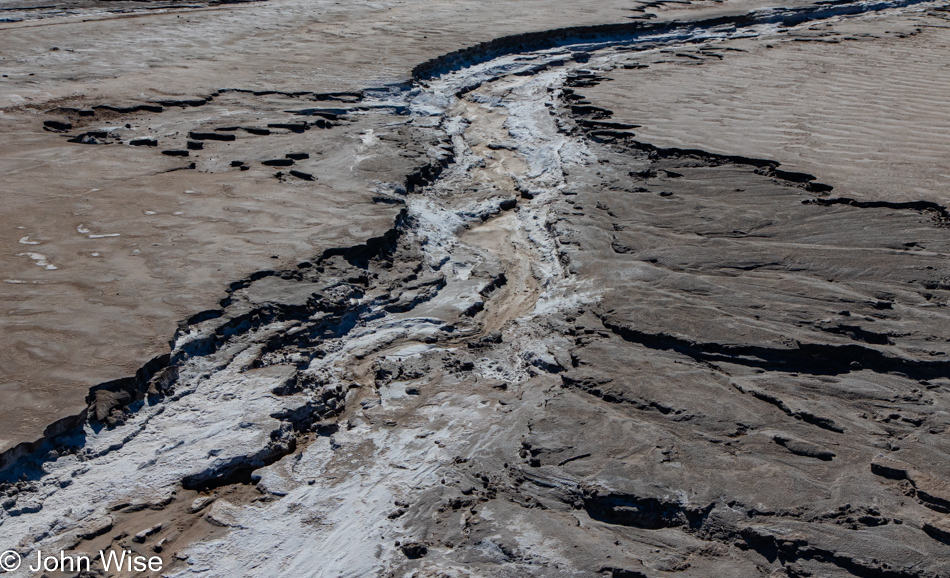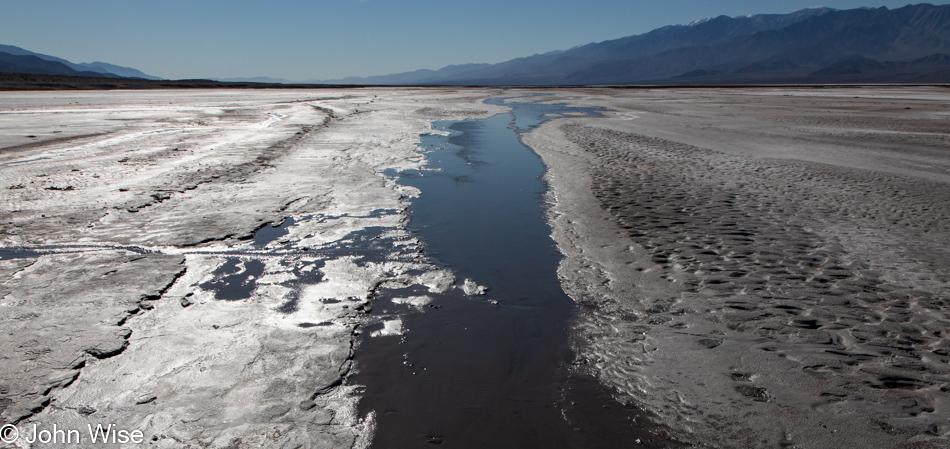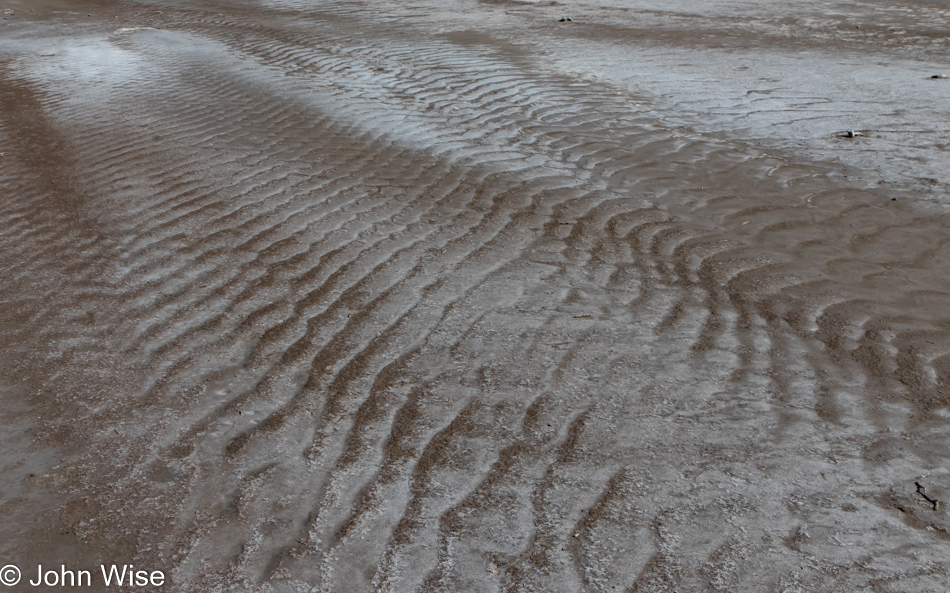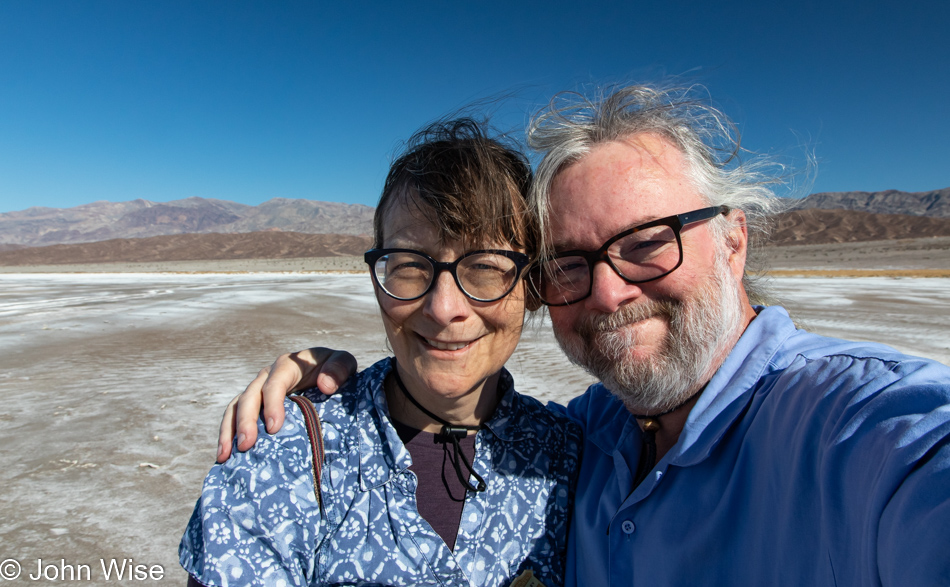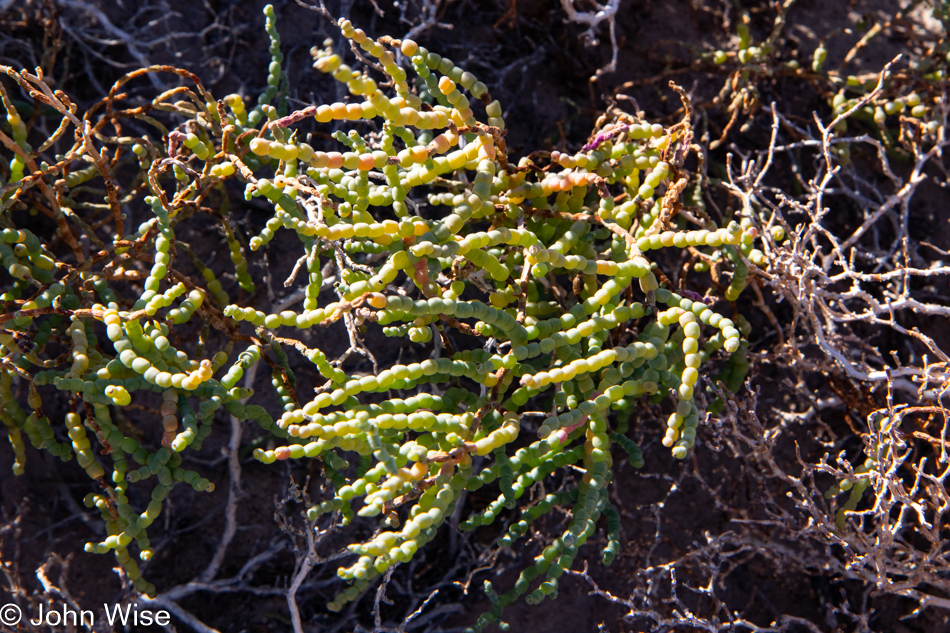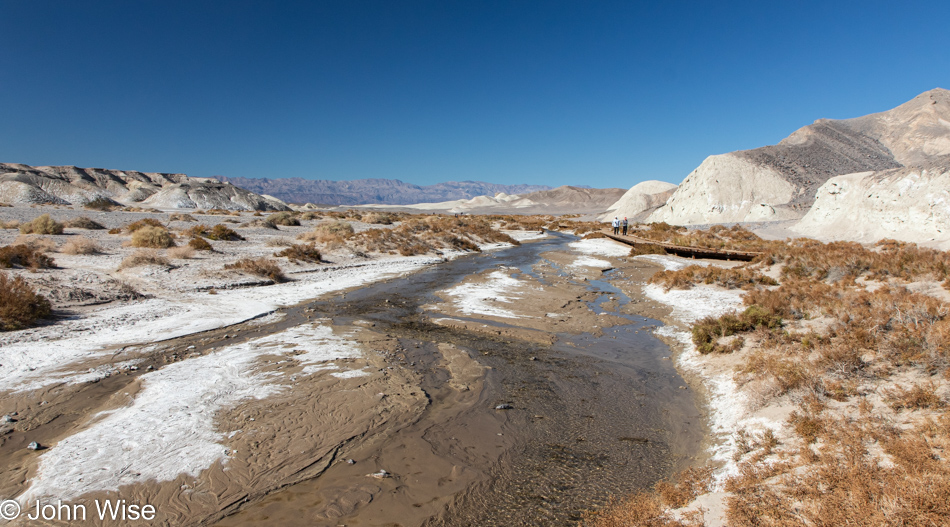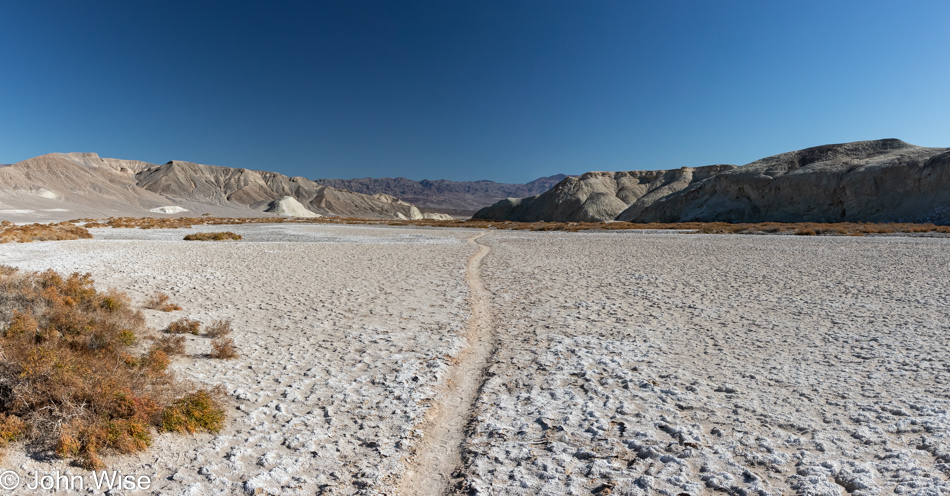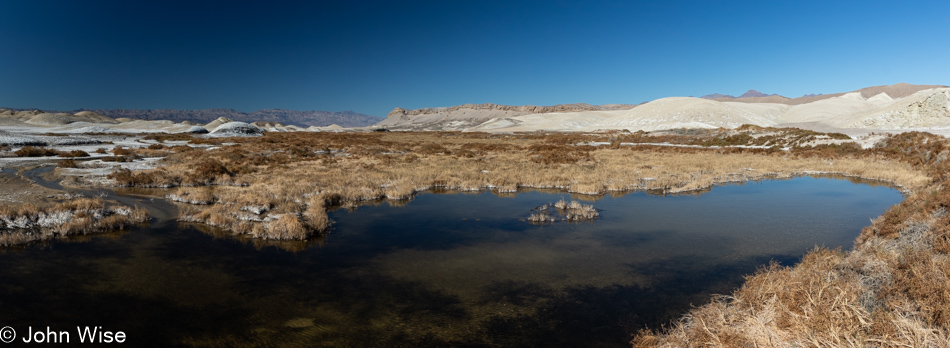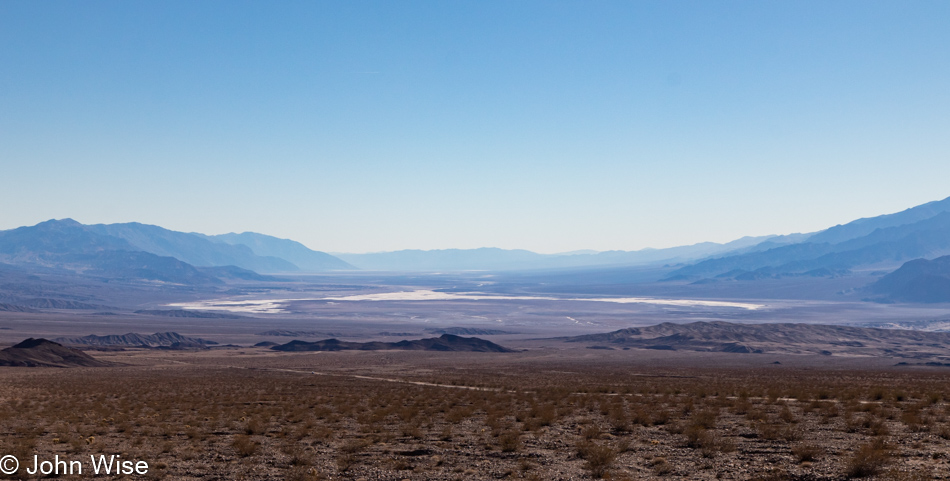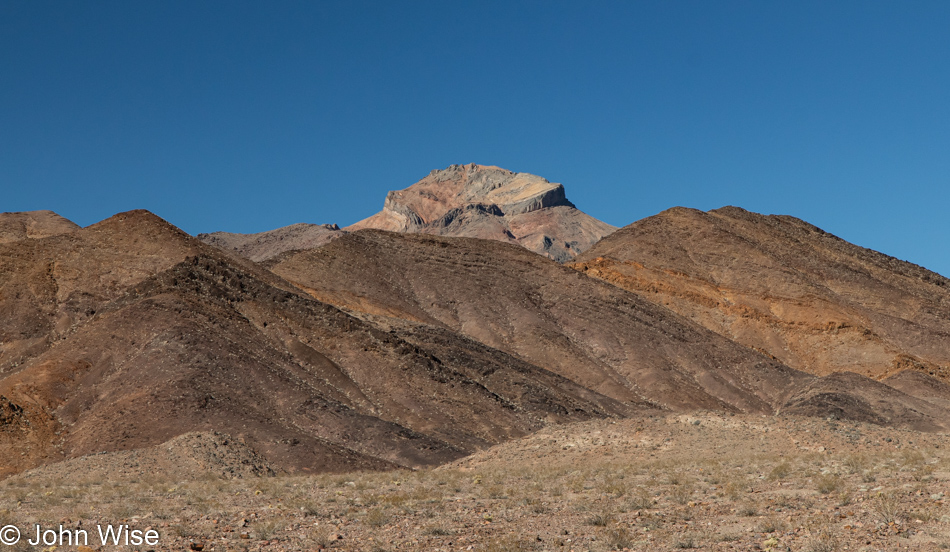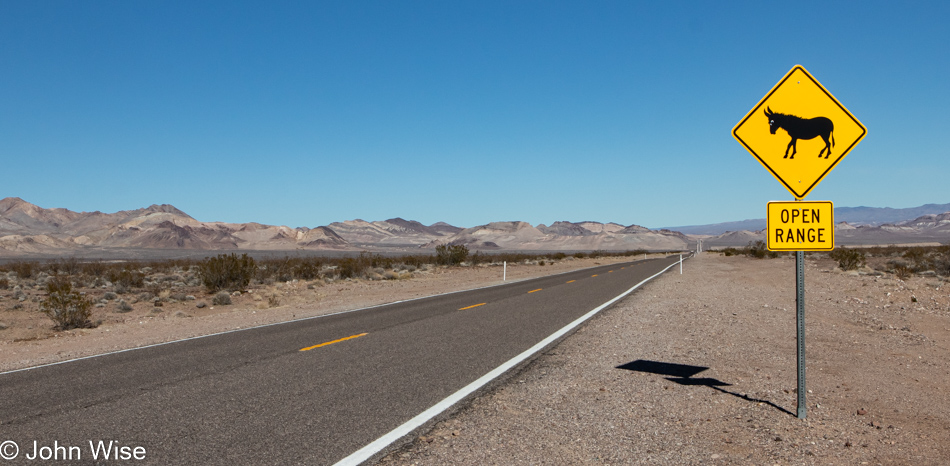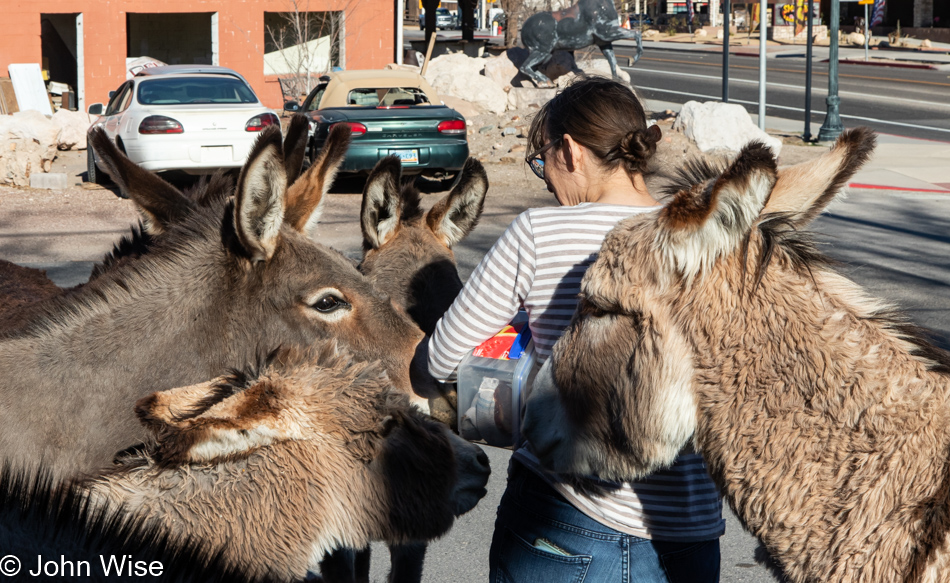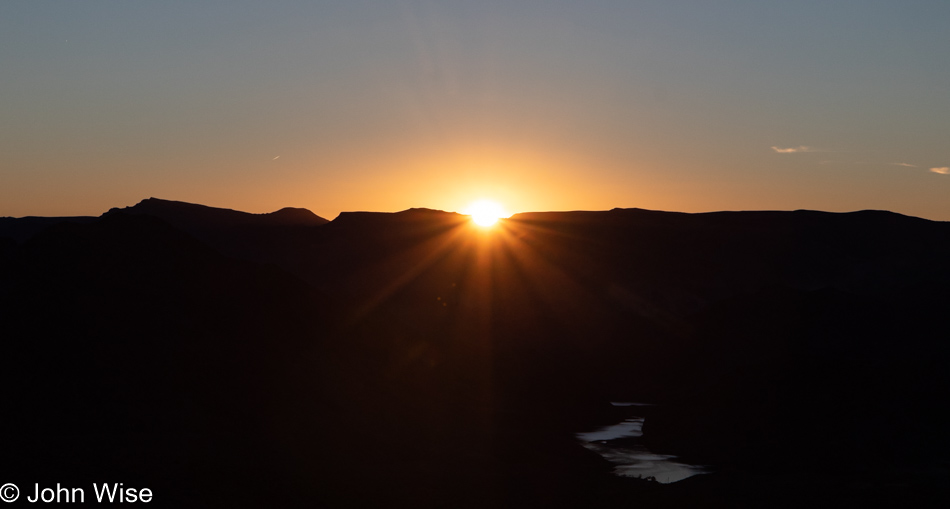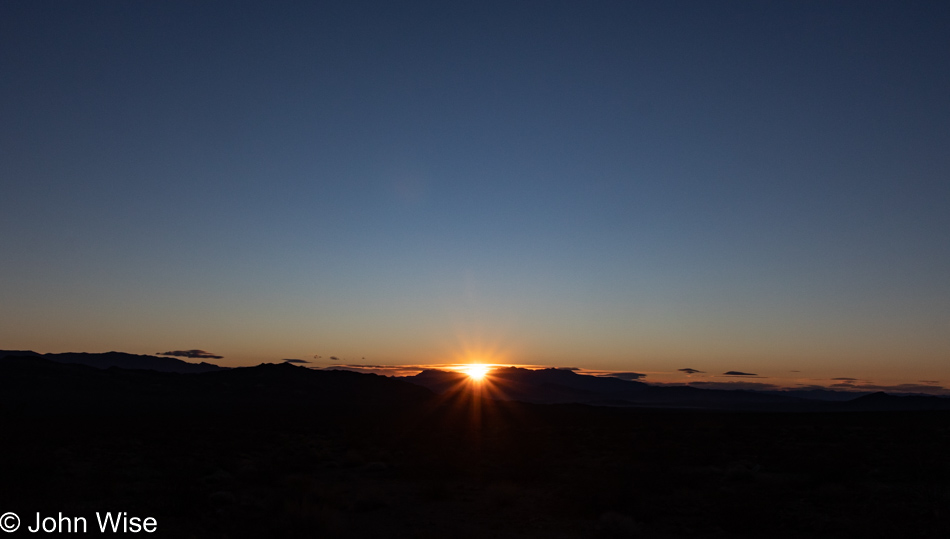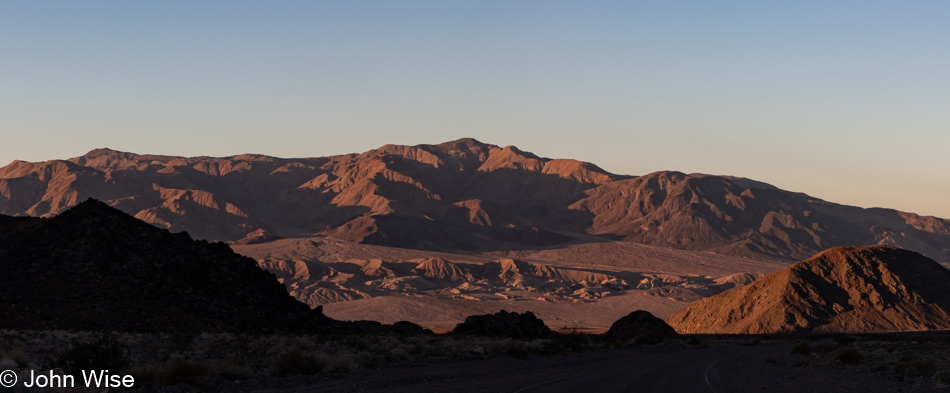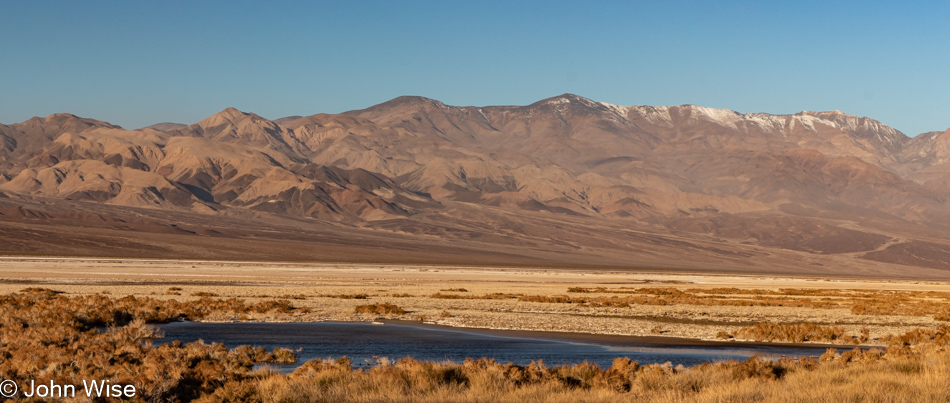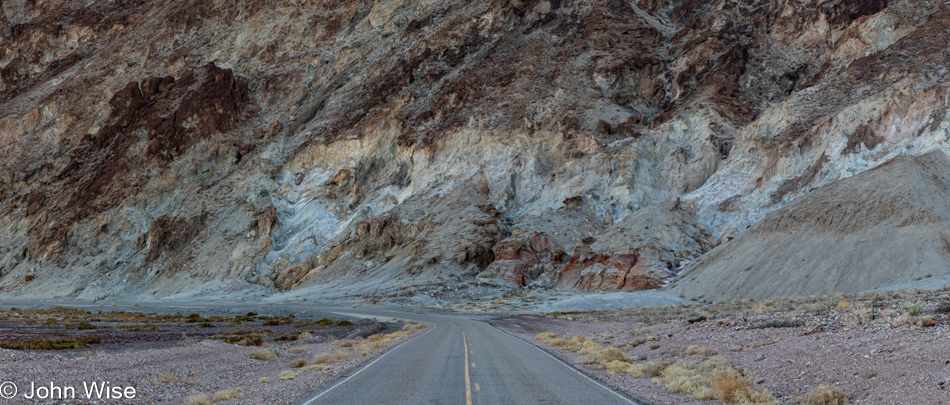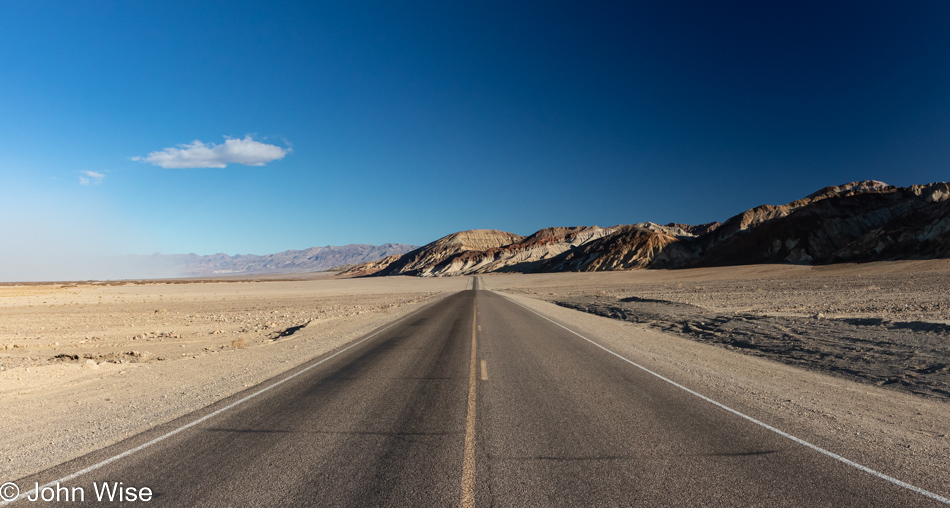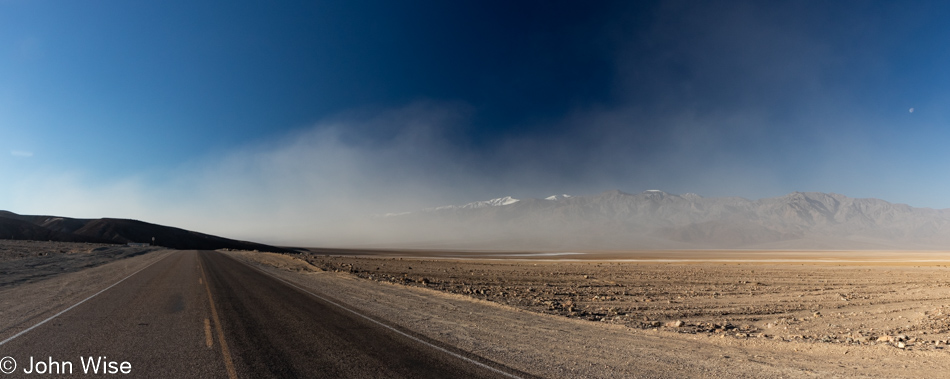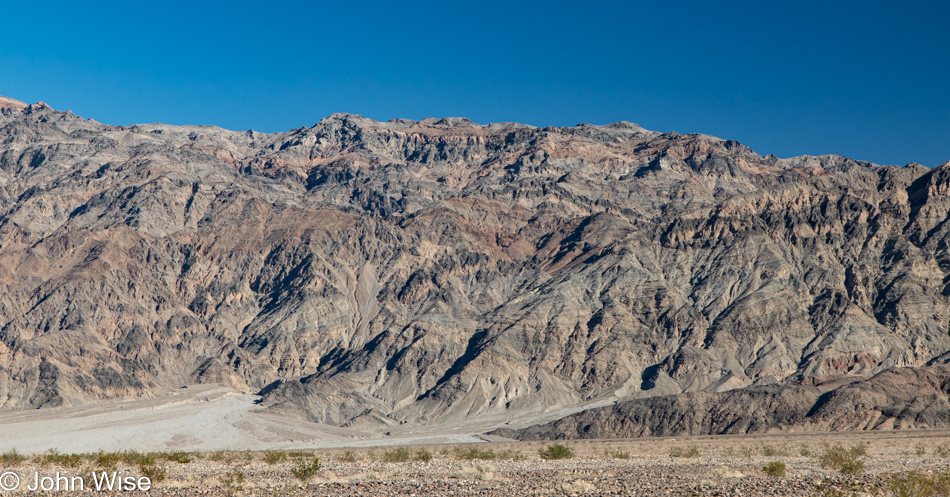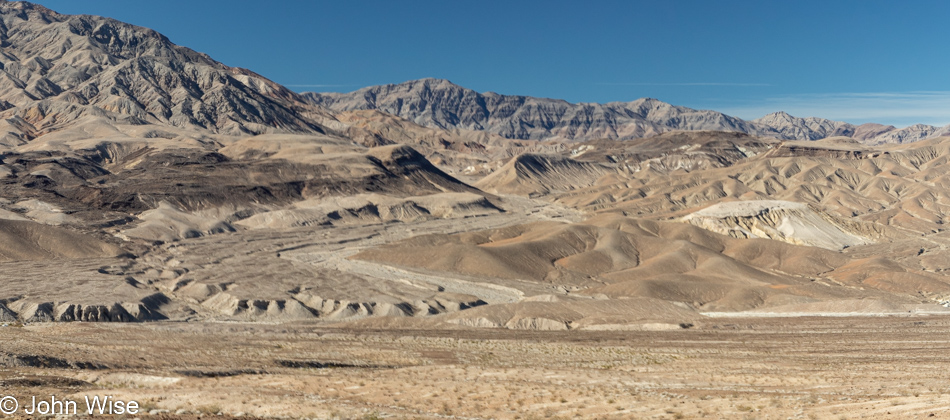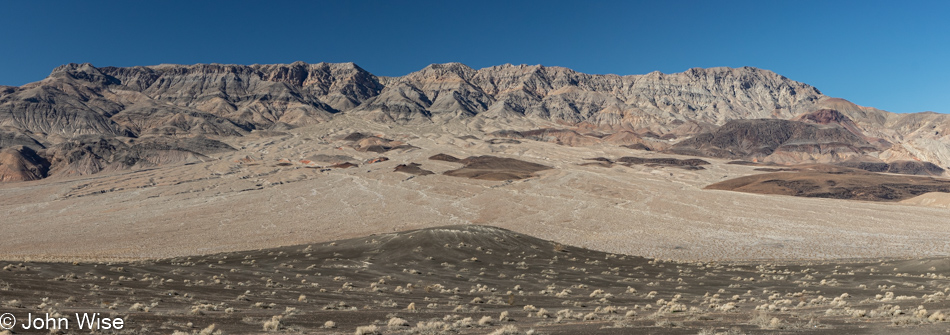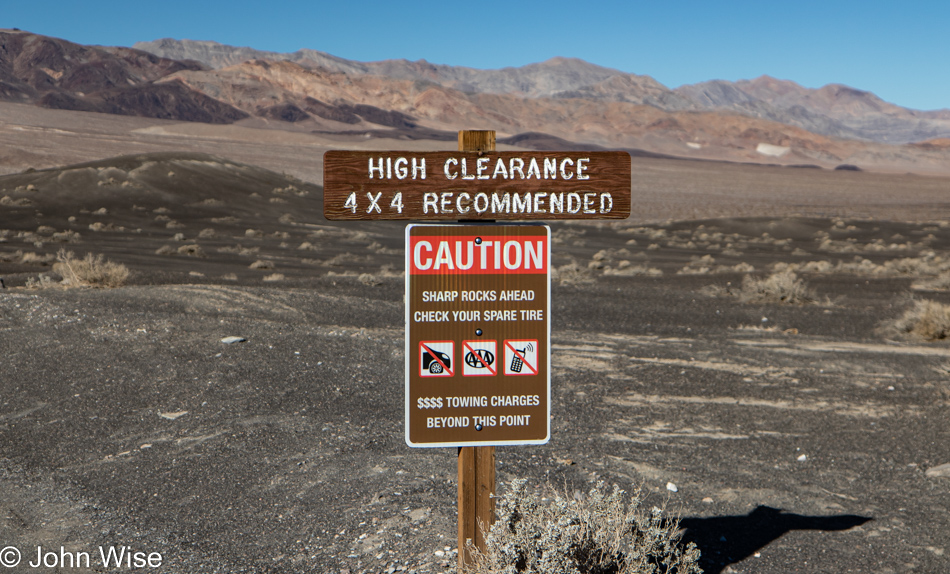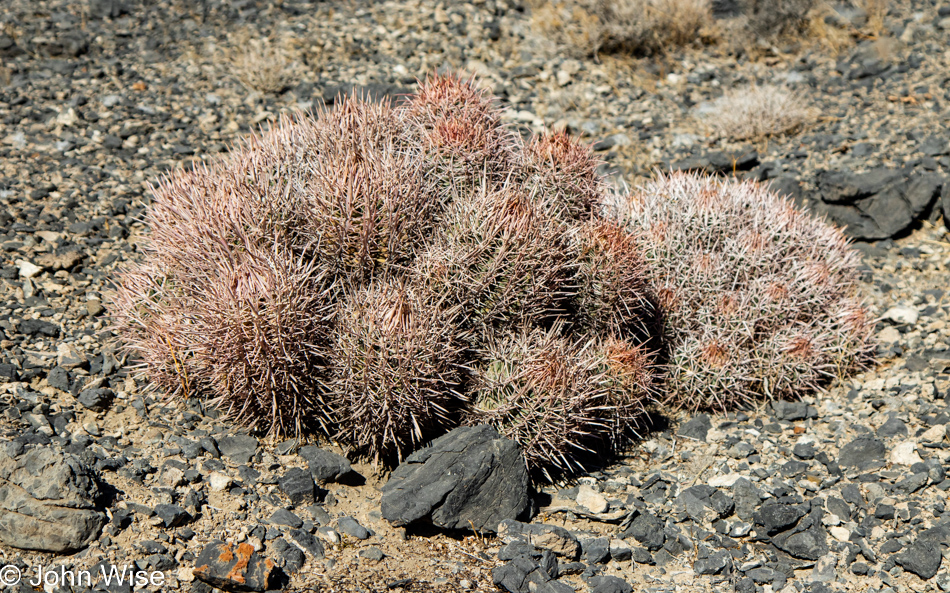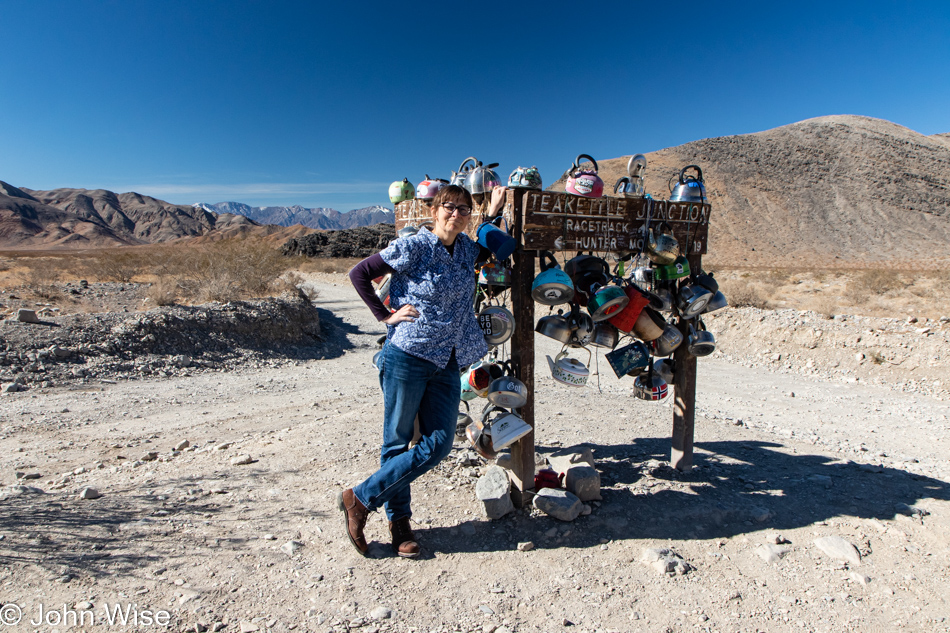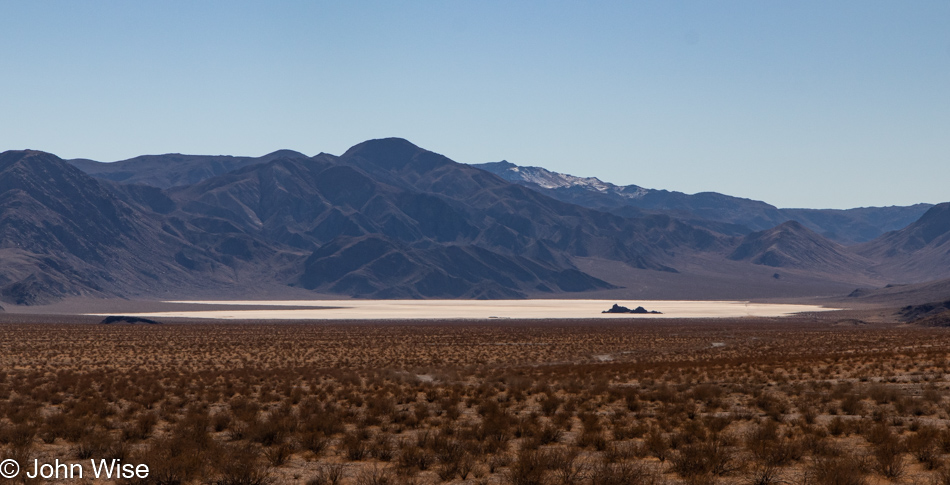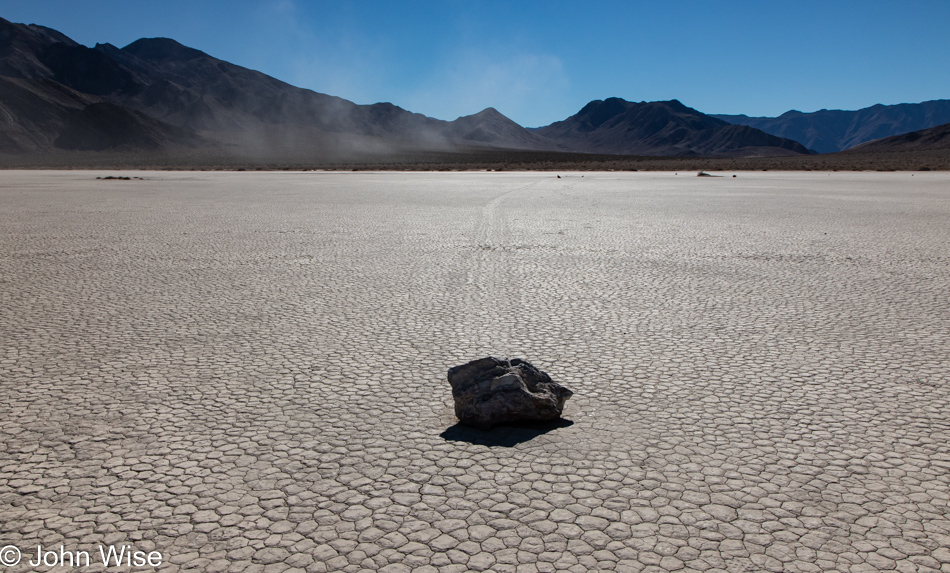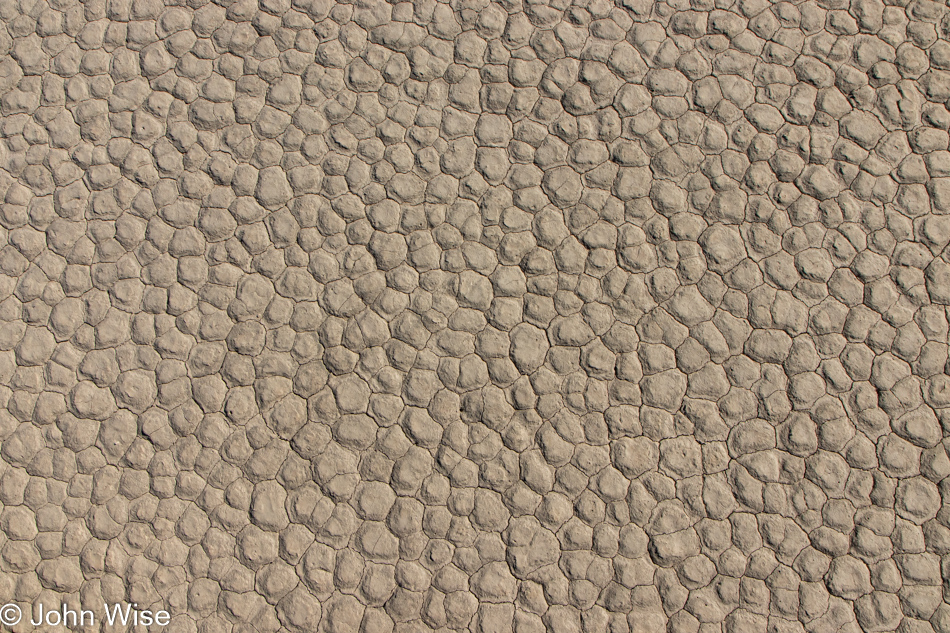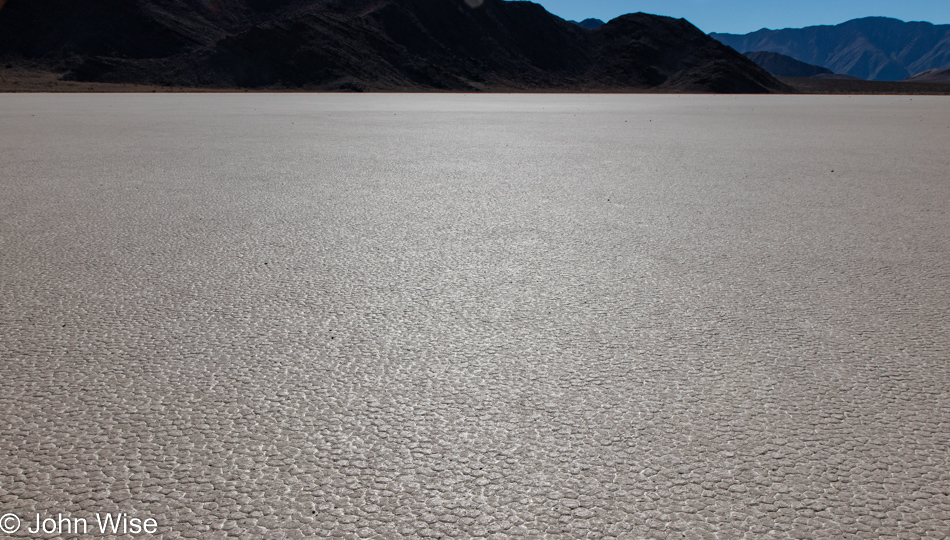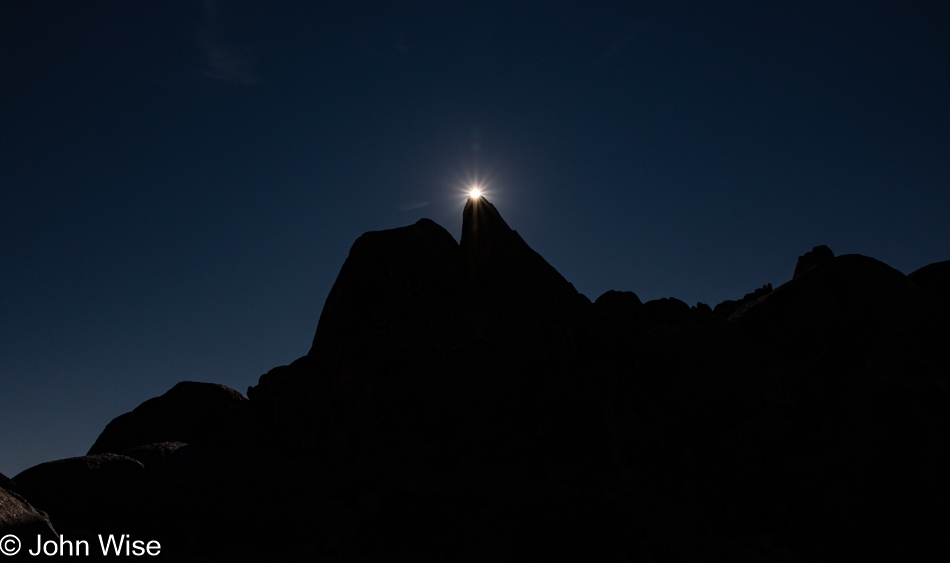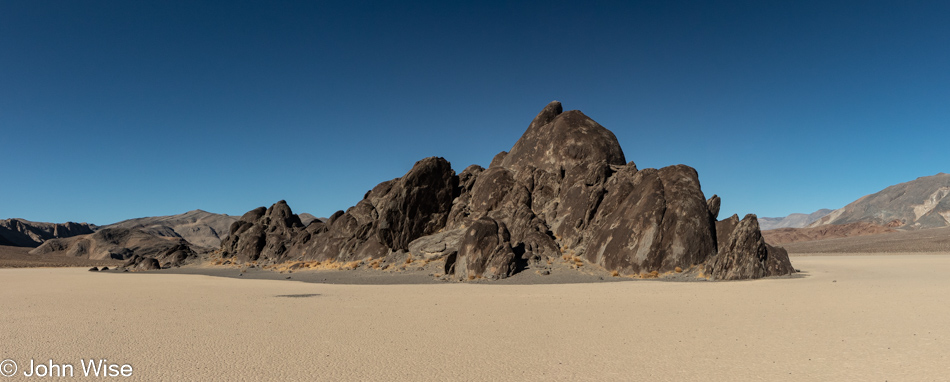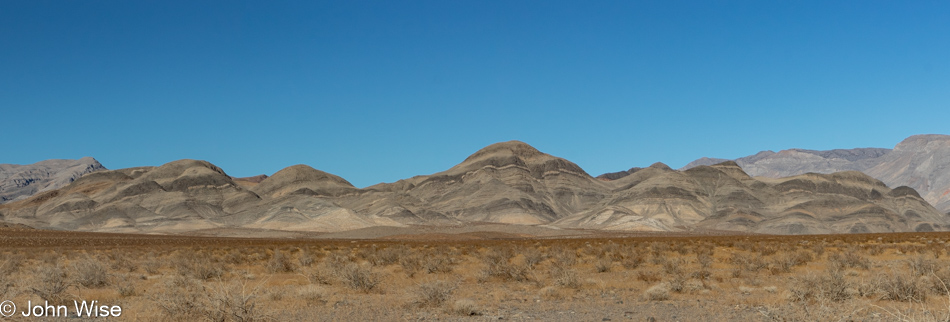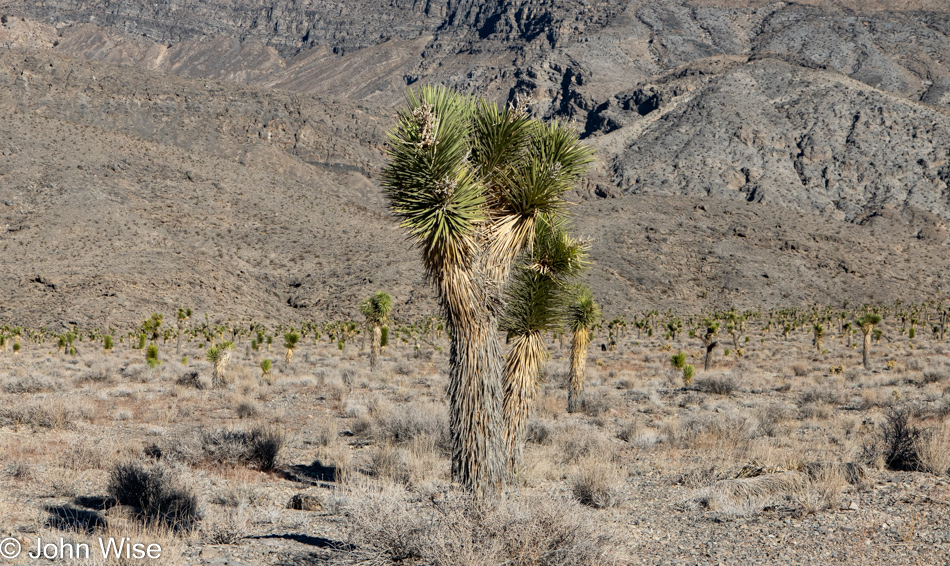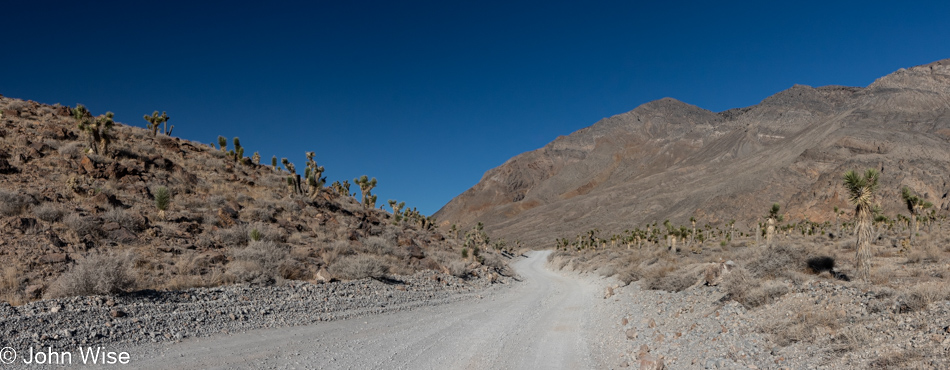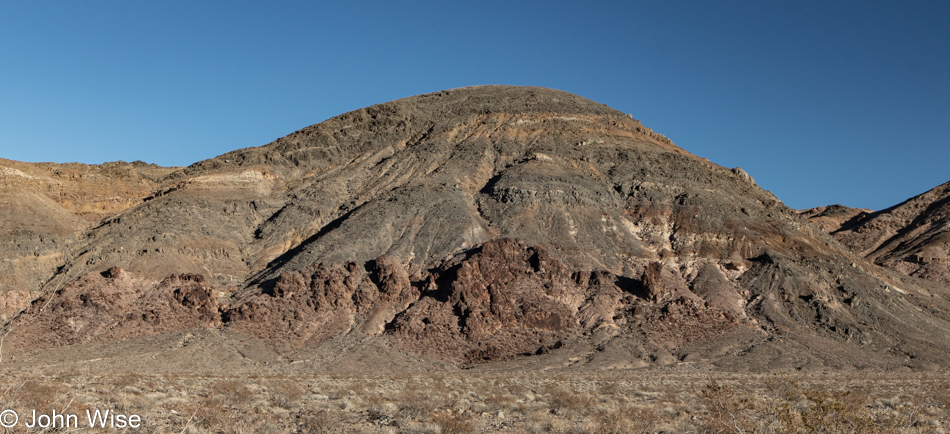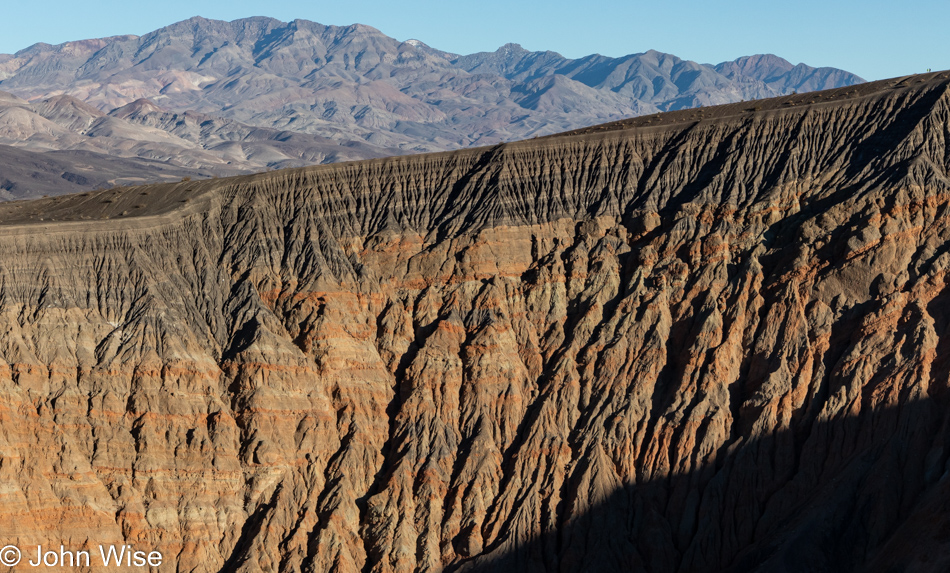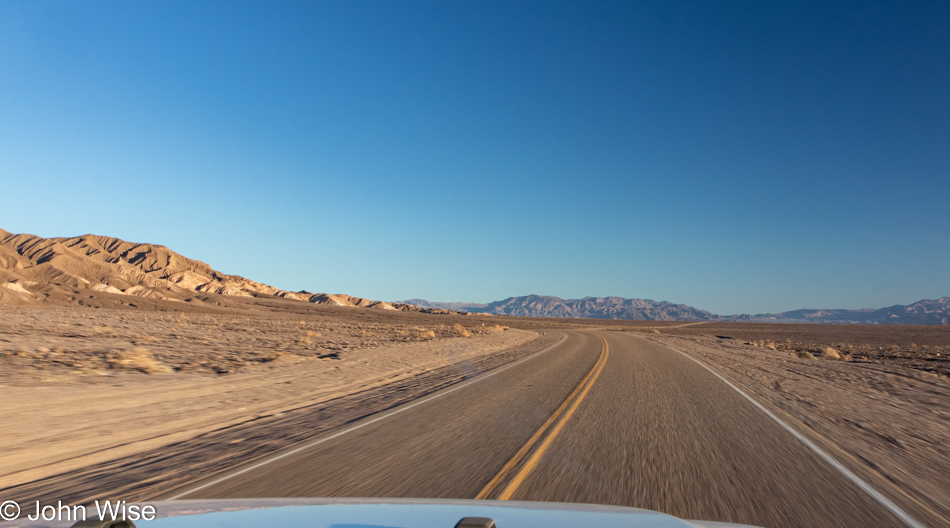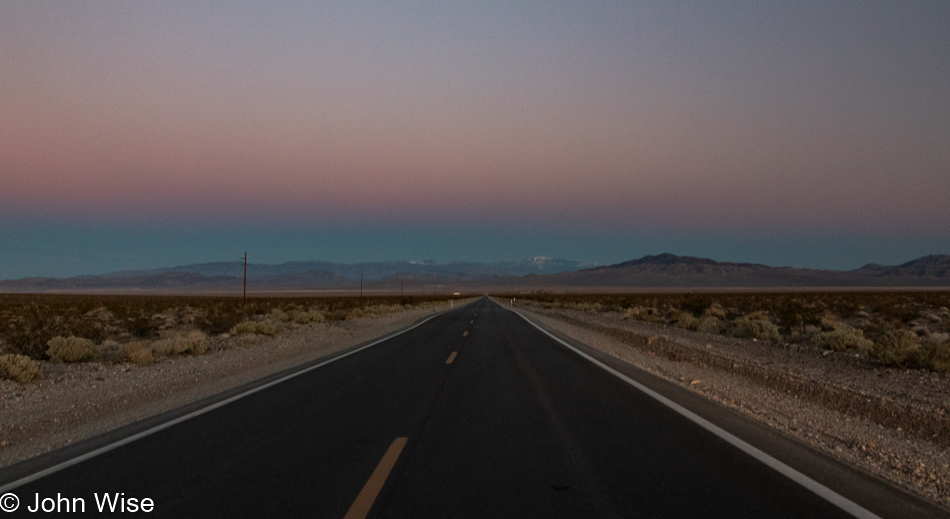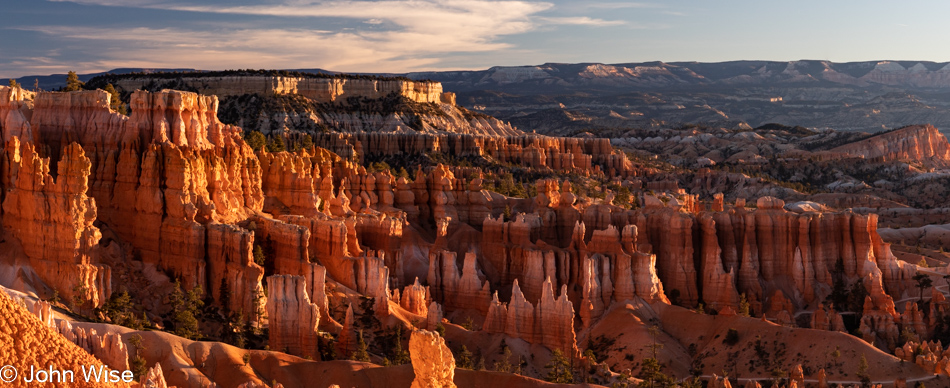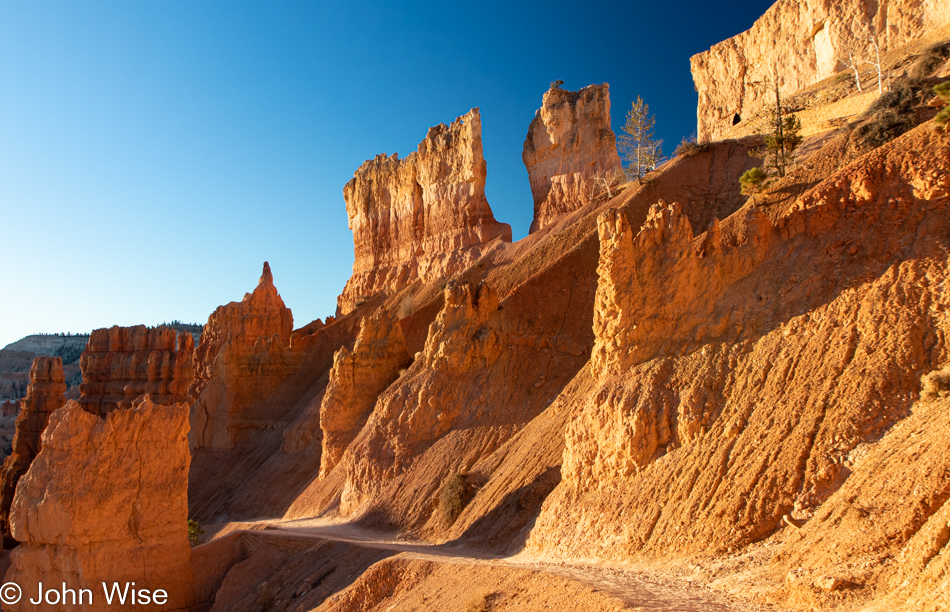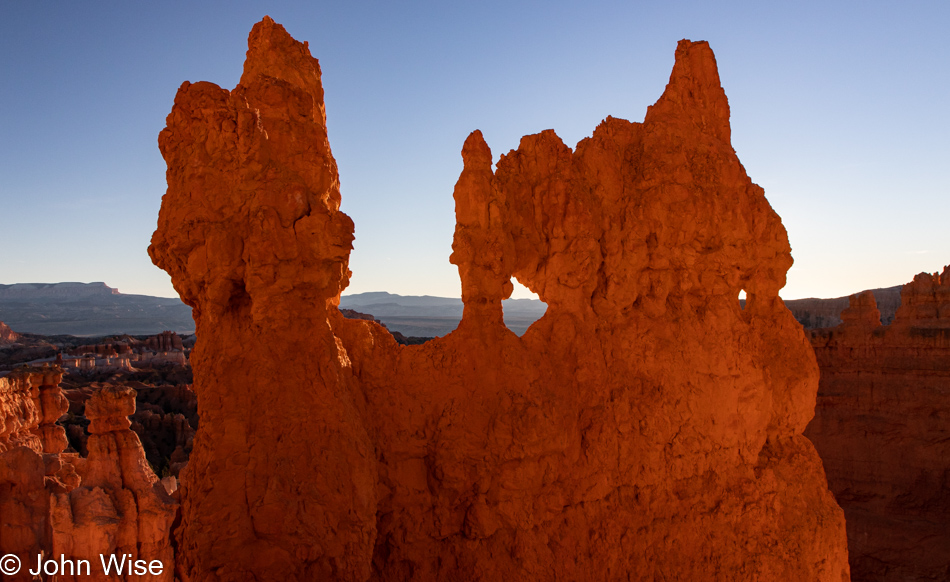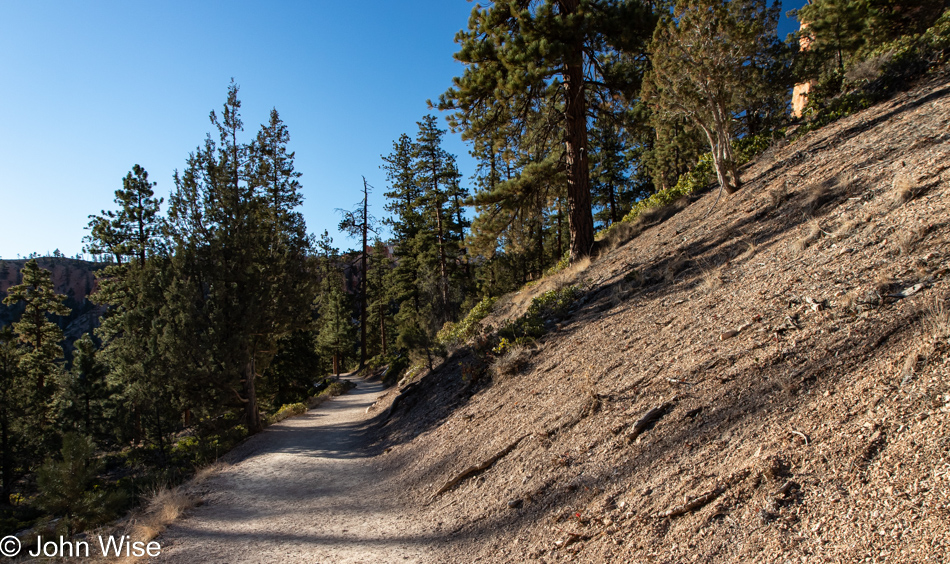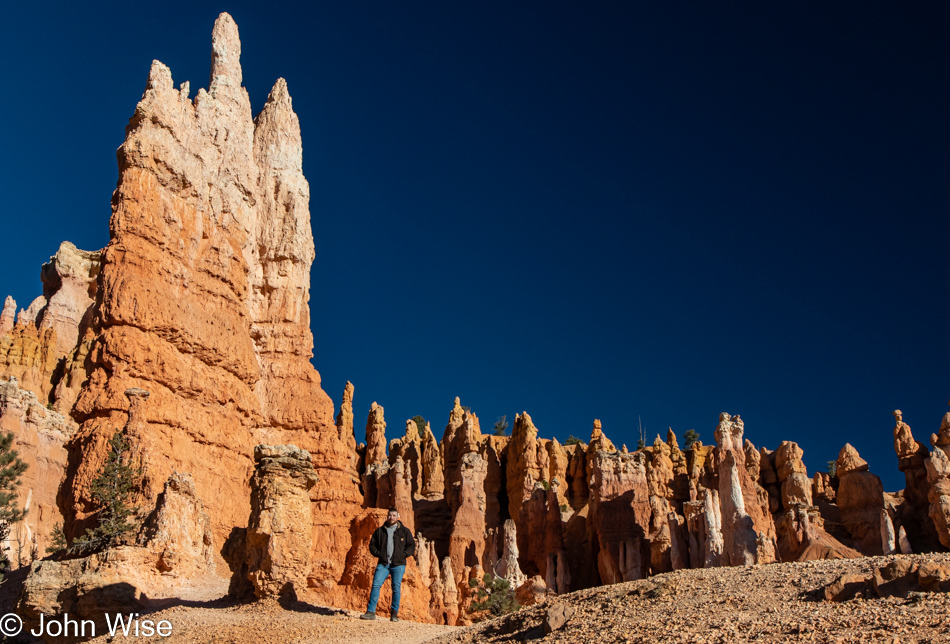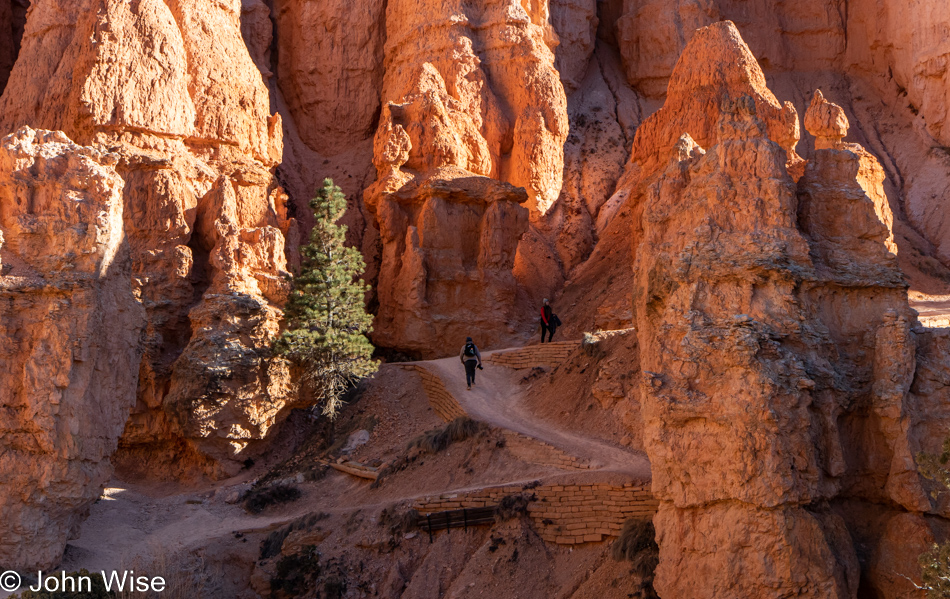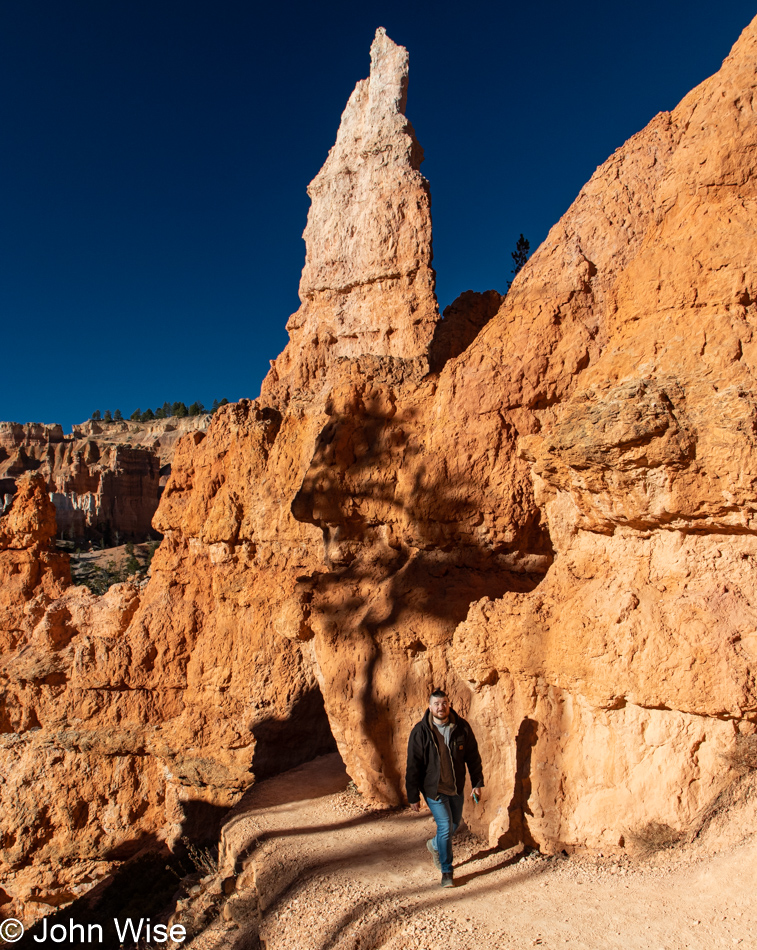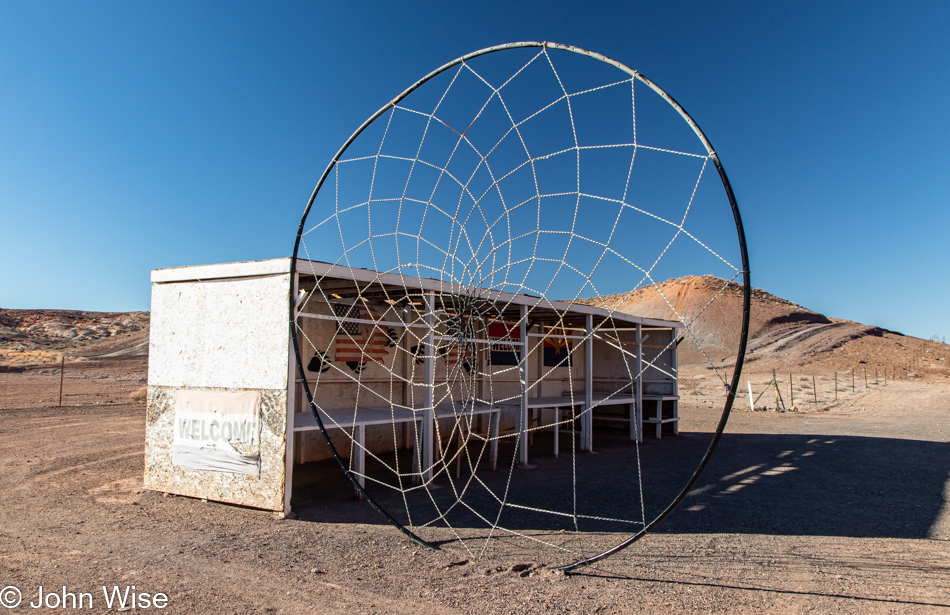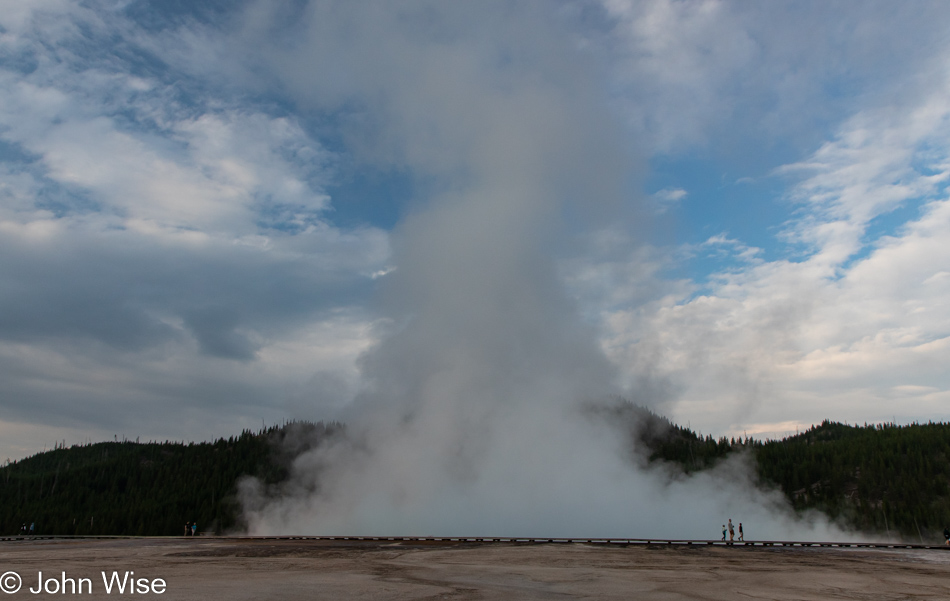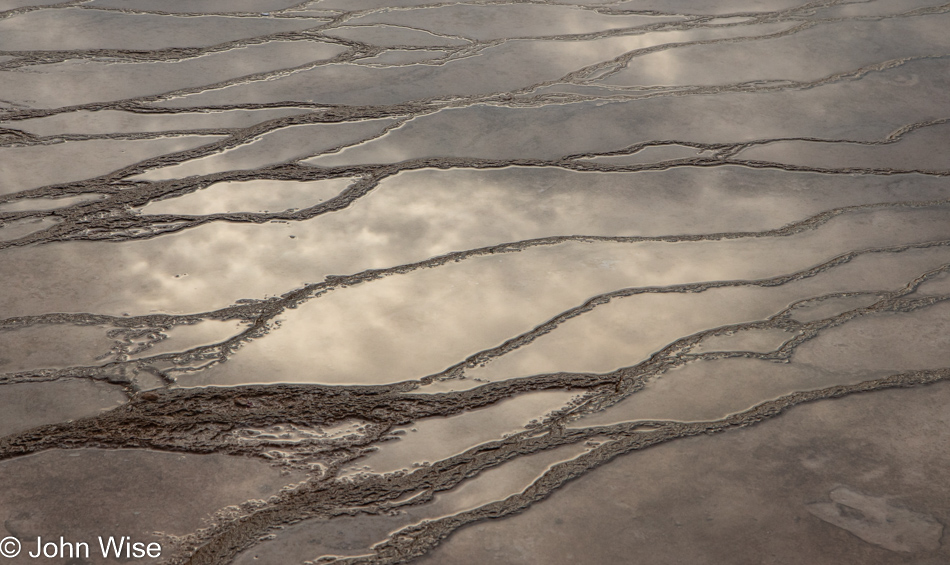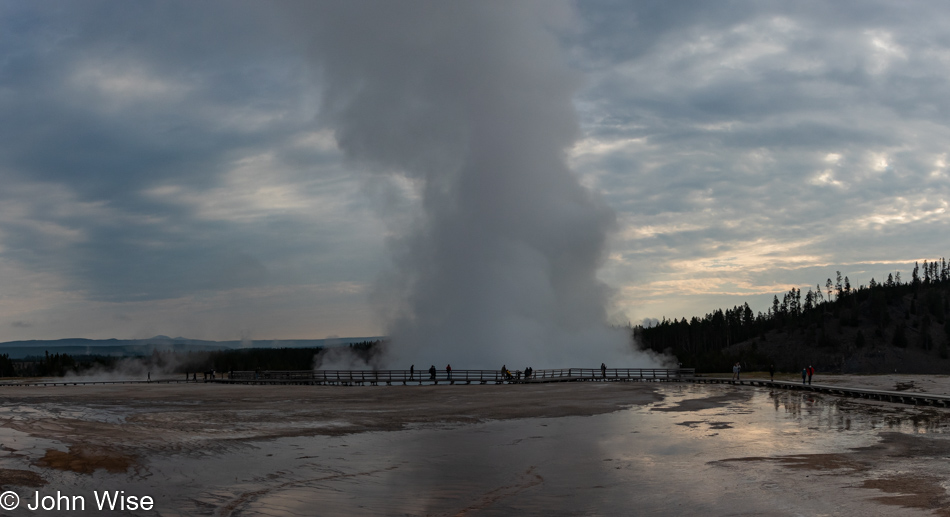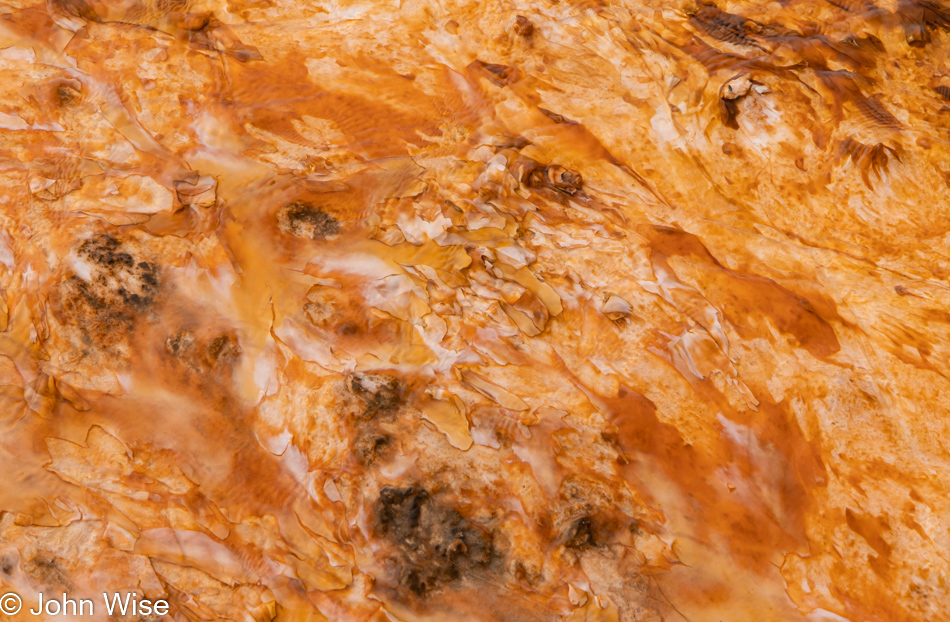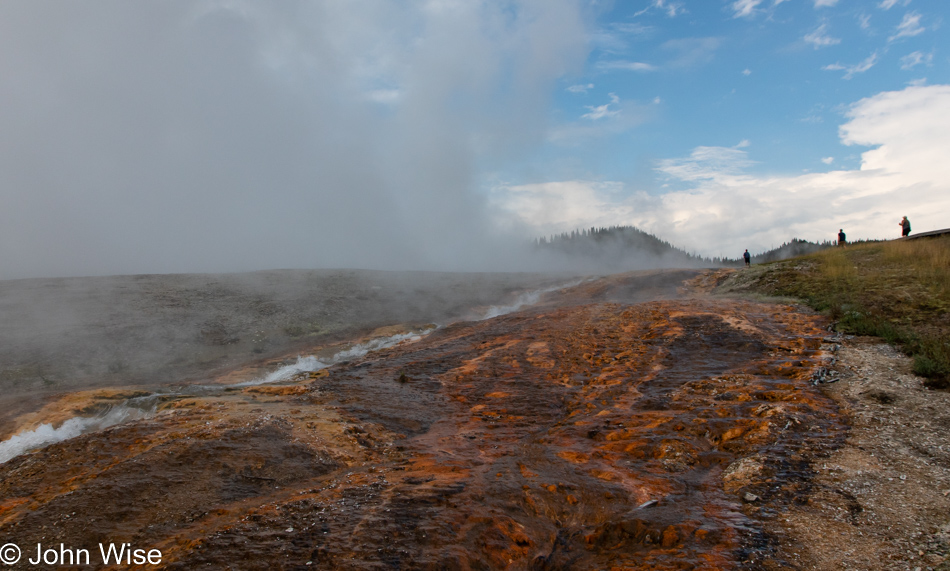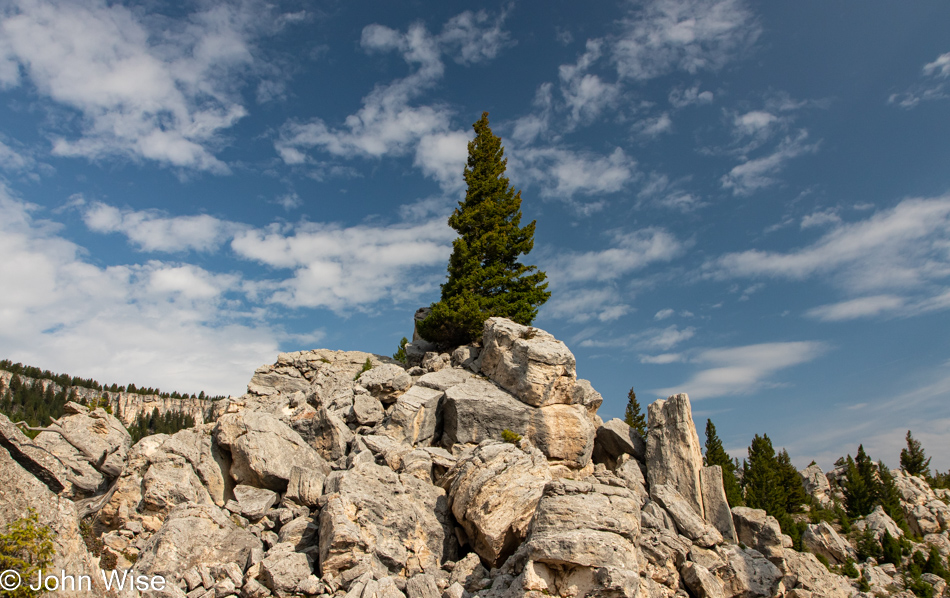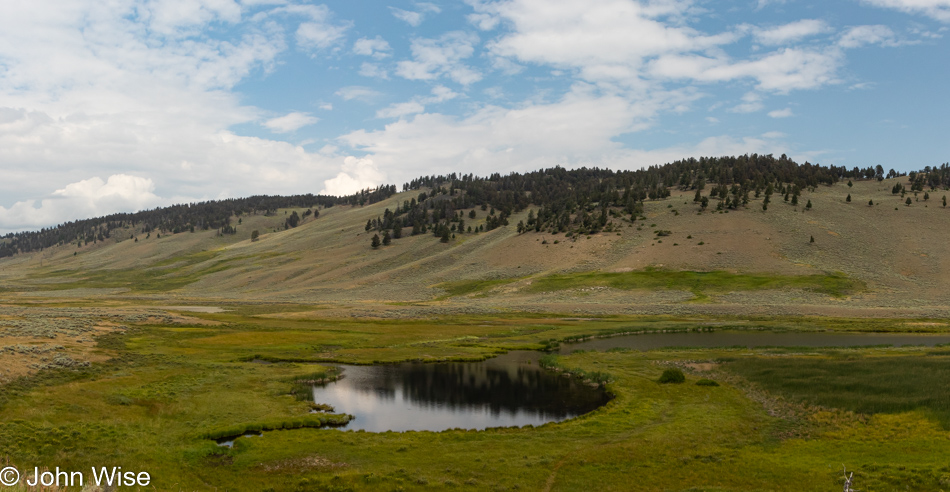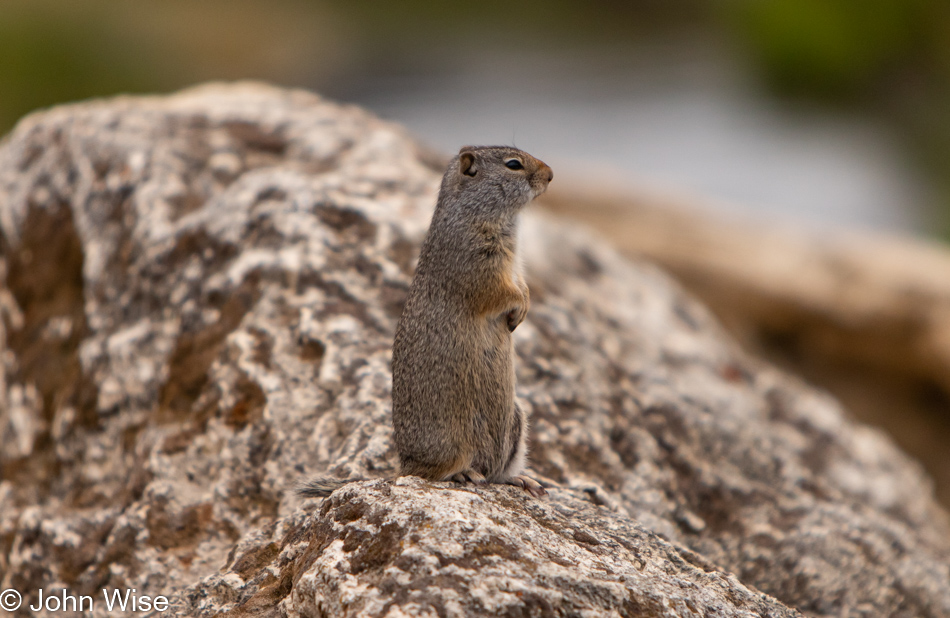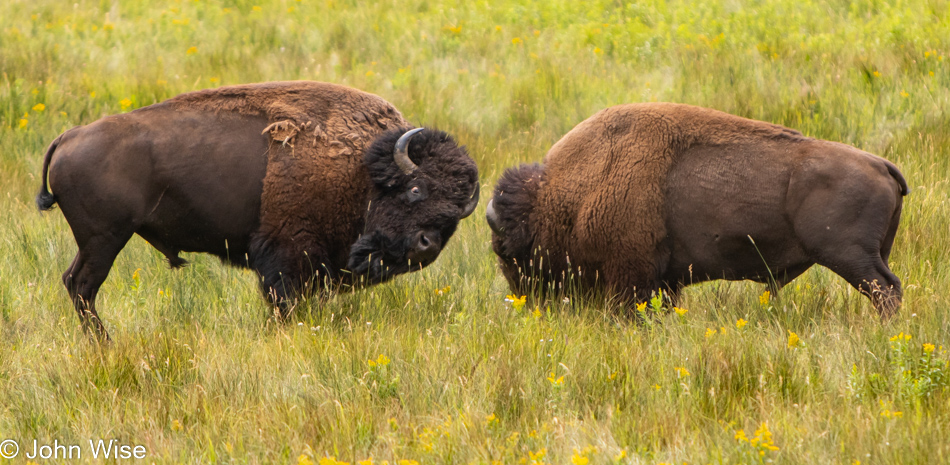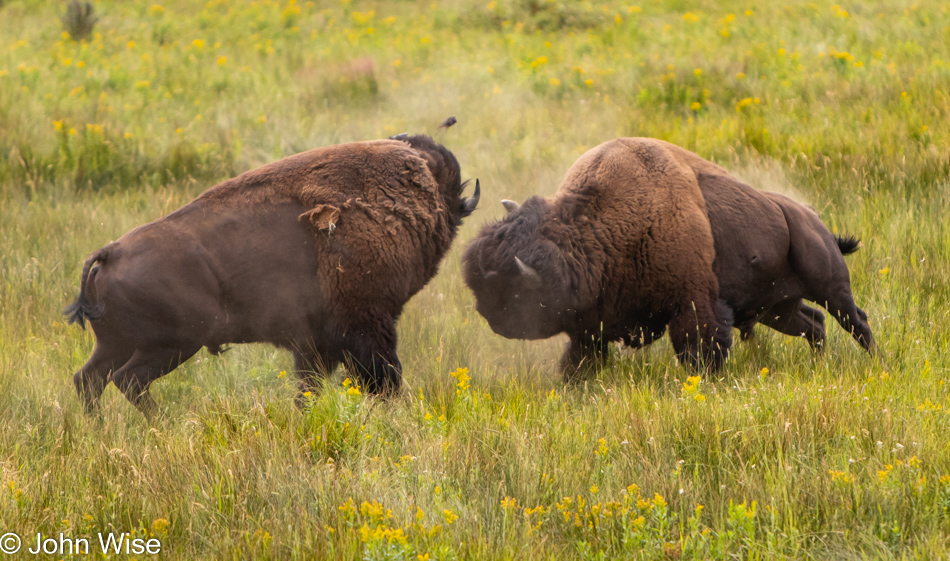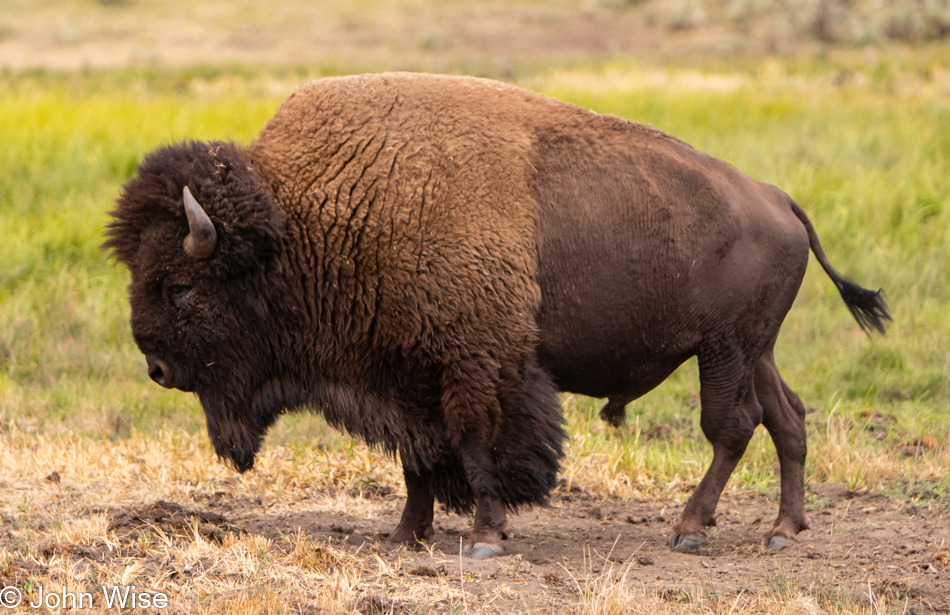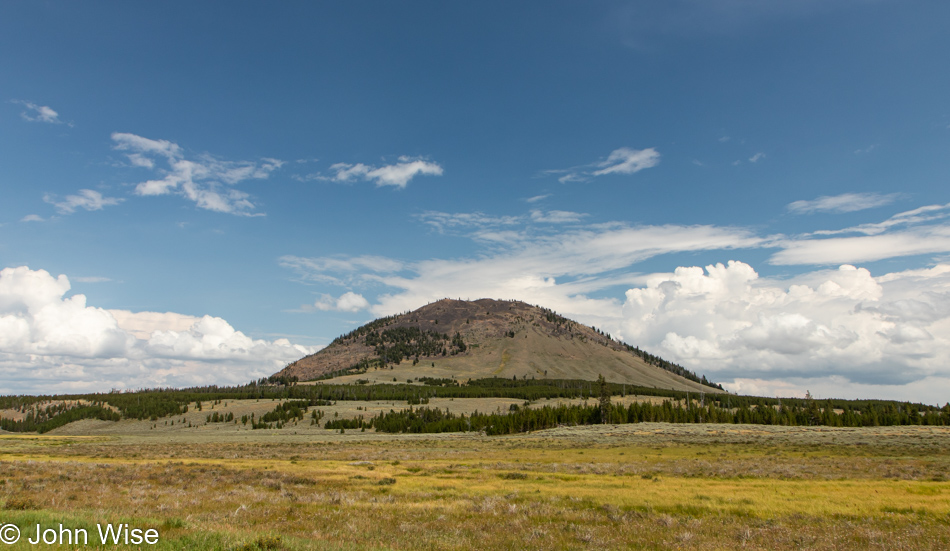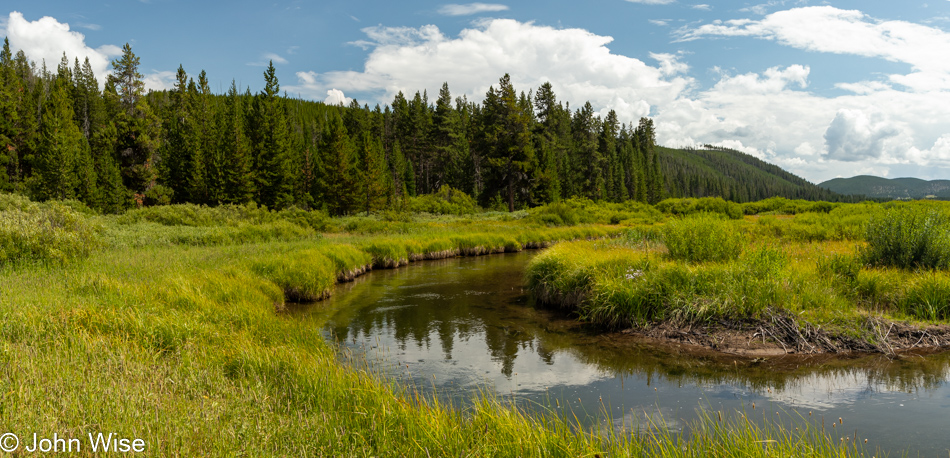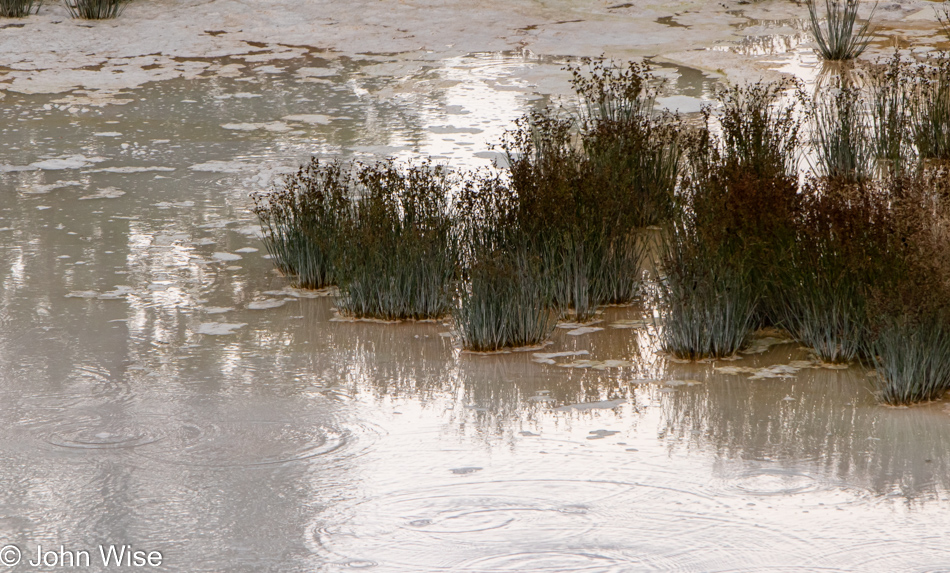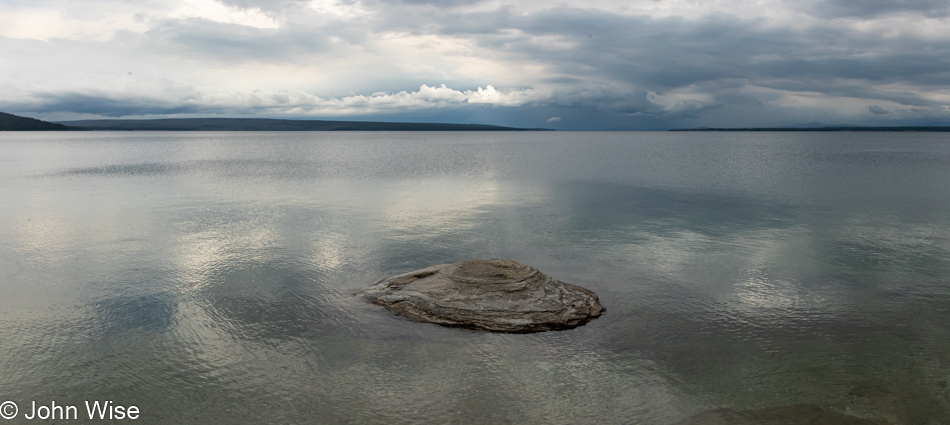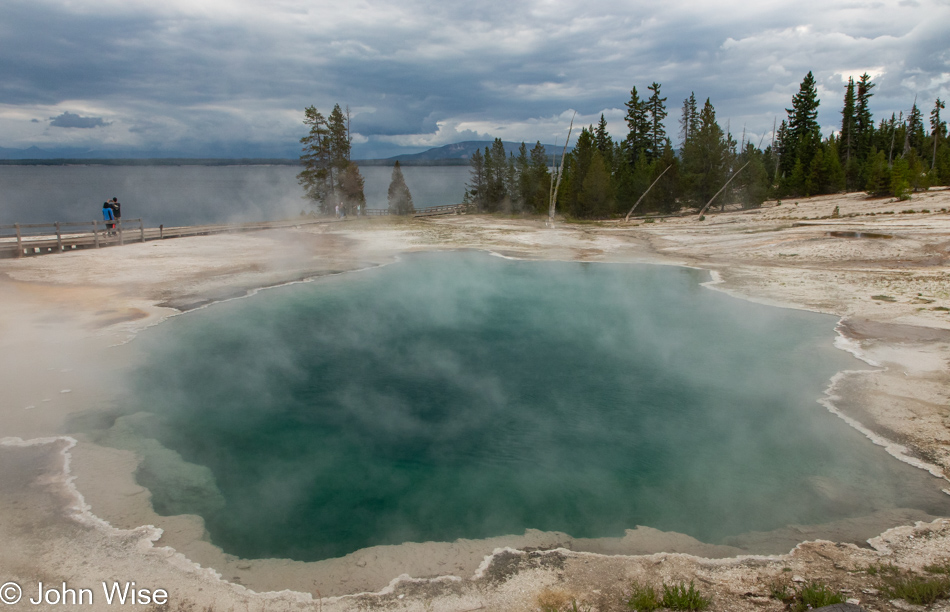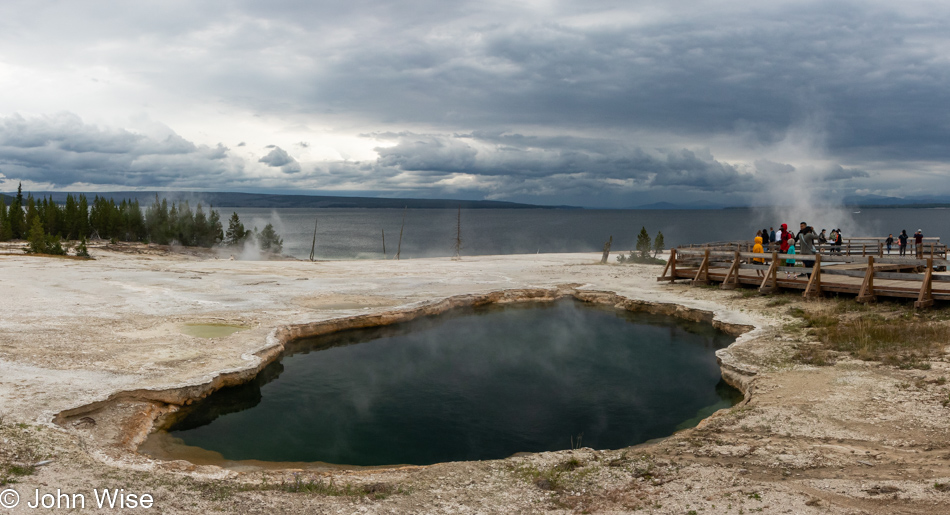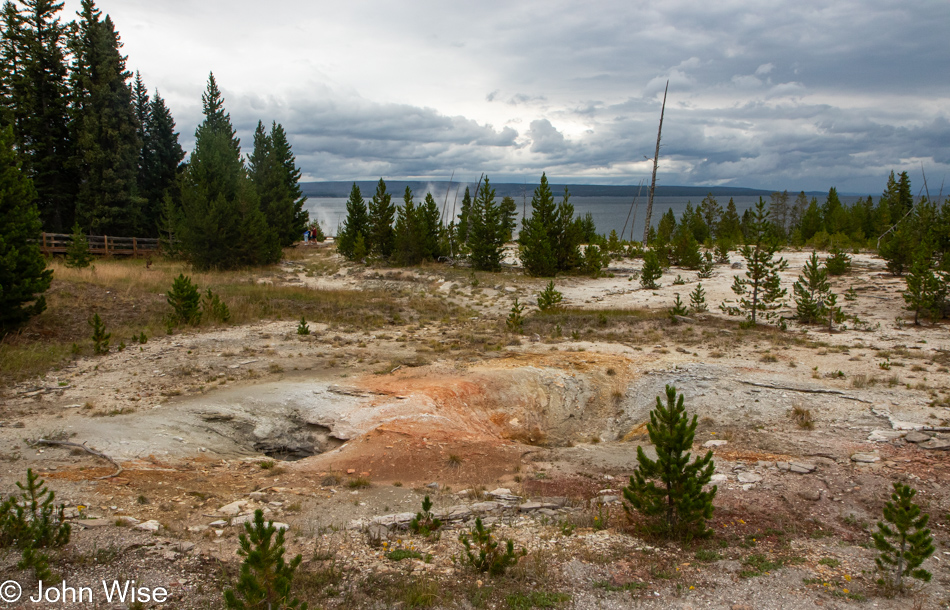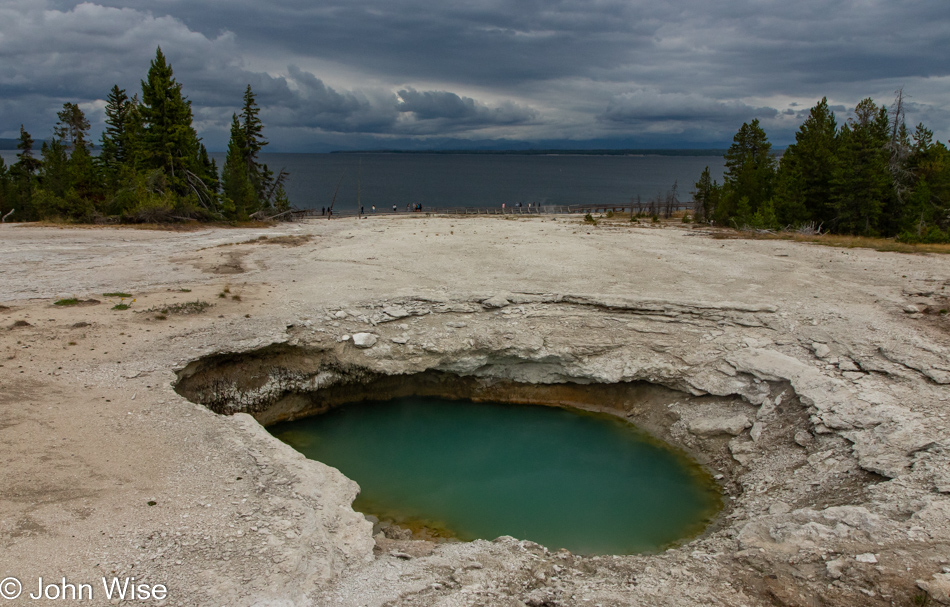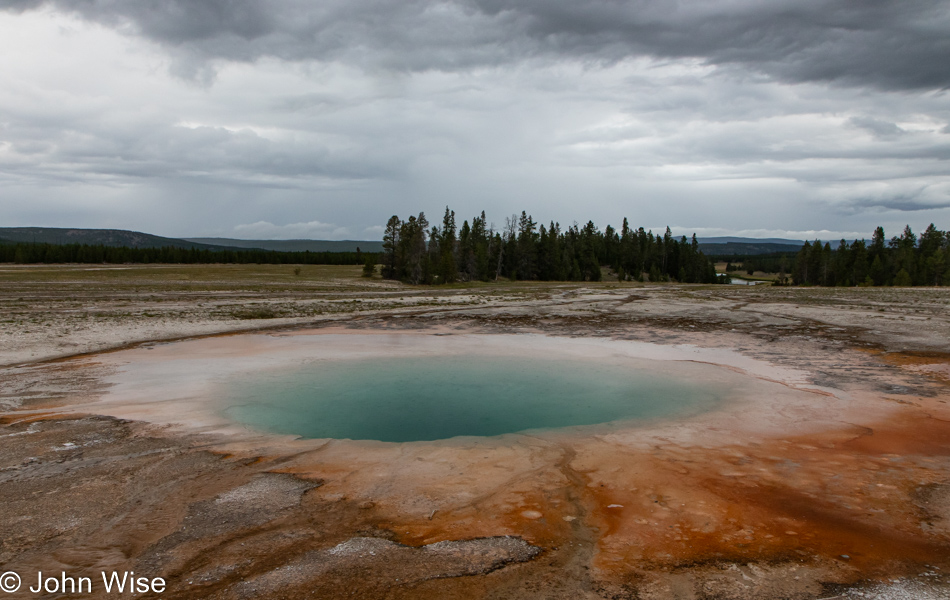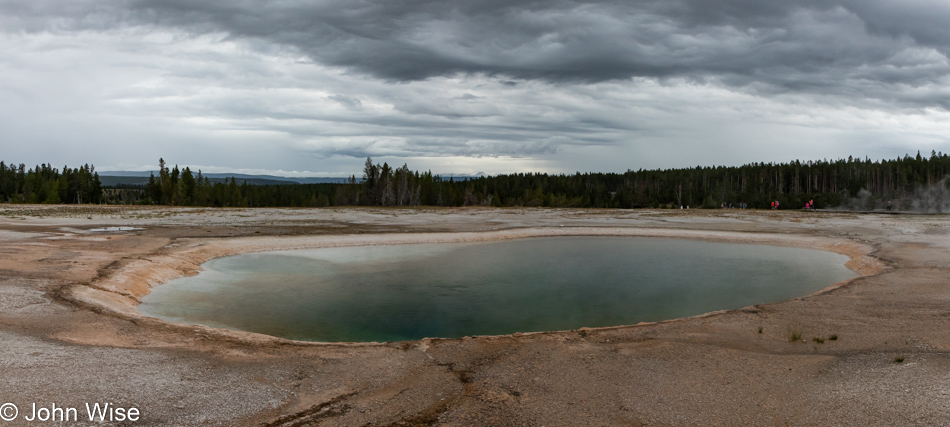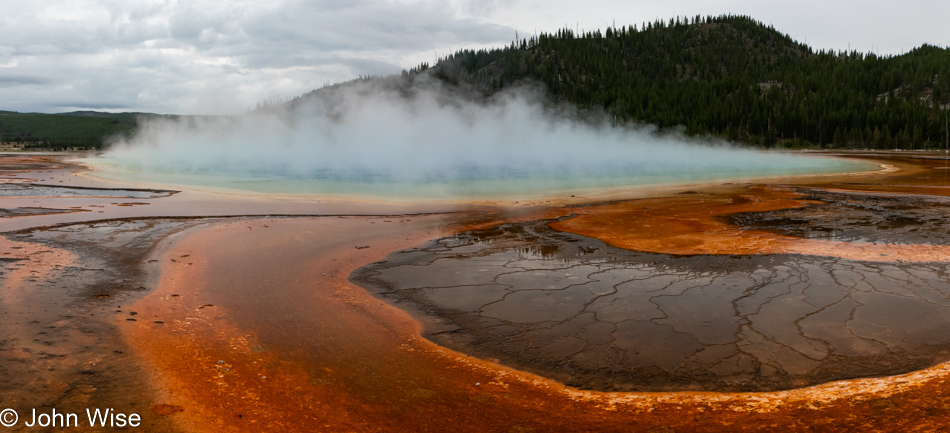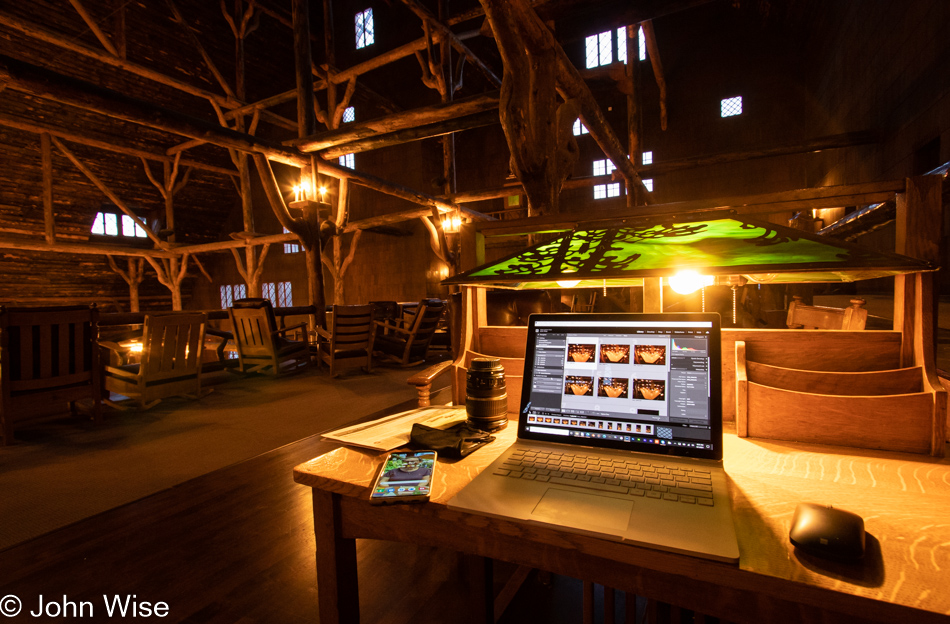
With overcast skies early this morning, I sat down in a very quiet Old Faithful Inn to catch up on some writing but quickly realized my opportunity to see the lodge just this way was a rarity. Sadly, I didn’t wander the place as with the sun potentially making an arrival; I needed to jump-start the fingers to do some bidding of the mind to capture my thoughts for yesterday’s blog entry. Jessica is off outside for a short walk, seeing the awesome things I’ll fail to capture as my priorities have changed so dramatically since any of my previous visits to Yellowstone.
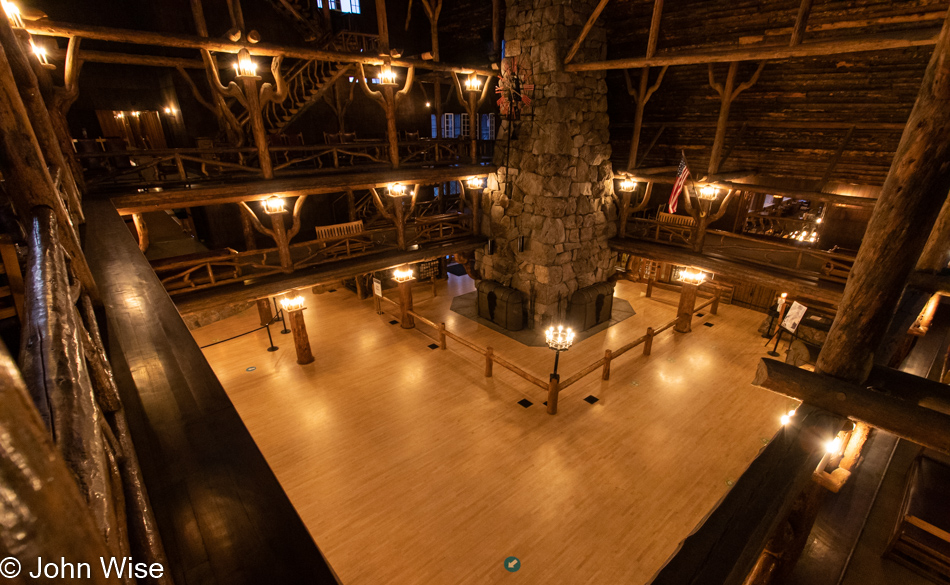
With so much to do but limited time to do it all, we try to make priorities. Most guests appear to be sleeping in right now while behind the scenes; others are likely already prepping for the needs of those still behind closed doors. I need to put this to rest right now: I finished what I could write about yesterday, and it is time to get myself outside to see what the day and my imagination have in store.
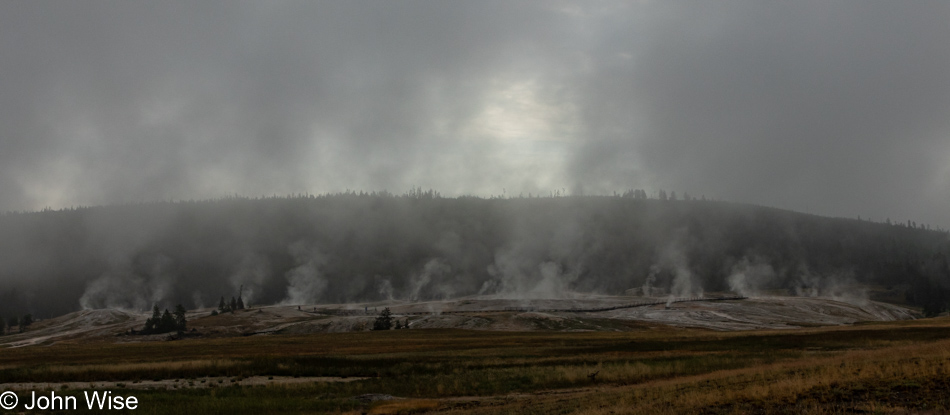
It’s cold and gray when I get outside, and I’m reluctant to explore. Something is missing in my joie de vivre, and that something is Caroline. It’s bittersweet finding myself at Yellowstone and not being able to connect to her passionate embrace of life. This leads to the question, how can I so easily find my enthusiasm to be in a place such as Europe when she’s not there? The answer is I’m trying to write to my wife during those times, but I’m distracted by such busy days out here with my daughter, and our personalities are not quite as in tune as Caroline’s and mine.
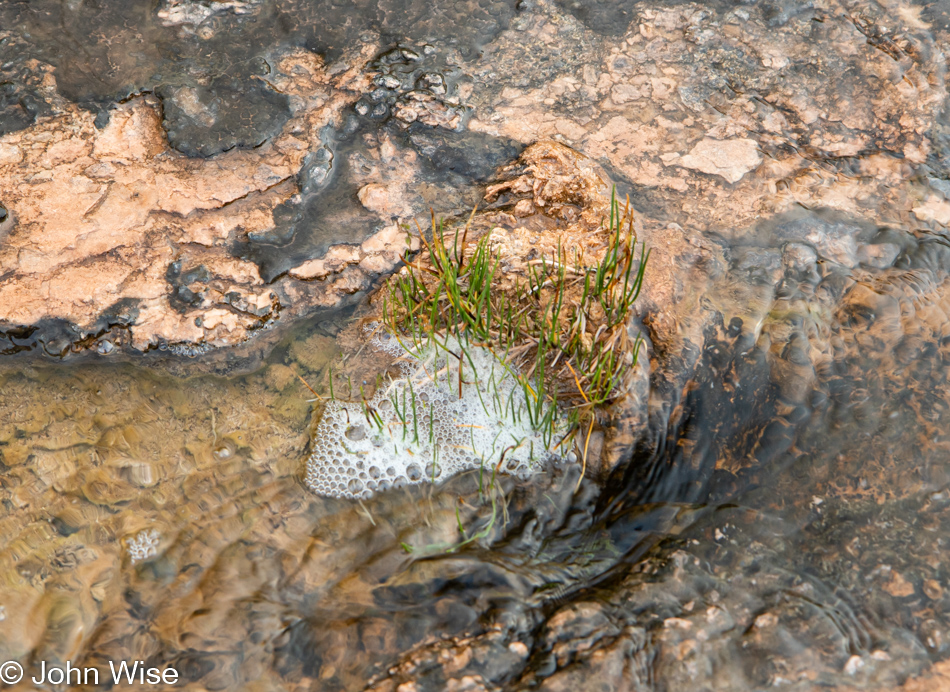
My inclination was to drag my bag of melancholy back into Old Faithful Inn and continue writing. I’ll start with a love letter to my wife before detouring with a good venting of whatever spleen was clogging up my happiness, but after Jessica and I walked awhile, things lightened up within me, and with the sun emerging, so did better spirits, but, oh how I wish Caroline was here with us.
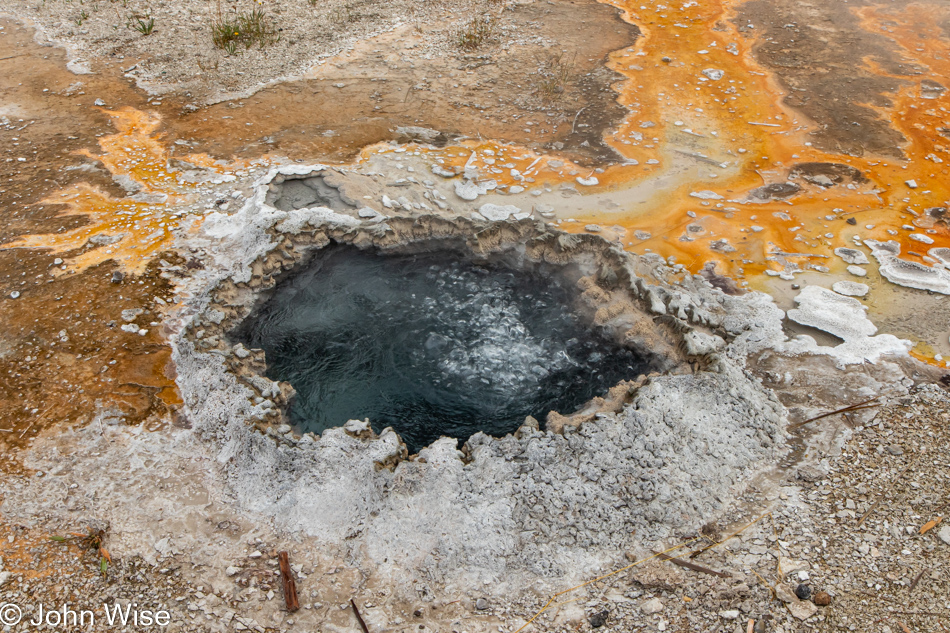
There are as many memories here as there are trees and hot springs, and every step is a walk into experiences shared with my wife. I can’t begin to figure out how to make memories here for my daughter and me, as it seems that everything is seeping with the essence of Caroline.
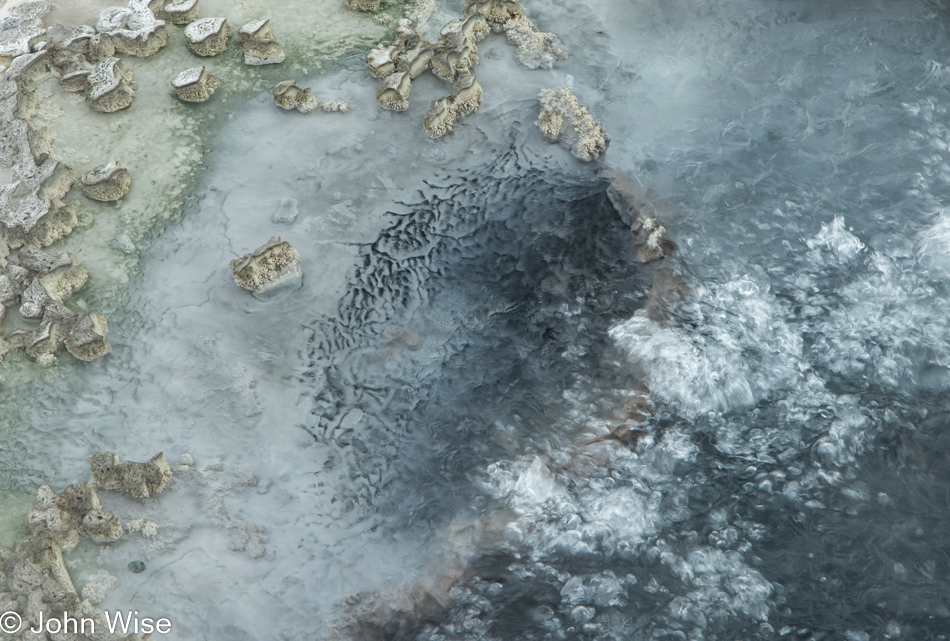
After our long walk over the Upper Geyser Basin, we dipped into the cafe next door to the lodge for a quick bite and some water and then a return to the inn as I’d forgotten something in our room. With a full stomach and some sense, I needed to write something. I sat down at the same table as earlier and ended up feeling more tired than inspired. Maybe we should get up and go out for some more exploring of things?
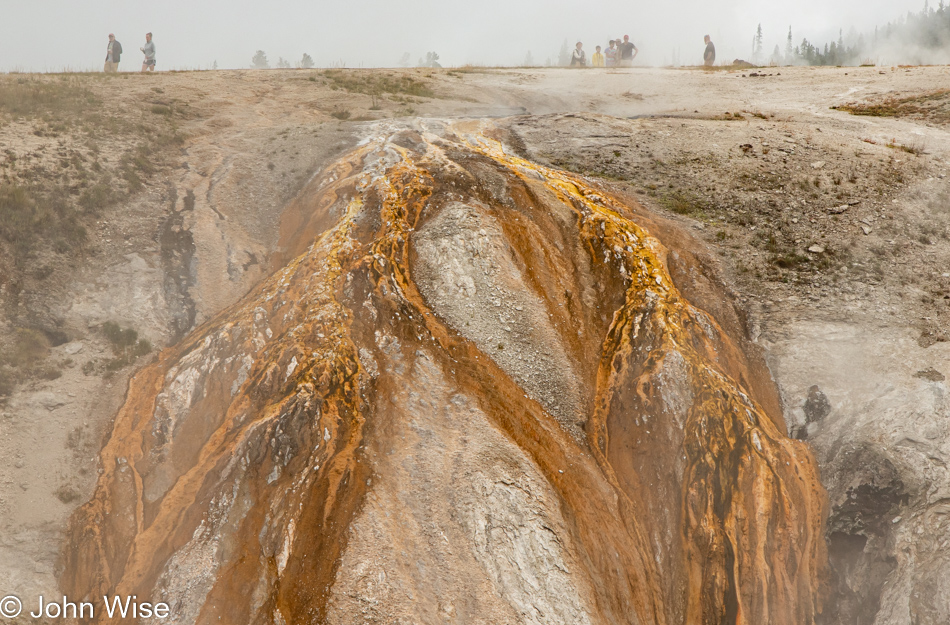
Then, somewhere along the trail, I start to gather glimmers about what the issue might be, but first, some background. Of course, there’d be some other details as rarely, if ever, do I just drop into a concise explanation of anything. In national parks, where I should be leaving the rest of the world and my troubles behind me, I find myself locked in turmoil as, depending on the size of crowds I encounter, I have to immerse myself not just in nature but the morass that is a microcosm of our planet. During this time of pandemic, my immersion takes on interesting qualities. While I was in Germany I was dealing primarily with Germans, but here in Yellowstone, I’m mostly here with Americans.
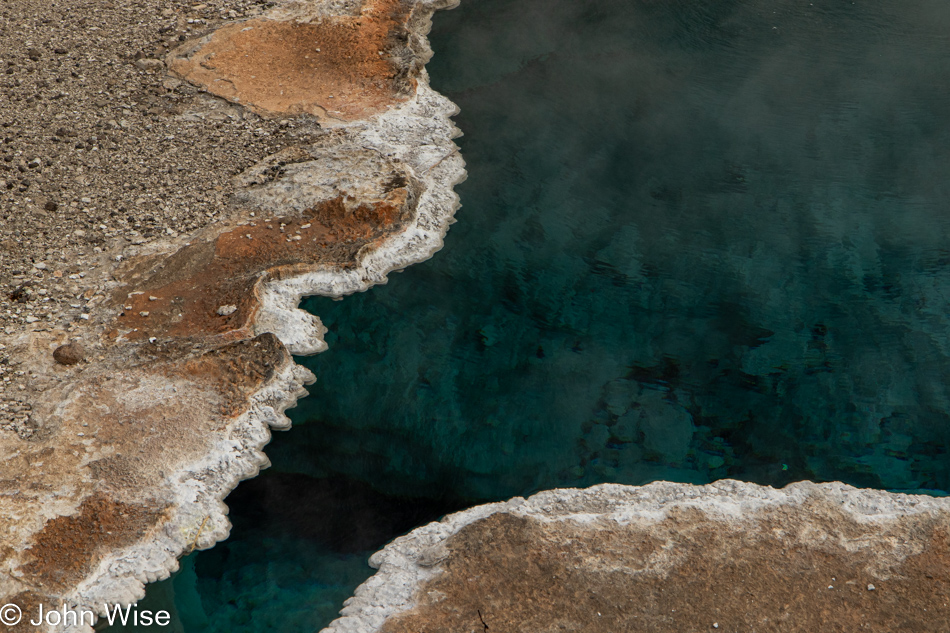
As is typical for this time of year, should people be traveling (which they are), there are lots of visitors in the park. So, like in a high-end shopping center, I’m here with those people who can afford to spend $500 to $1500 a day on vacation. By and large, the experience regarding the human element in this park is not pleasant. The rangers and staff are great, as are a good handful of the visitors, but a majority are the worst. Not in some criminal or sociopathic kind of way but in attitude.
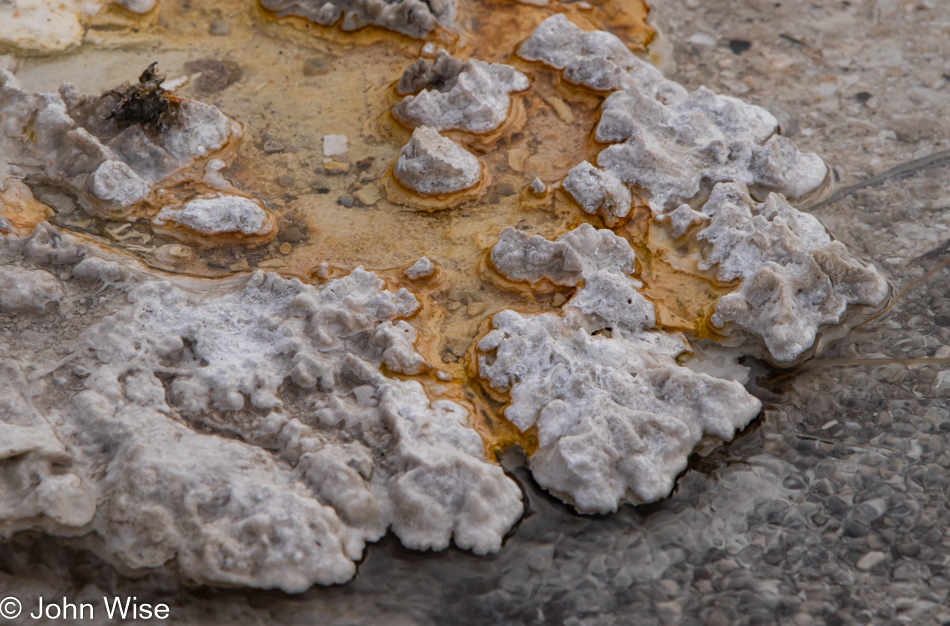
Amongst all socioeconomic classes of Americans are those who lack any hint of authenticity. I’m certain that to their other superficial friends and family, they are the greatest people ever, no doubt at all, but from my throne of judgment, I cannot find a hint of their empathy for others. Without empathy, you are not allowed into the club of the authentic.
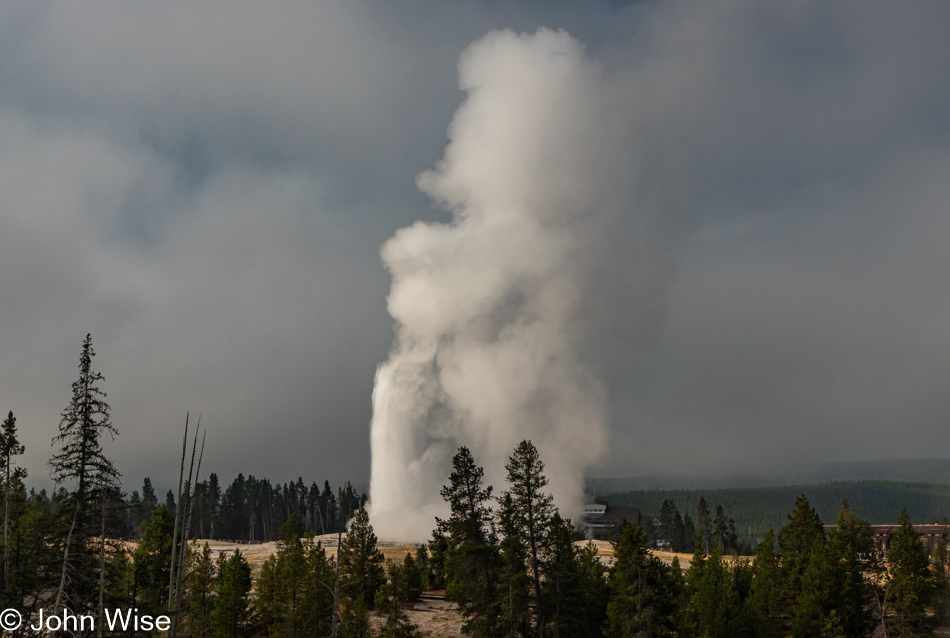
I walked by a man who, by appearance, might have played a different role, but here on the Upper Geyser Basin, he was pushing either his own mother or his mother-in-law in a wheelchair. It’s hard to portray your arrogant loftiness when hunched over a person with disabilities. Back in June in Germany, walking at a snail’s pace with my mother-in-law as she scooted along with her walker, there’s no looking cool to others except those who might empathize with your task at hand.
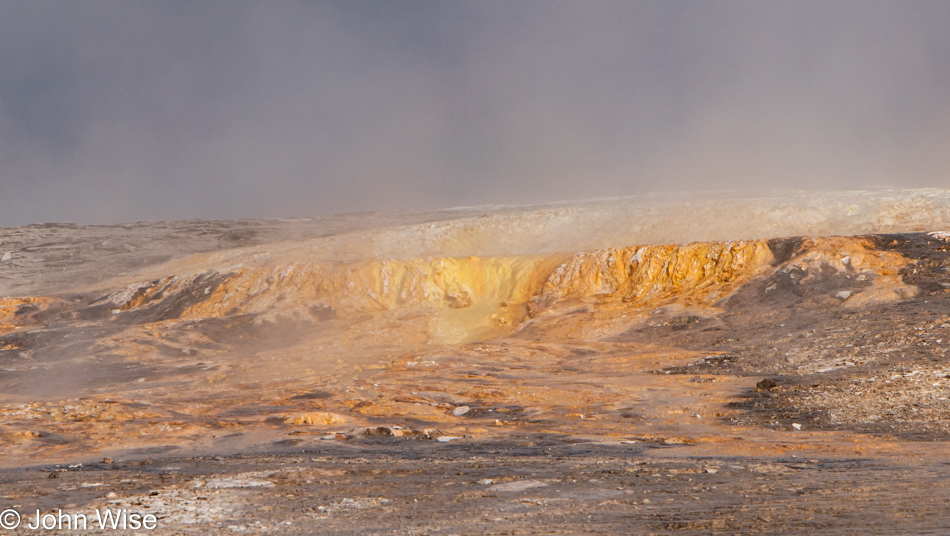
A mother with four young children cannot wear airs of aloofness when the tribe is running circles around her. She tries to maintain decorum, but you can easily see her limits. A large family vacation, where maybe a reunion is happening, will show you a lot of their dynamic as most everyone is reduced to being their most authentic selves, and those who do not fit in with letting their hair down walk away from the group and are easily identified.
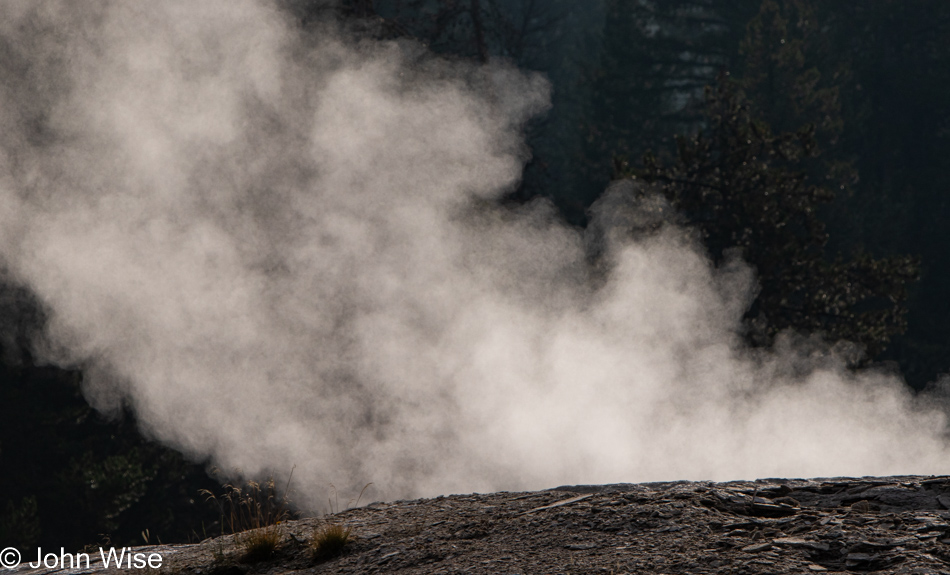
Visitors to any natural area should be there in the moment to see what is there and not worry about being seen or how they appear to others, but the truth is that we humans, by and large, take our swimsuit bodies and nightclub faces everywhere we go. How many would be disappointed to know that there are those of us out here who find more beauty in the steam rising off a hot spring than their ridiculous attempt at looking “put together?”
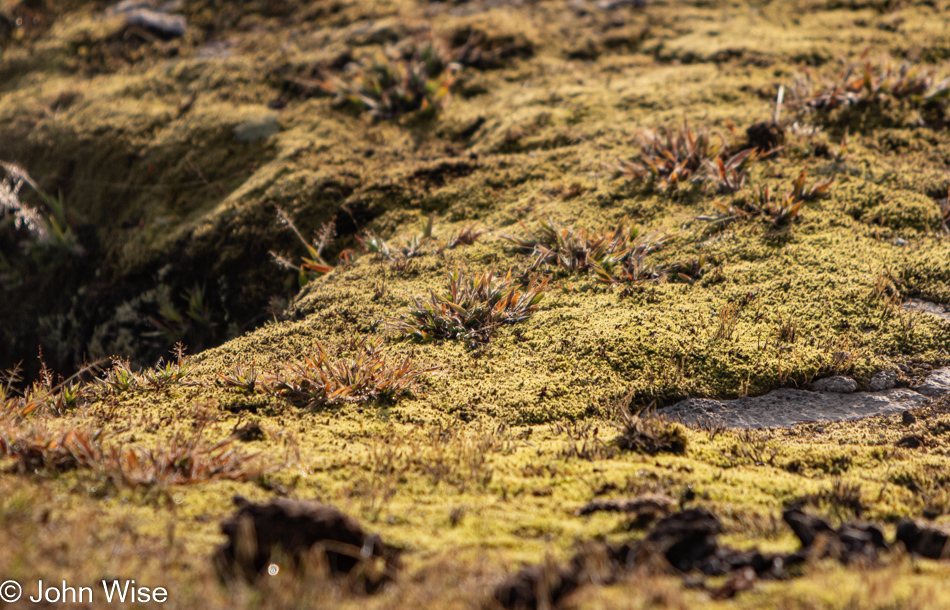
We spent hours out here on the Upper Geyser Basin, and not once did I see anyone else, aside from my daughter, get down to eye level with the small stuff. Heck, they barely slowed down even for the 20-minute wait to see Old Faithful erupt – in the company of 100s of other visitors.
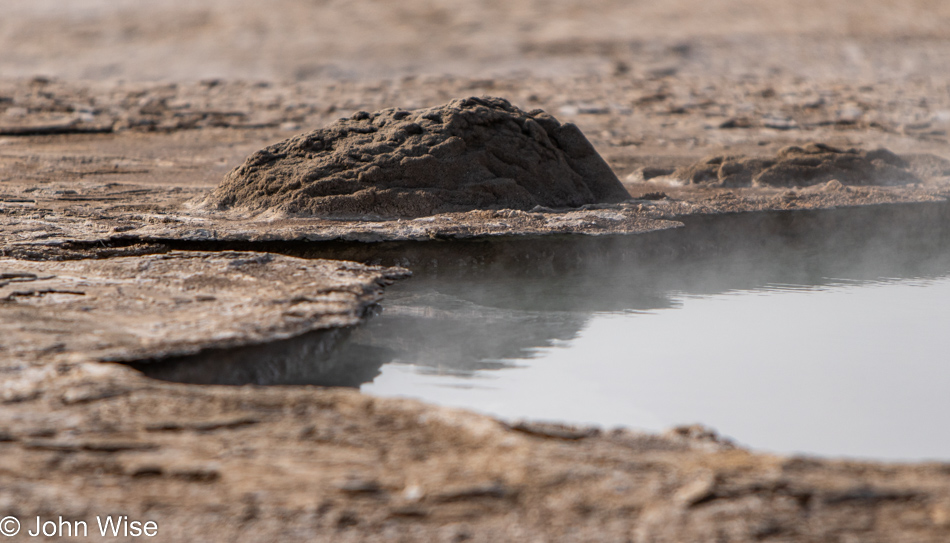
What’s not seen here are selfies of my daughter and/or me posing in front of any of this because we are too busy not seeing ourselves and instead are witnessing the tiny details that will hopefully seep into our memories, hopefully creating a dad-and-daughter experience in our 11 days into America.
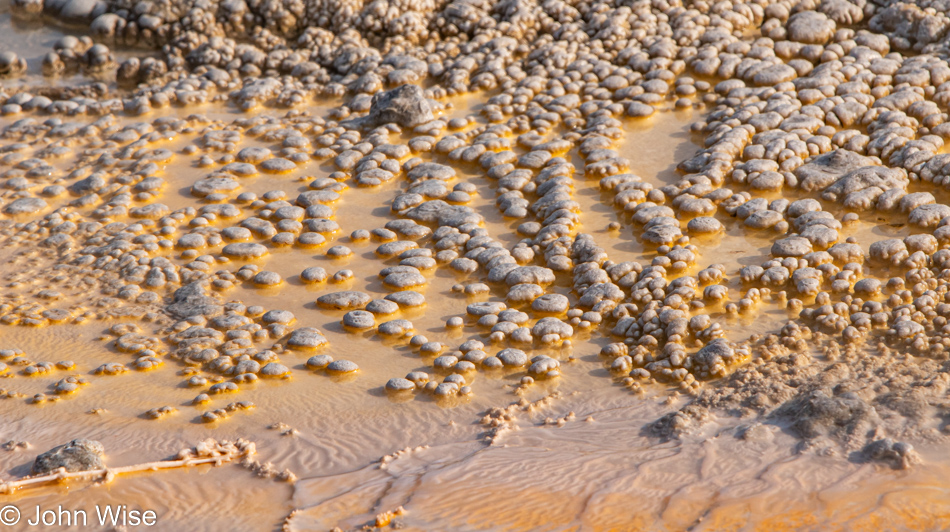
All of these photos I’m posting from here at Yellowstone are conveying information, and while you may not be able to read precisely what is offered, you could do some research and discover what they are. I could share 45 photos of Jessica and you’d still not know a thing about her other than she’s in a national park on vacation with her father. That would be enough as far as you, the casual reader of my blog, are concerned, but for me, I need to know that my shared time with other people carries value that will enhance who I want to be.
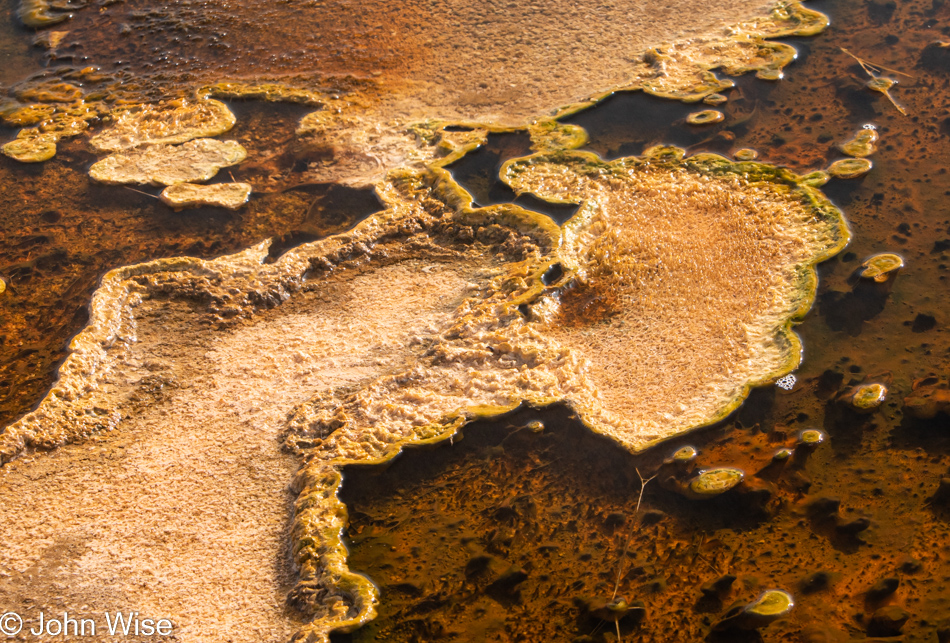
Bacterial mats are authentic as they cannot portray anything more than what they are, which is not true with humans. We play roles and use appearance to create our initial line of defense. We avoid eye contact to stop others from establishing a line in, and, should we talk with the other, we can use curt answers to push them away. Most times, we do not have to engage these people; they are offering up who they are within their own families, to their spouses, or to the service person attempting to assuage their anger that life isn’t perfect for them right now.
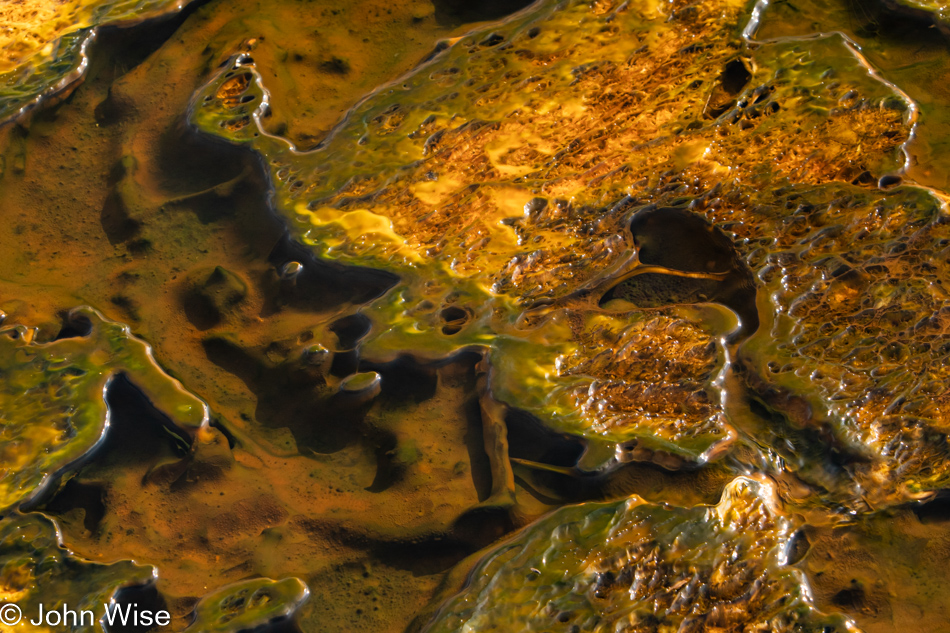
You will not look deeper into those people who don’t want you to see their humanity as our society has conditioned them that this is weakness. Beauty, perfection, and aloofness are how we allow those below us to fully appreciate the grandeur of our existence. Sadly, this is how a large part of our society responds and finds its own values.
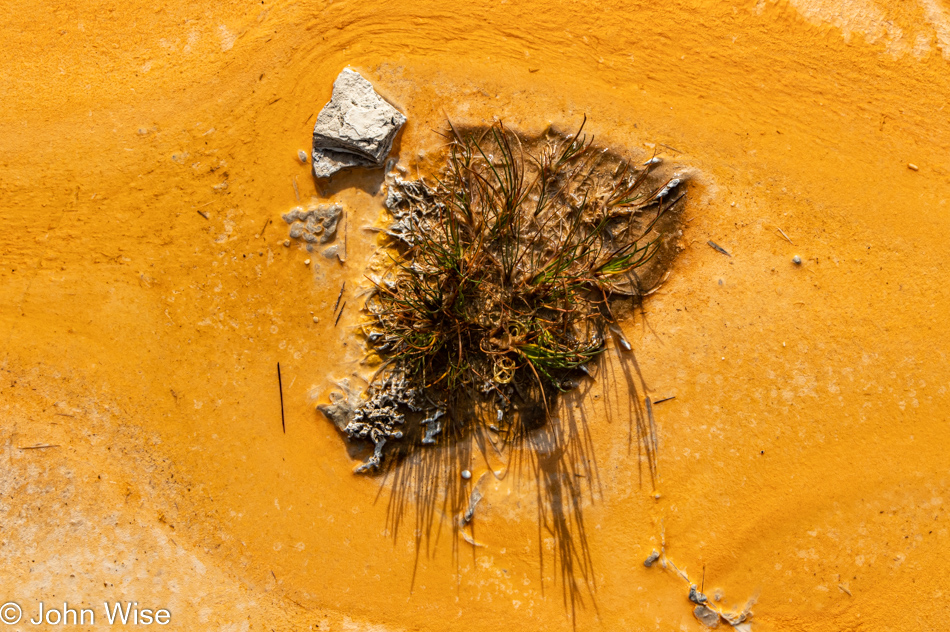
Should you have strangely enough made it to this point in what should have been a silent soliloquy not meant for visitors searching for Yellowstone and reaching my blog, please excuse me, but COVID has turned our world upside down, and while I don’t know about everyone else, I’m evaluating, analyzing, and scrutinizing everything about how the world within and around me is resetting.
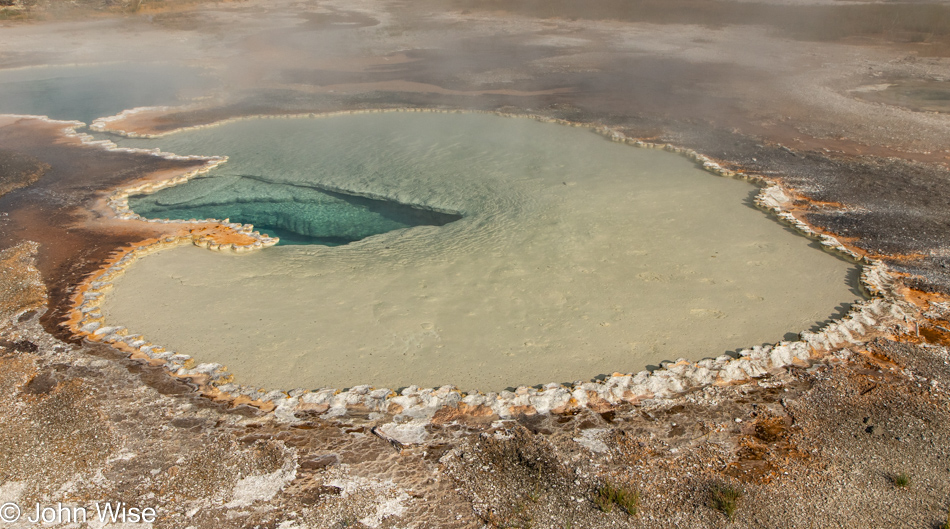
But enough of all that, as the world of traveling is not all about the depth of thoughts, it is also allowed to be about the depth of vision and the unknown depths of a geyser. Just take a second to admire the orange bacteria right next to the white calcified ring of minerals on the left of the hot spring, where its opening shows you the aquamarine hue that is difficult to see in the most shallow region of the pool.

Then, on the other side of that pool is a dew-covered plant that is diffusing the individual branches with the light of the sun blurring the picture into shades of red, yellow, and white.
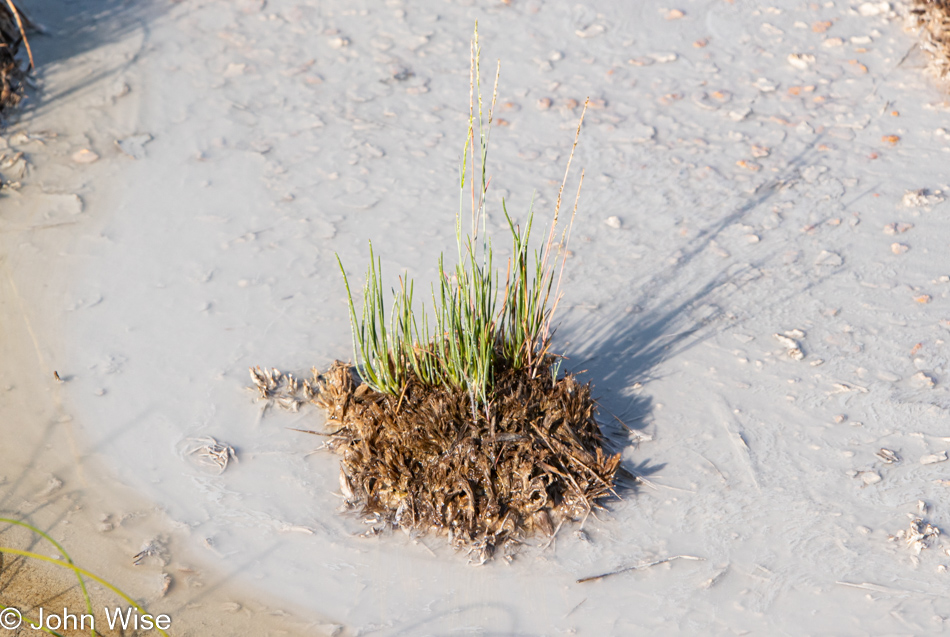
An island sprouts from the tepid, chalky waters and would be easily missed if all I was doing was glancing over the complex landscape, looking for the biggest features that could grab my attention. Qualifying all things great and beautiful into categories that in an instant can be sorted into important or irrelevant is not a place my brain works as I feel that everything has the potential to shine through if you are open to discovering the things that are just before your nose.
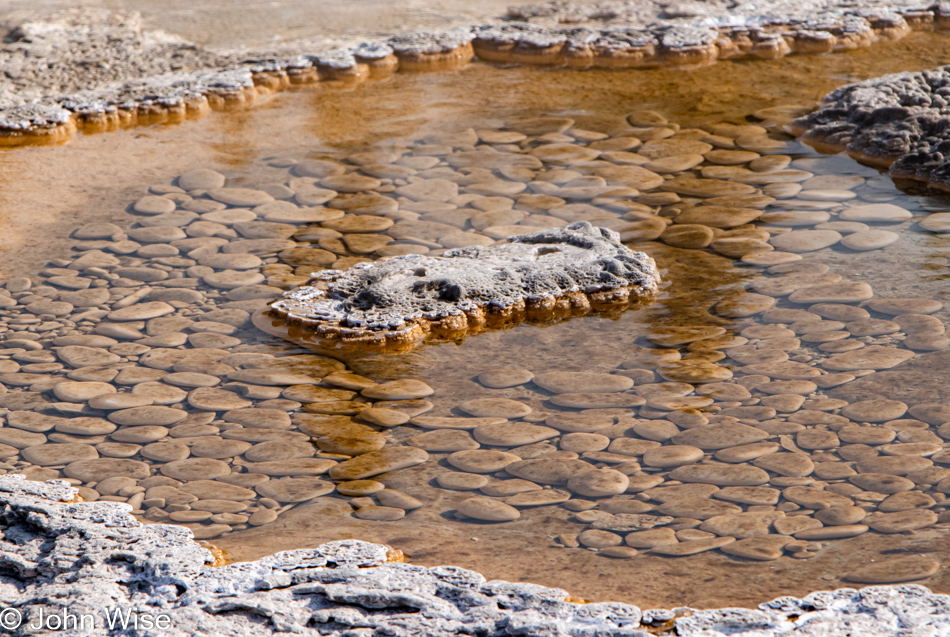
It seems that nature has created its own Japanese Zen Garden right here in a hot spring otherwise, how do you explain the nearly perfect layout of river stones around the travertine temple?
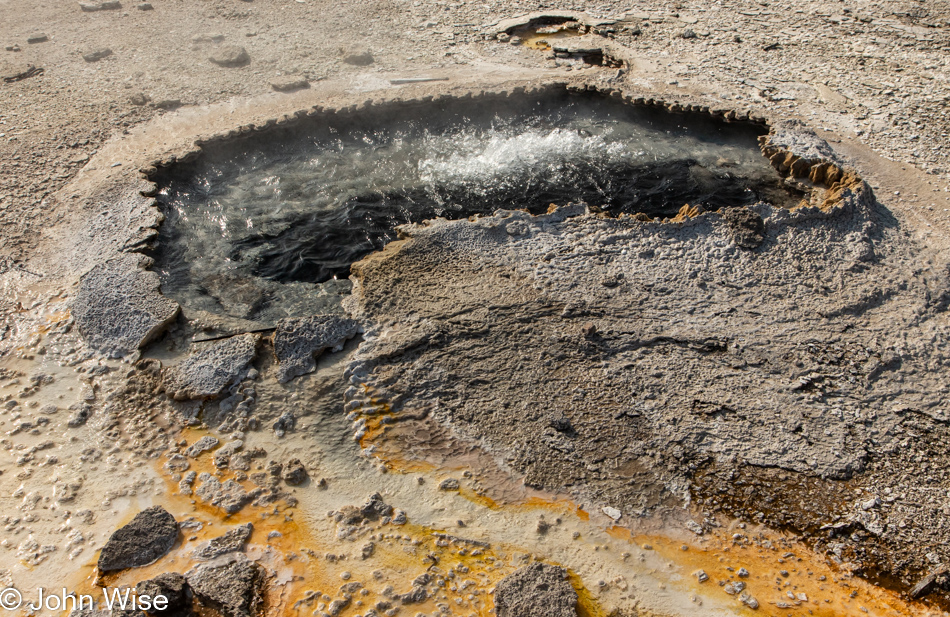
This is the appropriately named Ear Spring that I believe I’ve photographed on every other previous visit to Yellowstone. With my 9th occasion to be here, I wonder how the other images might differ from this. After 20 years of not using best practices to catalog my photos, I have to admit I have no easy method for finding those other images from the many 10’s of thousands I store on my computer. Labeling is important, but who knew I’d still be snapping photos of so many places I’ve visited again and again over the years?
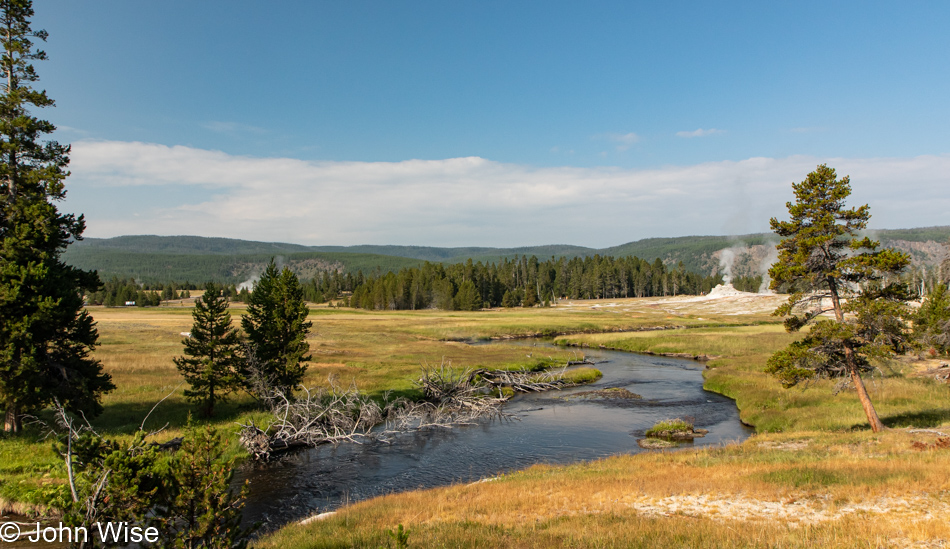
From morning to midday we are still walking across the basin.
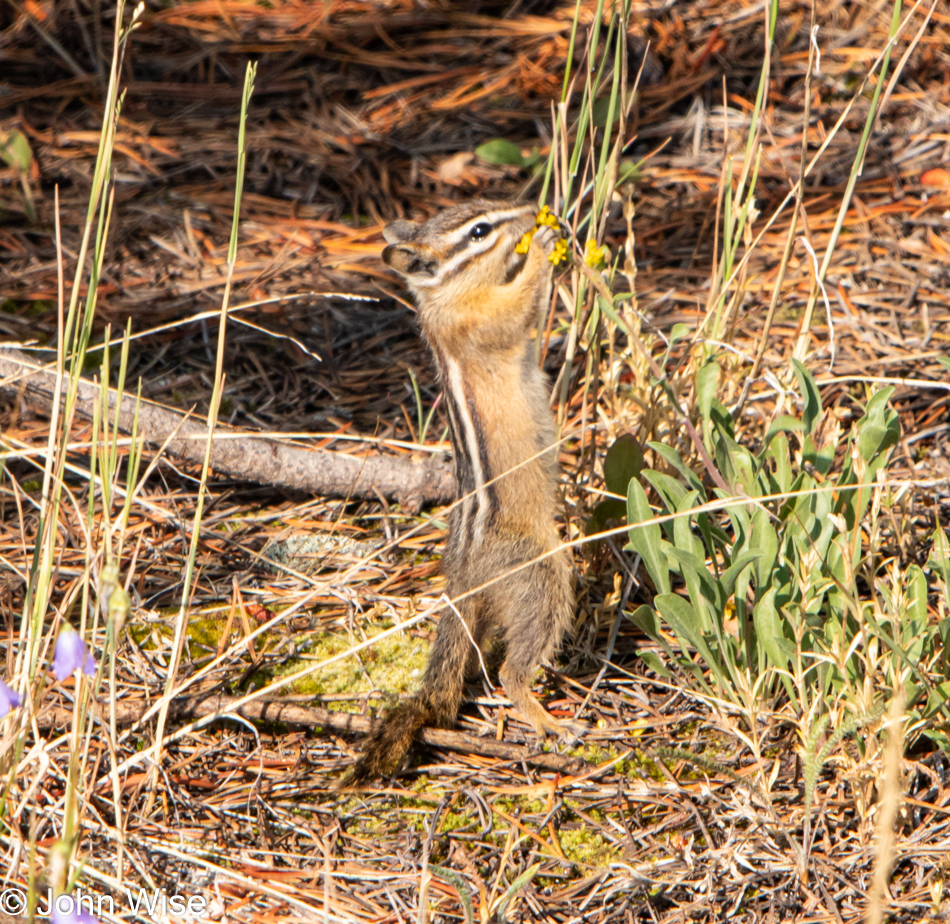
Taking time to watch a skittish chipmunk emerge from hiding before darting out to nibble on some sweet flowers. Seems to us that this cute little guy is as delightful as seeing bison.

I can’t help but think that this new travertine growth wasn’t damaged by an animal stepping onto the geyser surface but by a human mashing this fragile stuff. While we know it can repair itself, if you imagine just 1% of the 4 million visitors, or 40,000 of them, were walking on this, there would be very little for the 3.96 million of the rest of us to see.
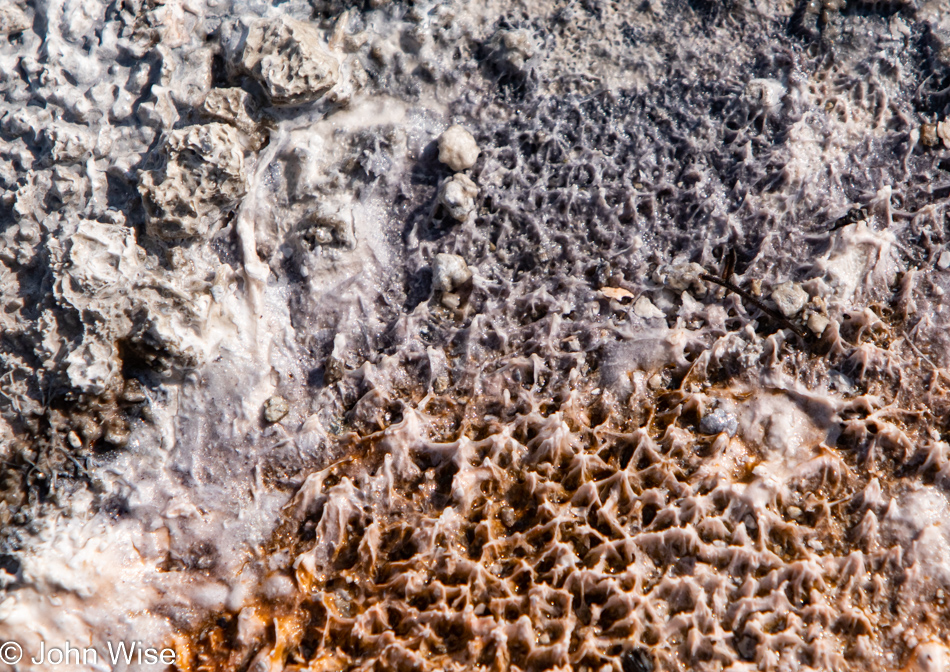
Purple, gray, orange, brown, and white are organized into peculiar forms. In the top left of the image, I see a face to the right of a small skull, and if I were stoned, I would probably see ten other visual features I’d swear were there.
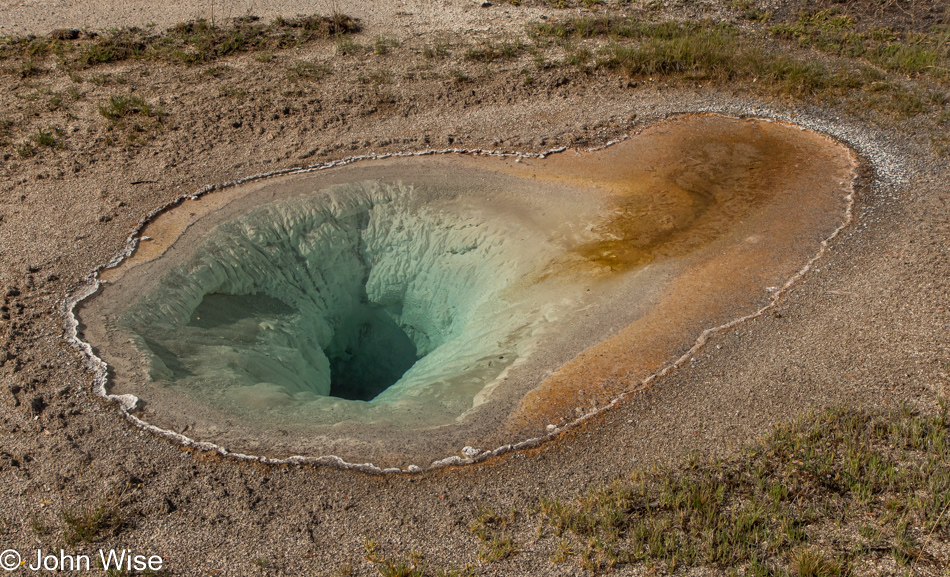
Formerly known as Oyster Pool, this serene-looking hot spring had its name changed back around 1929 after a Belgian man somehow found himself in the 182 degrees Fahrenheit (82c) waters that claimed his life. This hot spring is now known as the Belgian Pool.
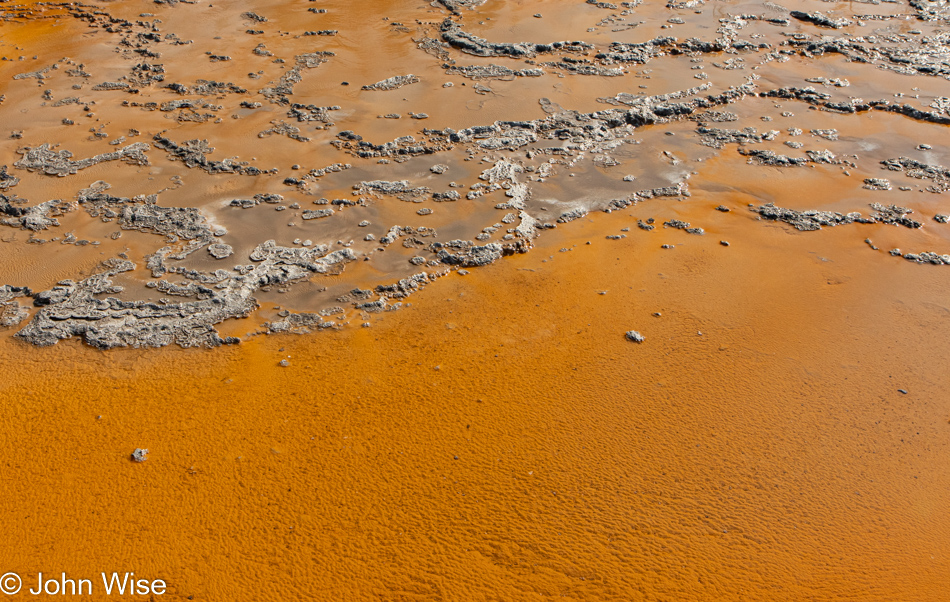
We’ll pay a million dollars for a work of modern art using this motif while a parent walking by will not flinch as their teen son spits into a hot spring, such class!
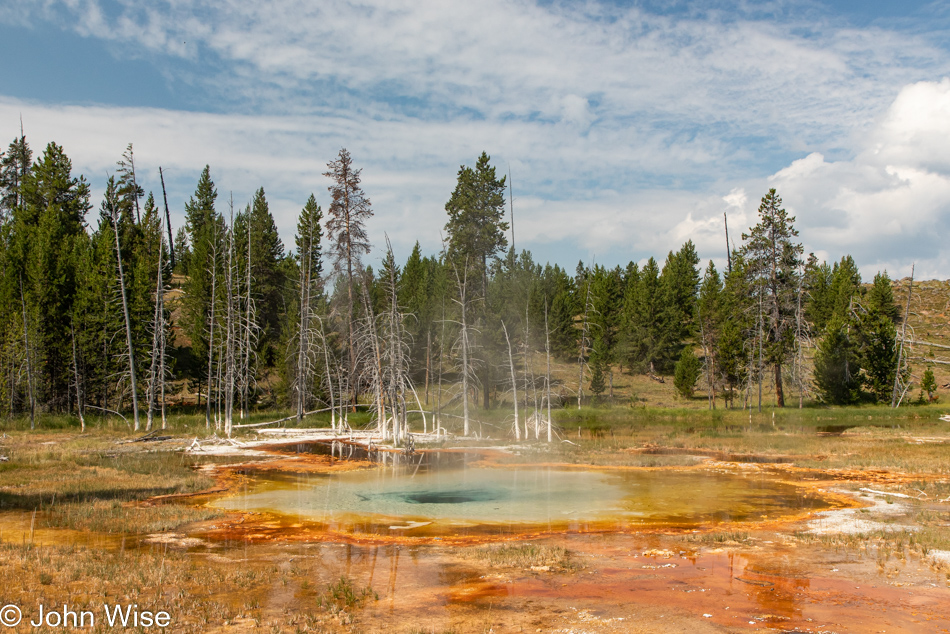
If you knew where this was you’d know what comes next.
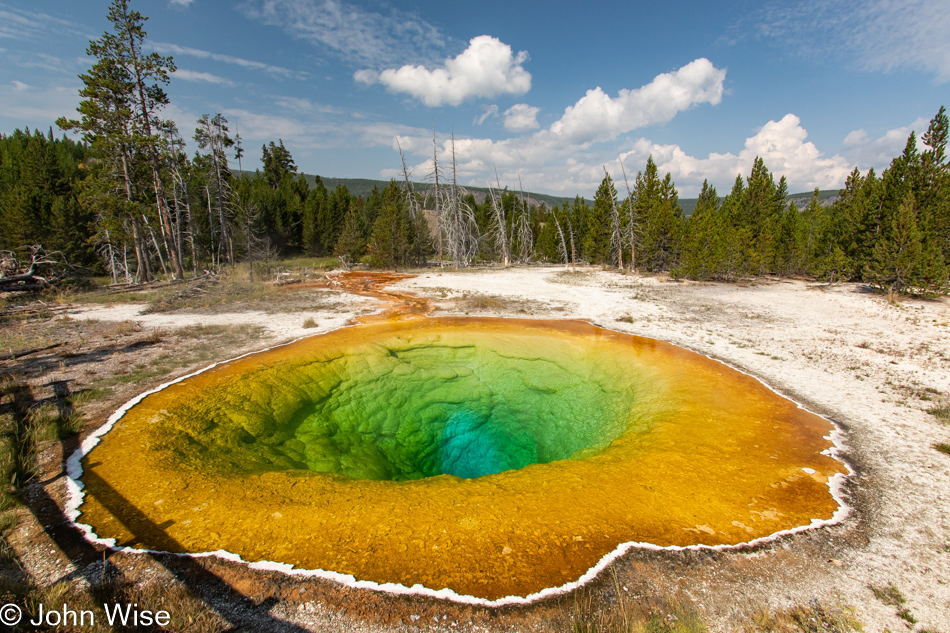
Morning Glory Pool it is.
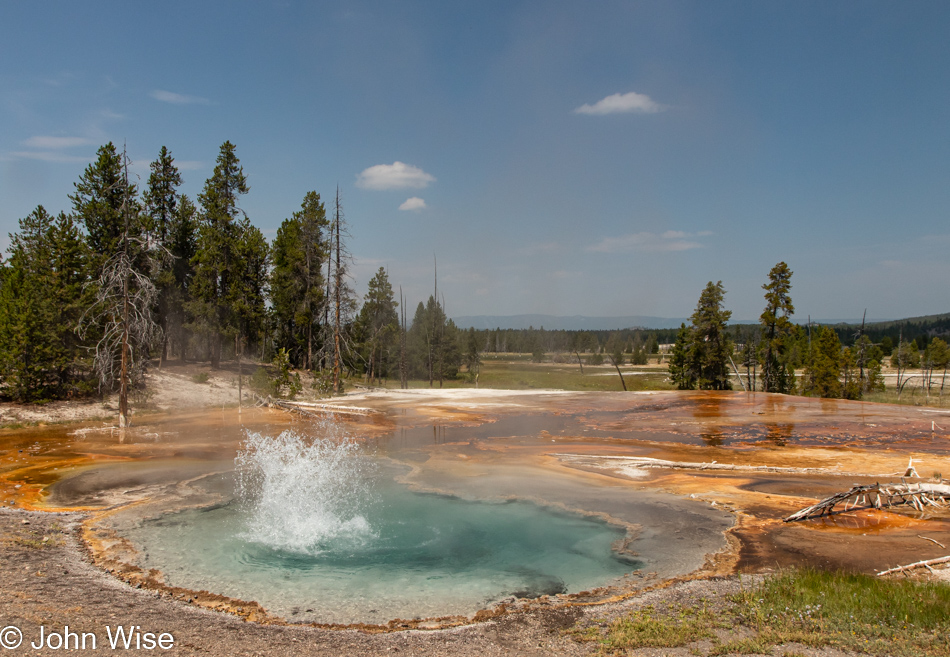
Firehole Lake Drive was our next stop on this adventure. The park is packed, jam-packed. The parking lots are overflowing, but maybe because you can’t see much of this drive from the main road, there weren’t many people turning to investigate the area, so we chose to go here instead of fighting with the lines to other basins. This is Firehole Spring.
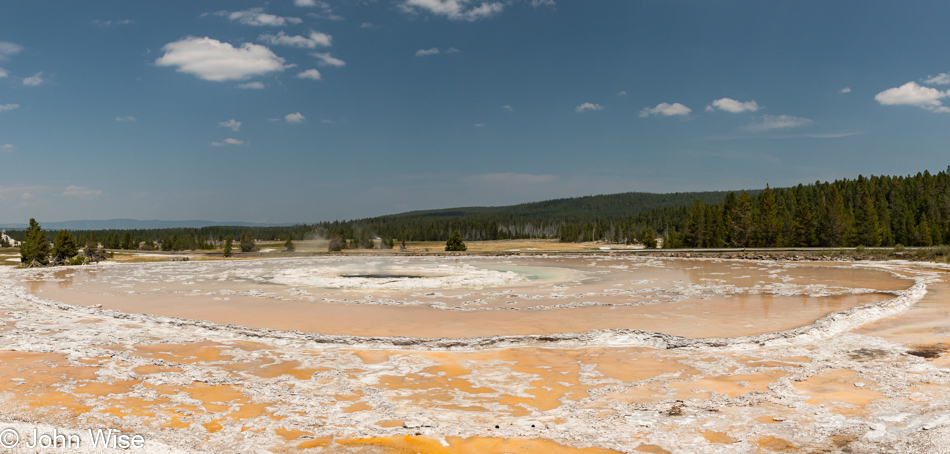
The Great Fountain Geyser was not living up to its name while we were here, and we weren’t prepared to wait for 6 to 10 hours for it to possibly erupt, so here’s a shot of it in its elegant dormant state rung by orange pools.
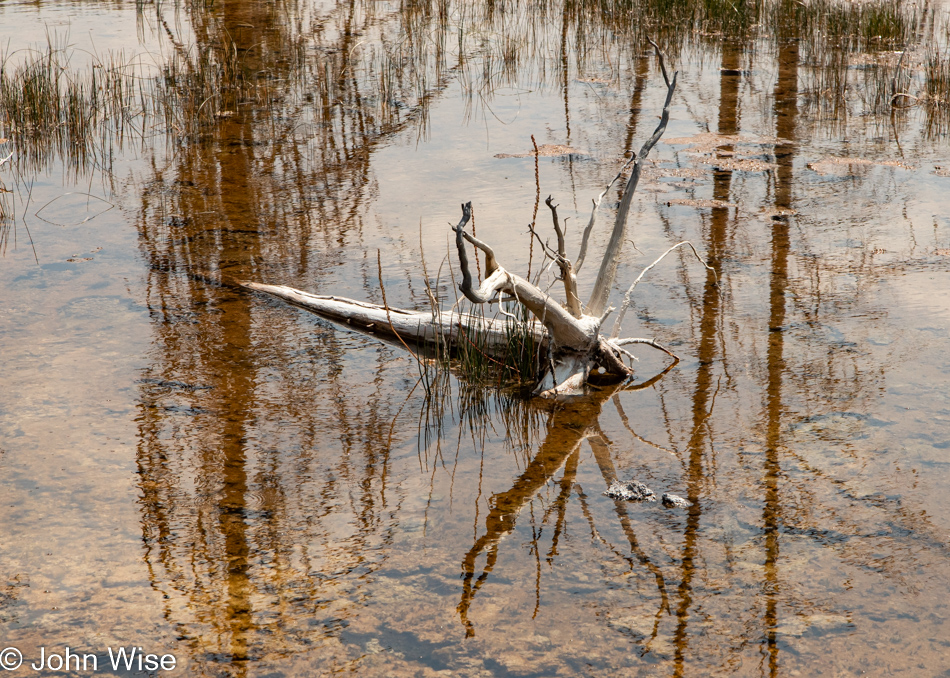
Why is this fallen tree in this pool? Maybe it was here first, and water started bubbling out of a nearby hole, washing away the thin soil the tree was holding onto, and now, instead of the tree standing tall over the landscape, it is slowly disintegrating as it’s absorbed while death removes its existence.
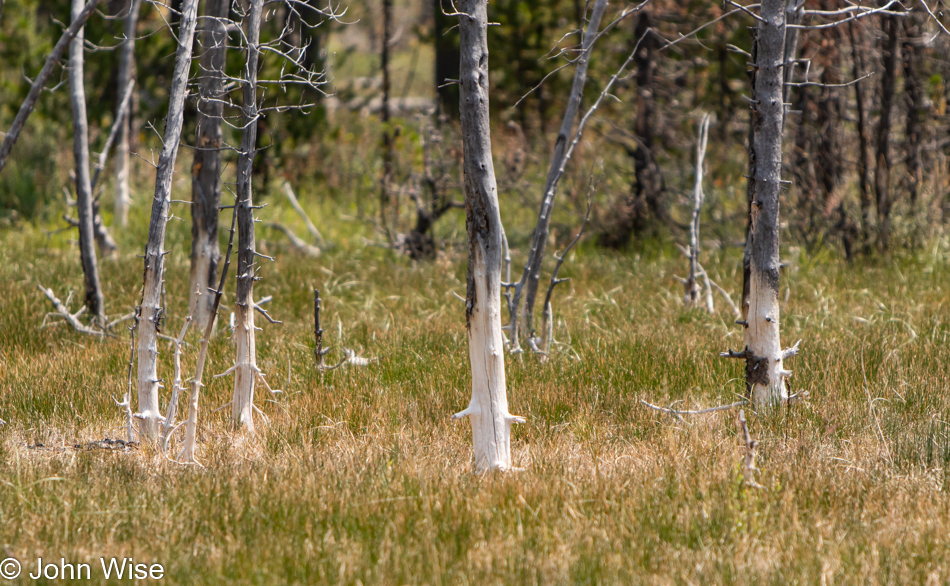
White-footed trees are a feature here in the park as the highly mineralized waters are absorbed by the plant life. I would have liked to share the image of these trees on an early cold morning when steam is rising from the grasses, bringing yet more mystery to the landscape of Yellowstone.
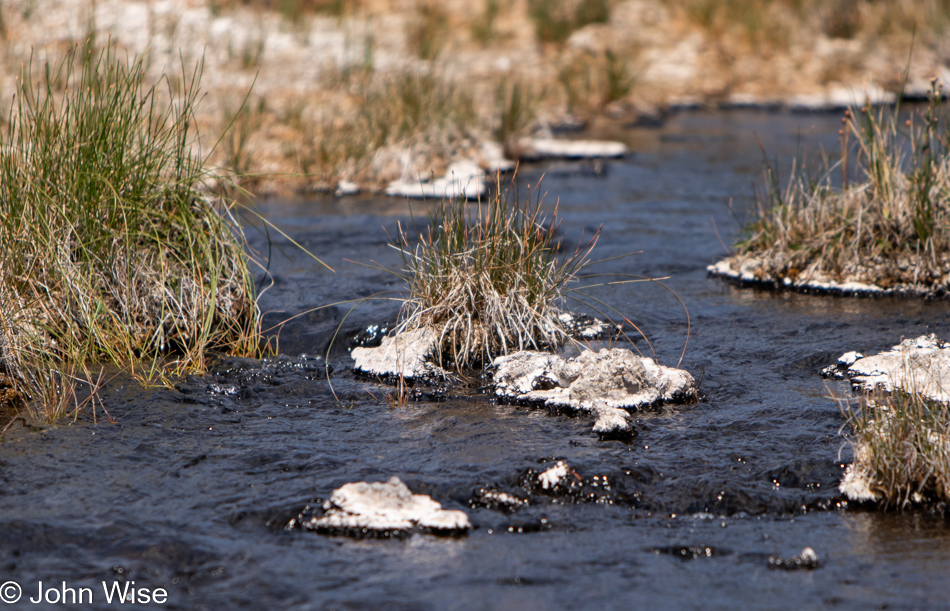
The waters are flowing out of Black Warrior Lake, which is fed by Firehole Lake, this drive’s namesake. The combined waters of the two lakes feed into Hot Lake, which is then carried via Tangled Creek over to the Firehole River, and if I’m not figuring this wrong, they finally flow into the Missouri River.
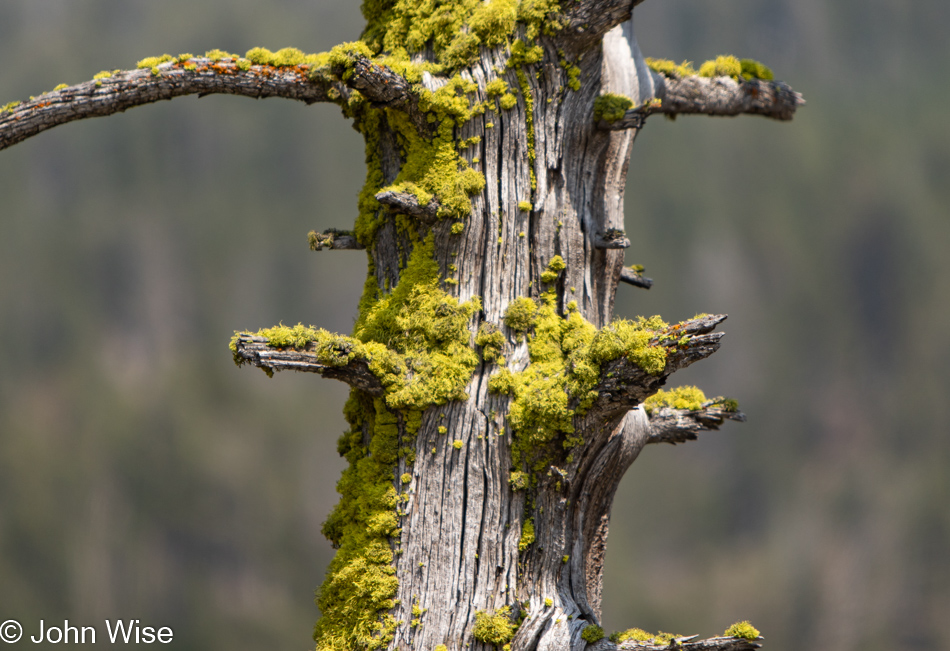
Wait a second while I contemplate the merits of being moss, growing on an old tree, never paying rent or taxes, bargaining for fresh water, and needing to visit a grocery store for food. While my lifespan might only be 2 to 10 years, I’d have the exquisite fortune of living naked in a place no one can otherwise afford to live in.
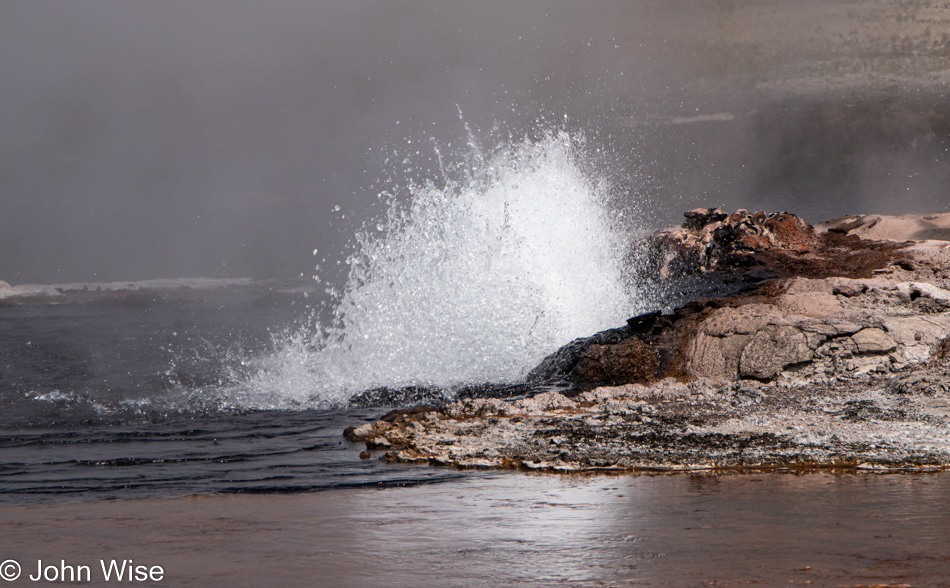
If I were moss I’d be looking at the mating grounds of my parents because water is where the male and female reproductive cells meet to create. How moss ends up on trees and rocks, though, is a mystery worth maintaining. I think I’ll go with the idea that they are in contact with aliens who teleport them to places that would be comfy for moss to grow and enjoy the view, reporting back to their alien overlords what they are seeing on this planet.
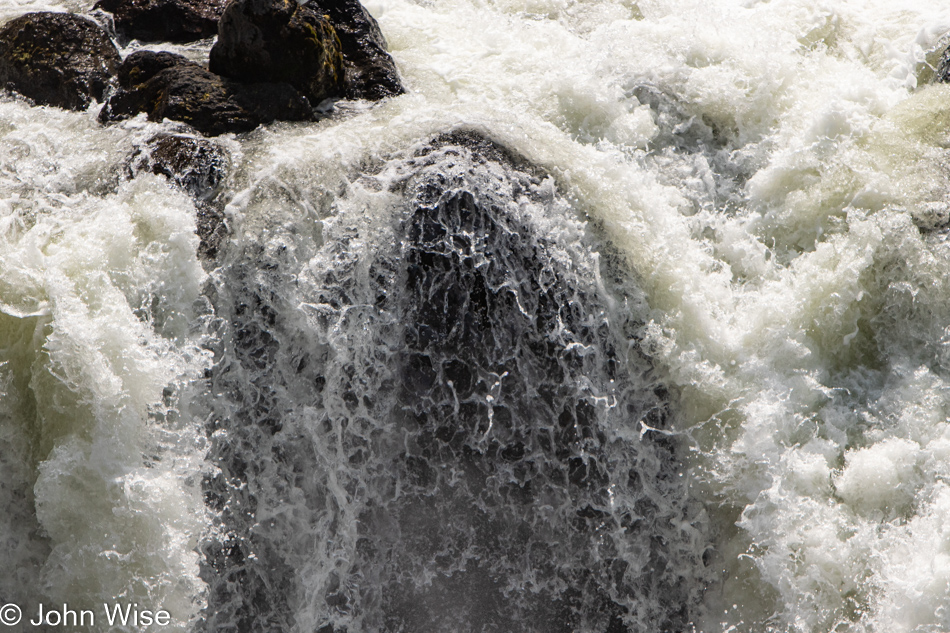
Up Firehole Canyon past the waterfalls and cascades.
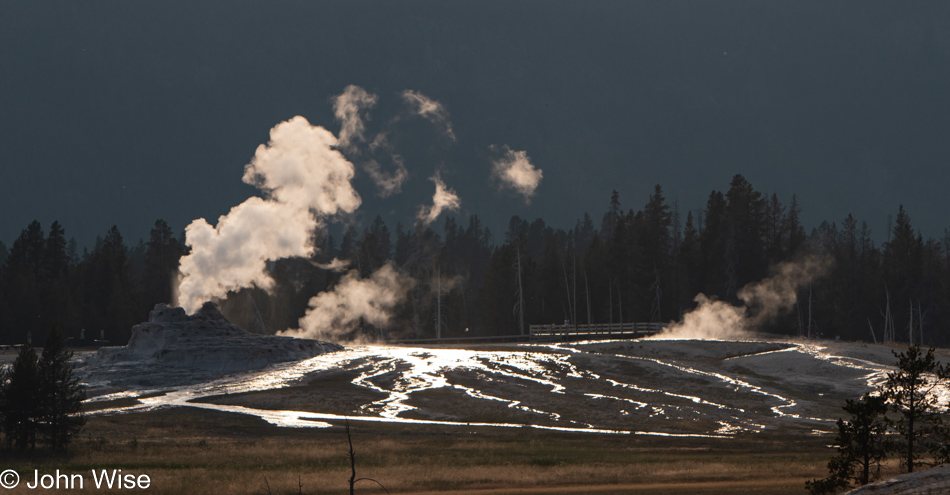
And then back to the Upper Geyser Basin for sunset…
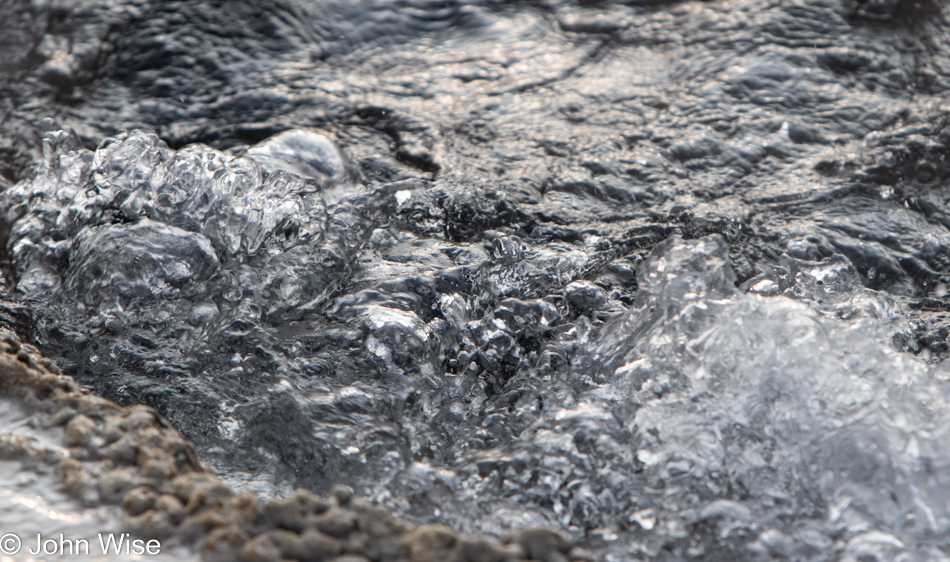
…bubbling water…

…some small eruptions…
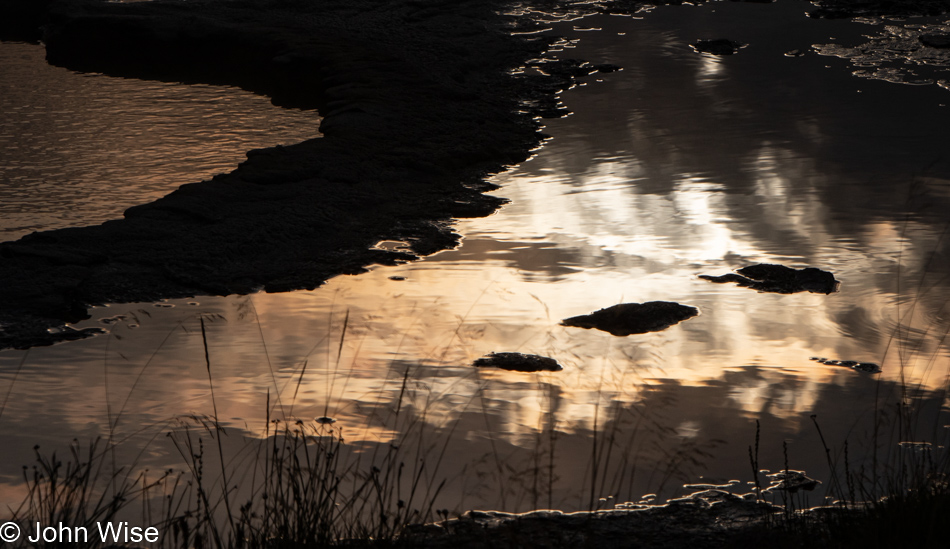
…reflections of the late day sun…
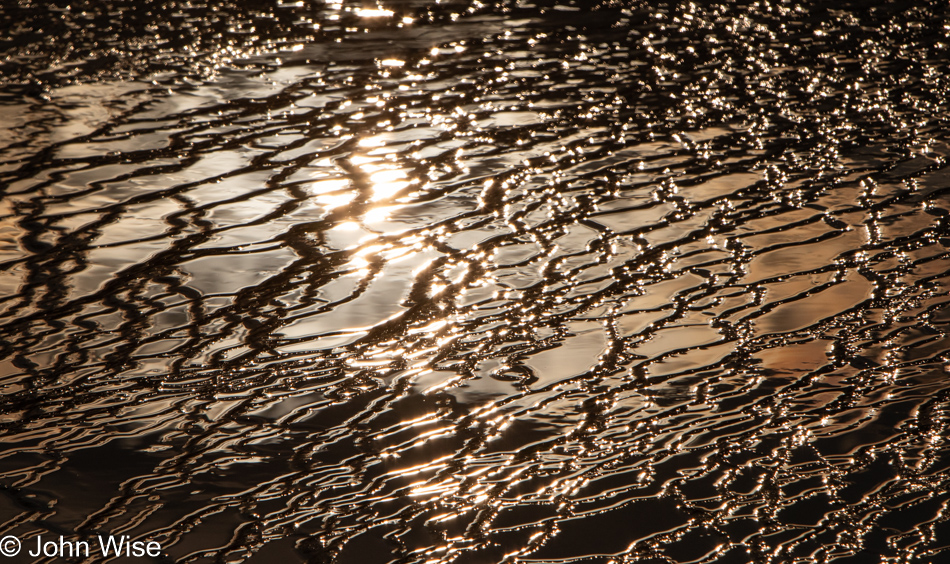
…topped off with glistening water spilling over bacteria mats.
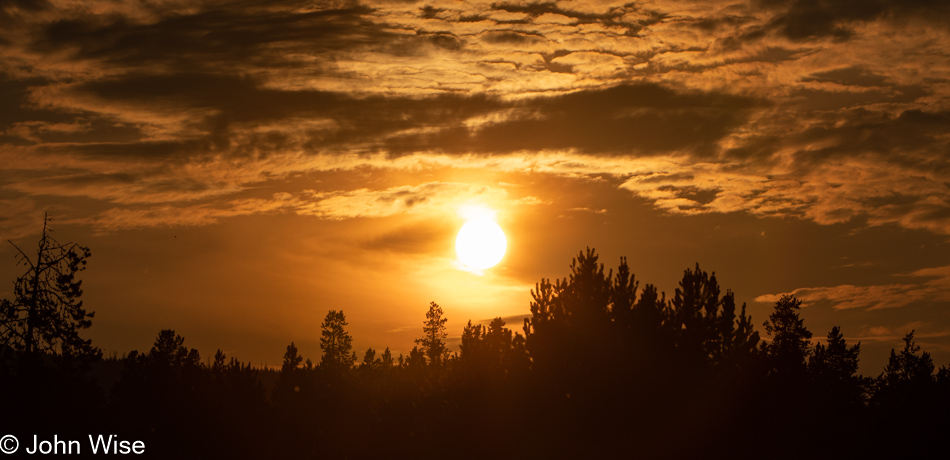
Of course, this doesn’t all end with the setting sun, as I have plenty of photographs to work on and a need to try capturing some notes that can be turned into a full blog entry. I’d like to point out since I mentioned notes: compared to Germany, where I was writing each blog as I went along, my daughter and I on this adventure are just too busy exploring or driving to find enough time to stay current with each day. On to the next day.
